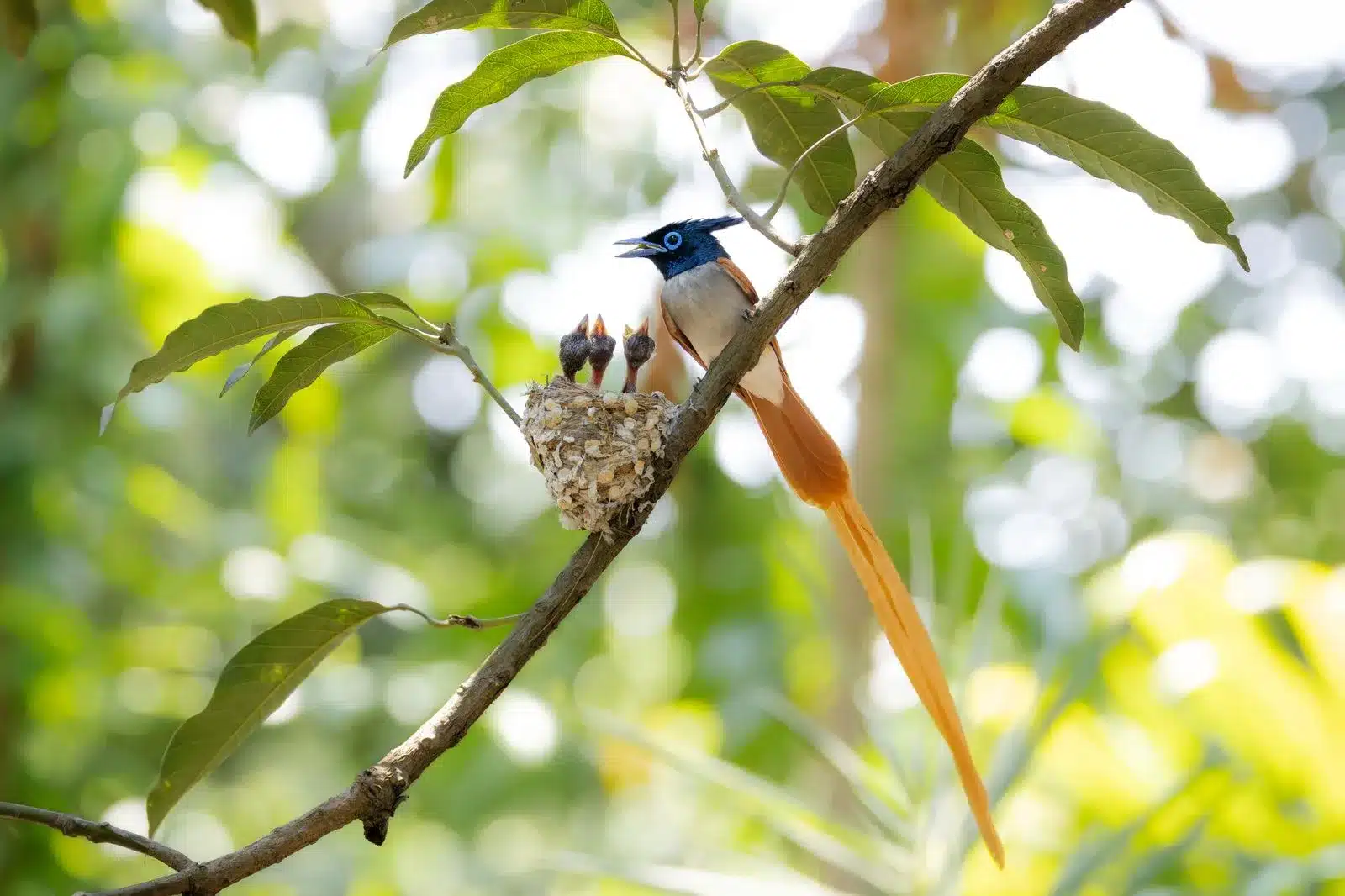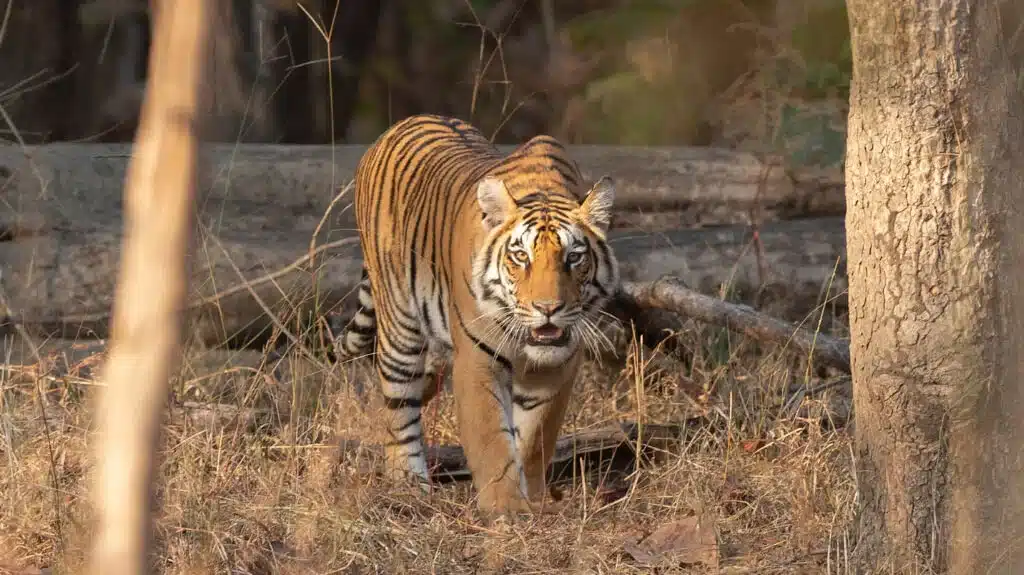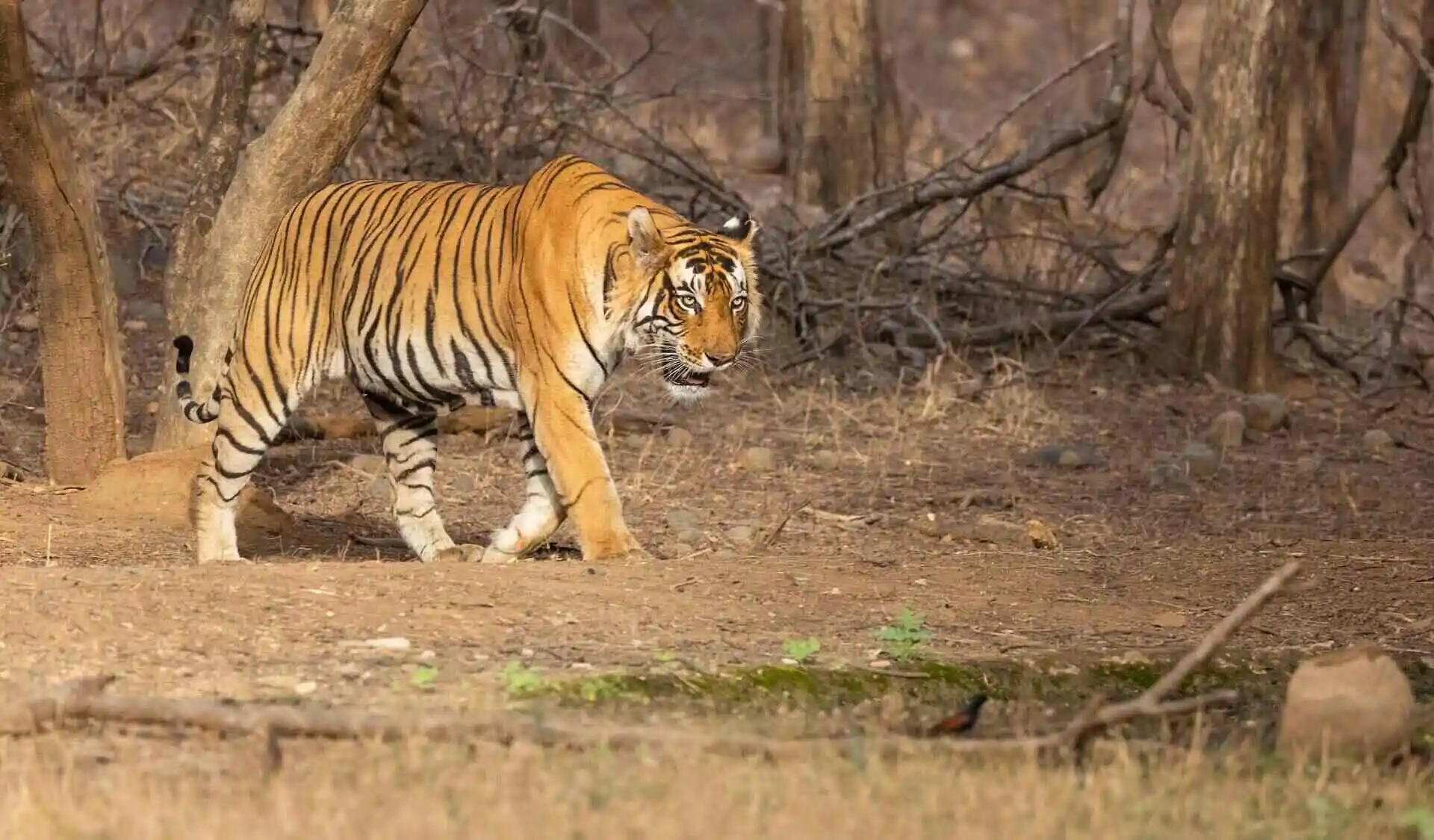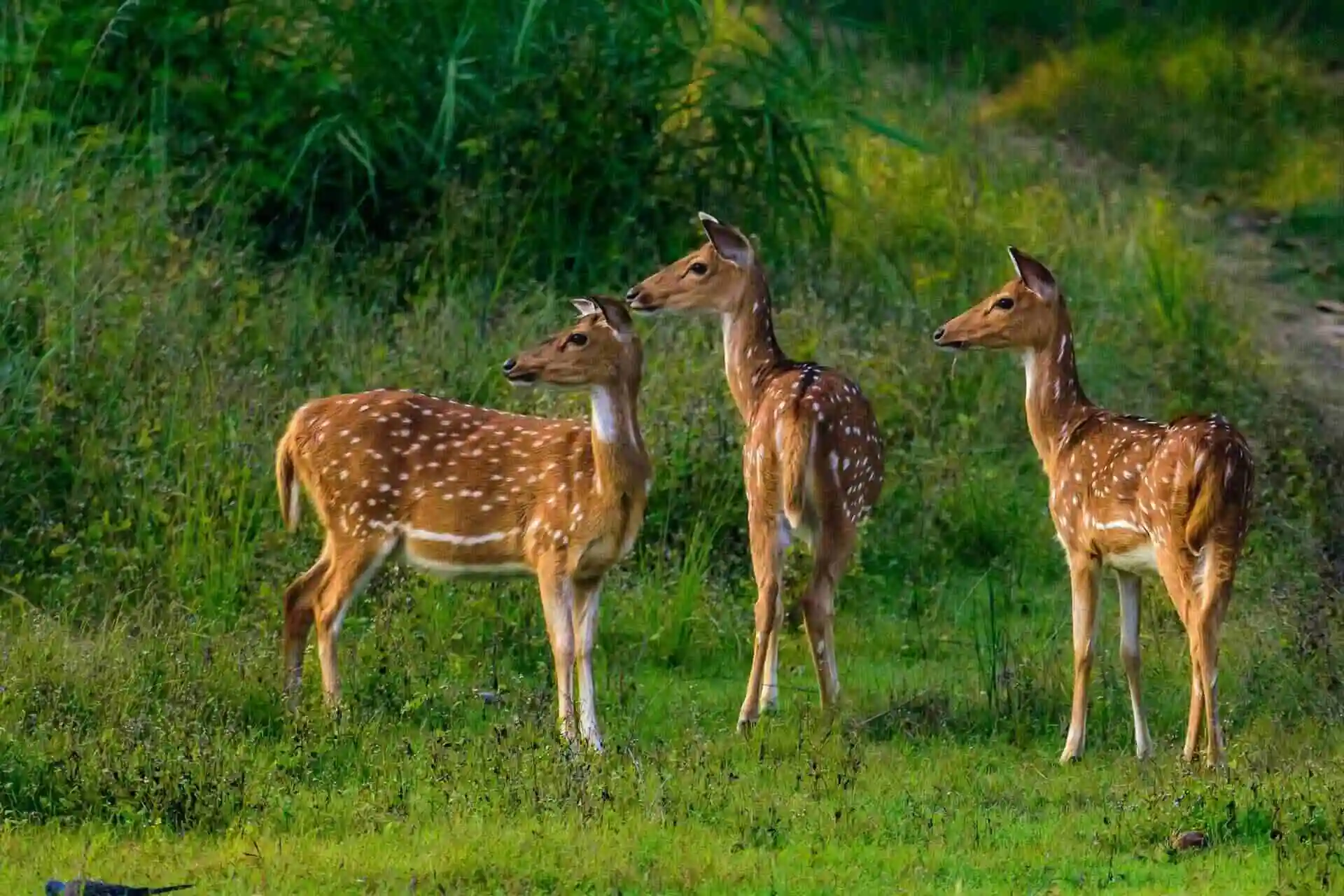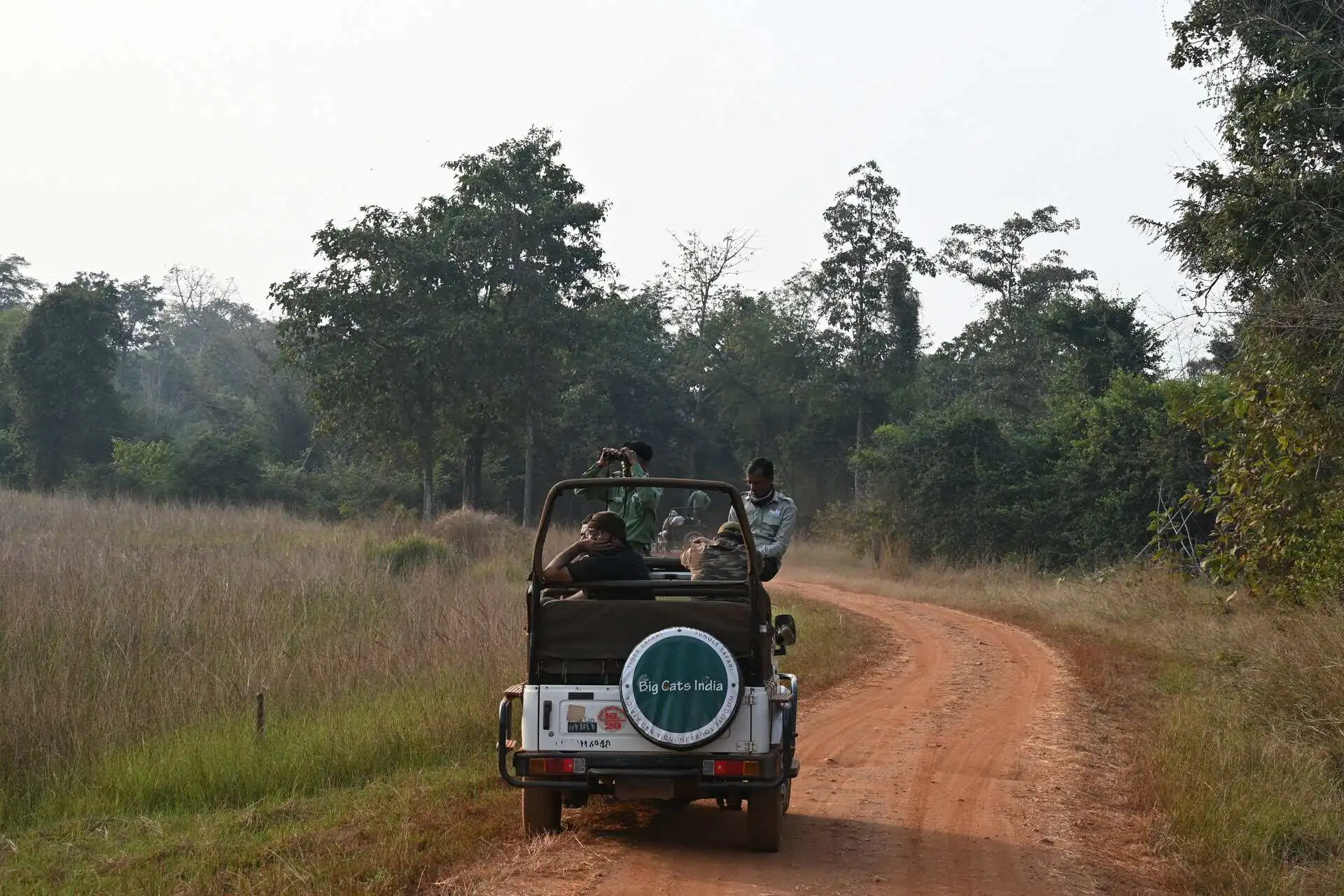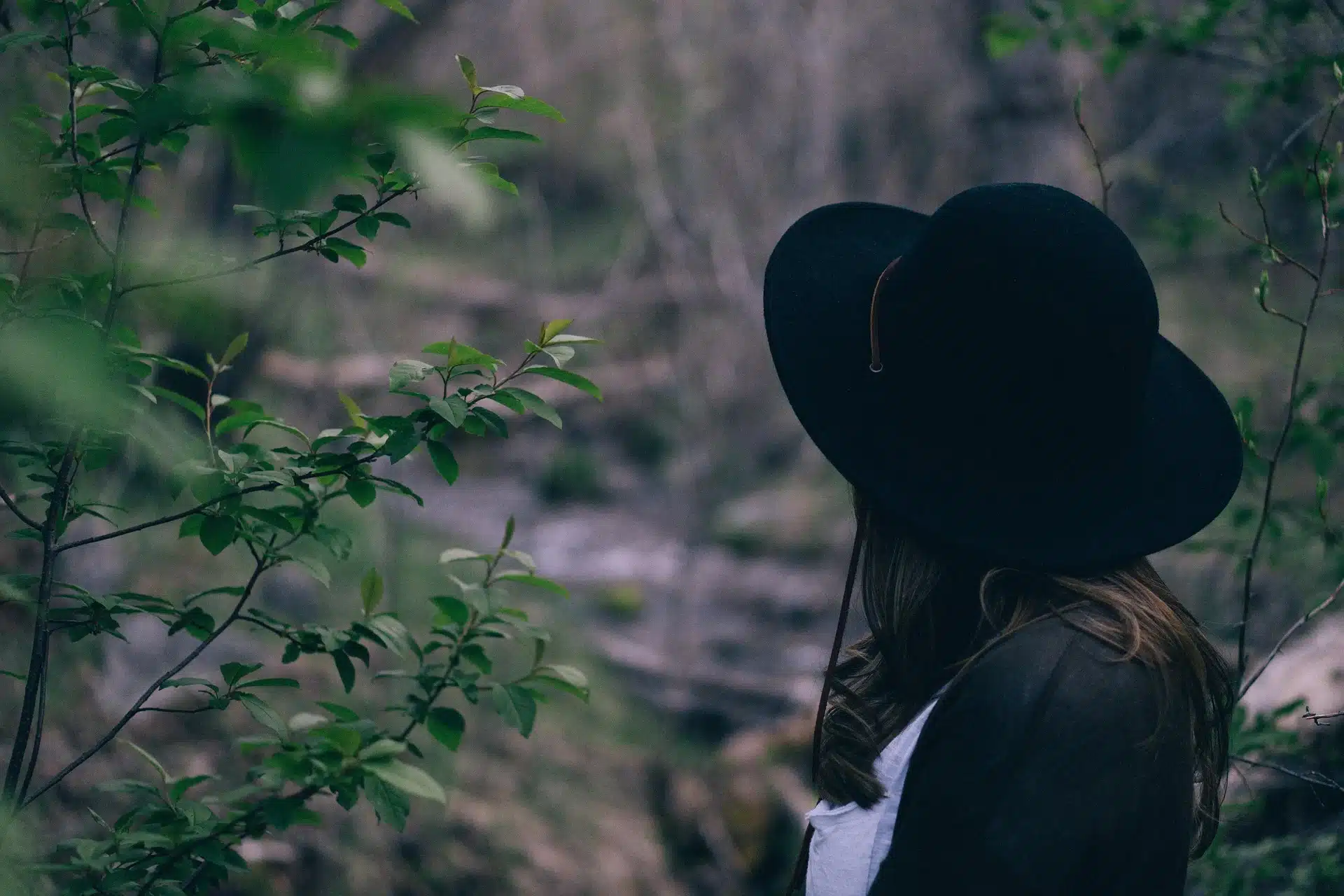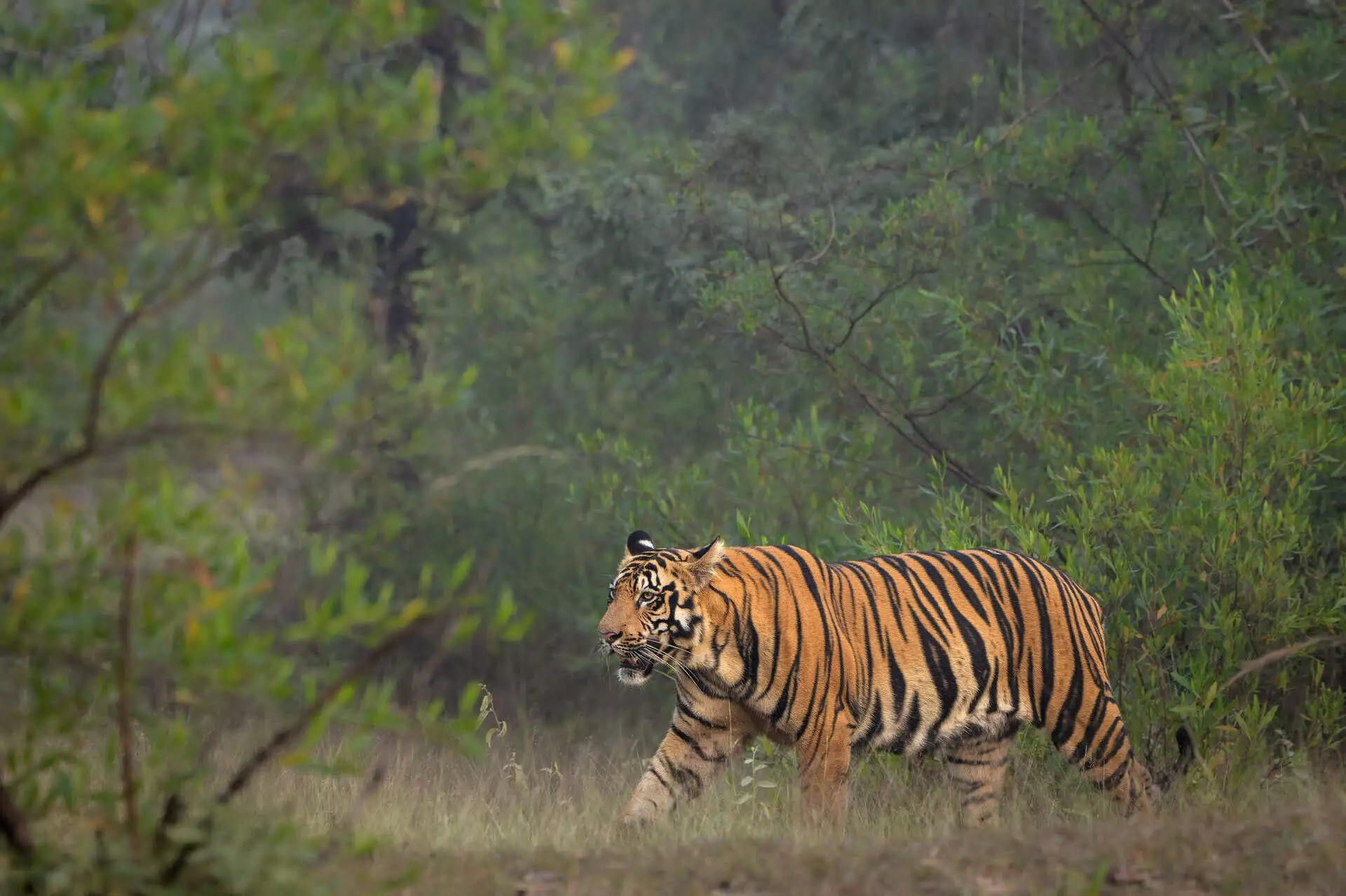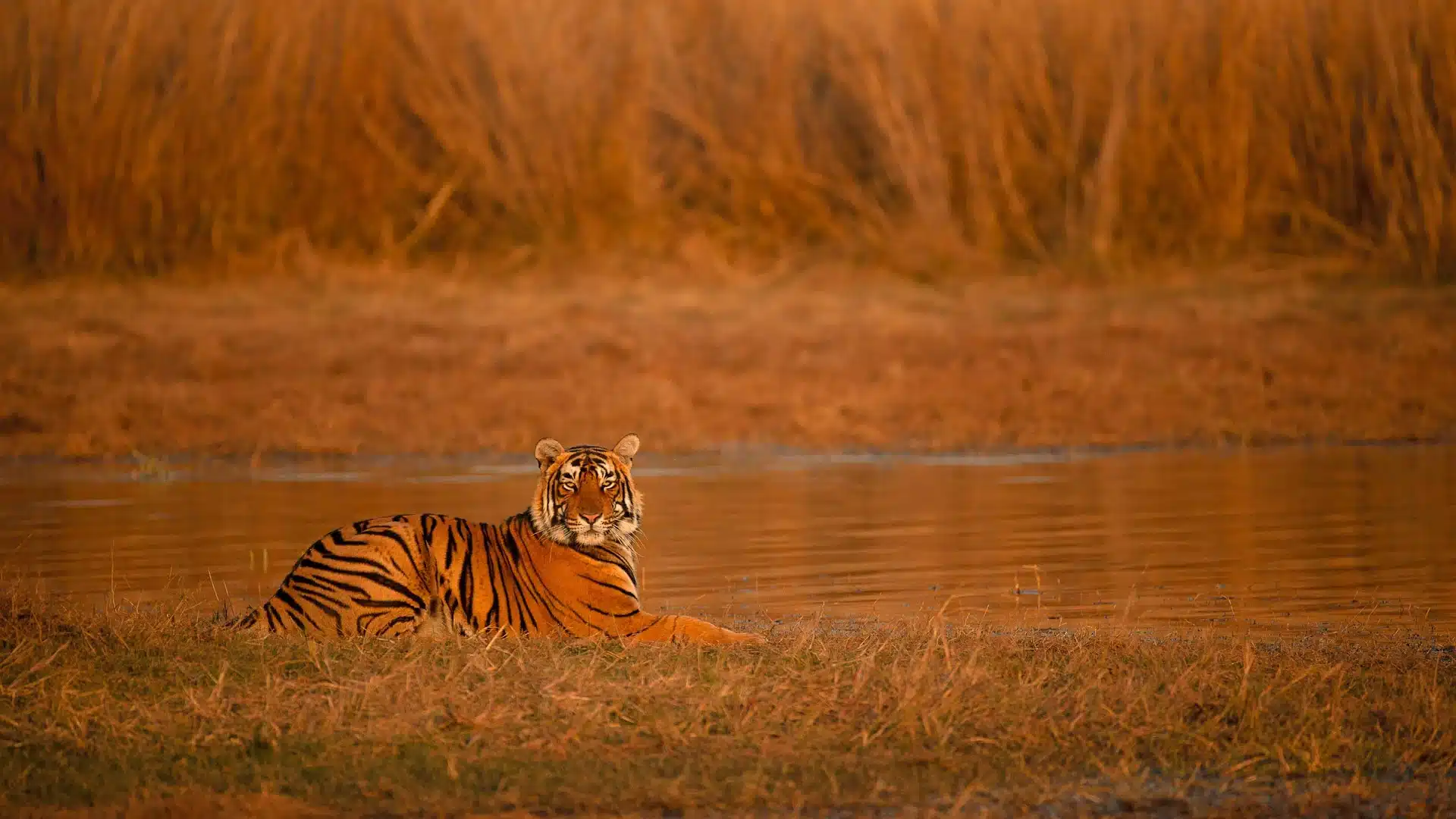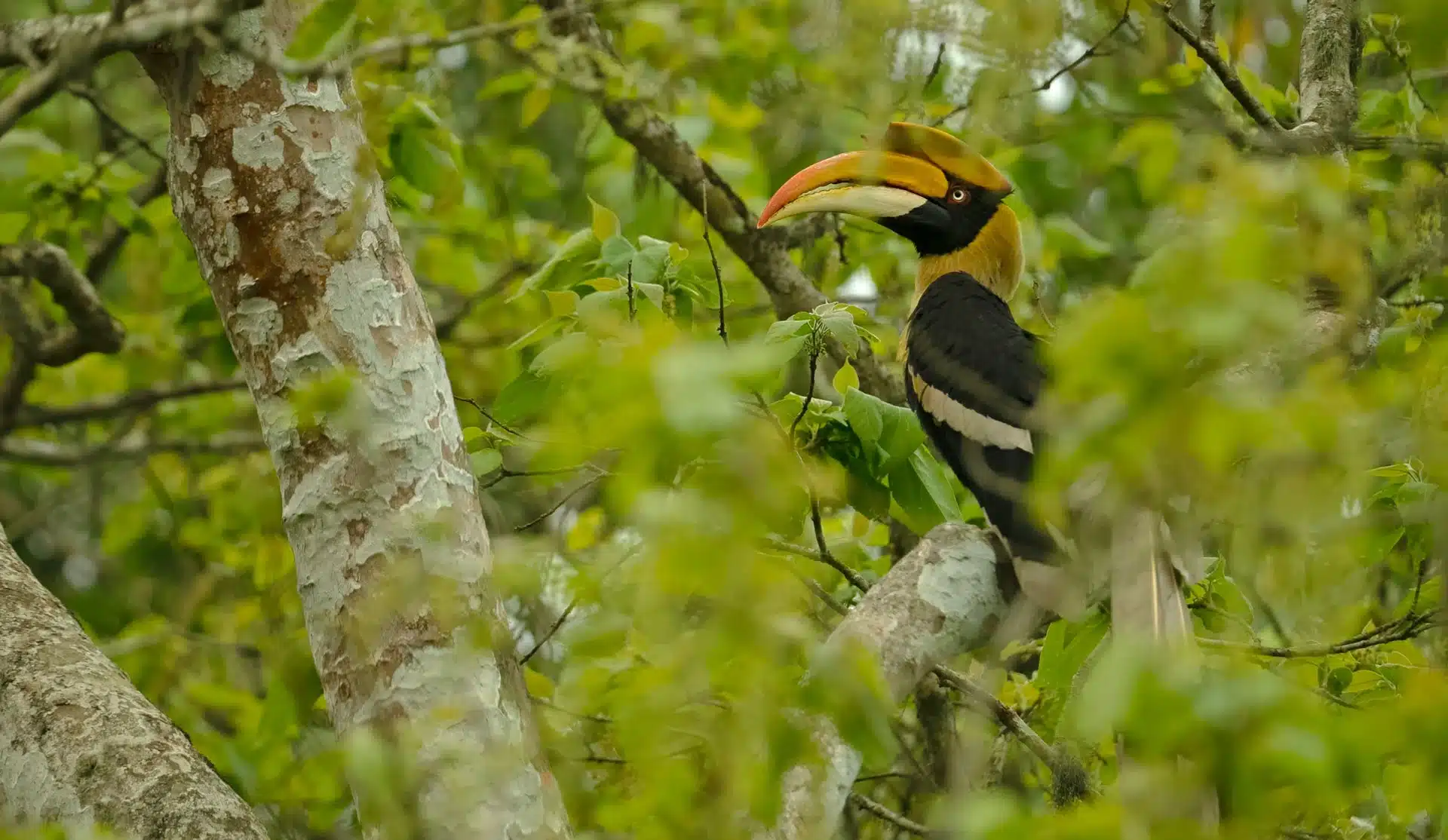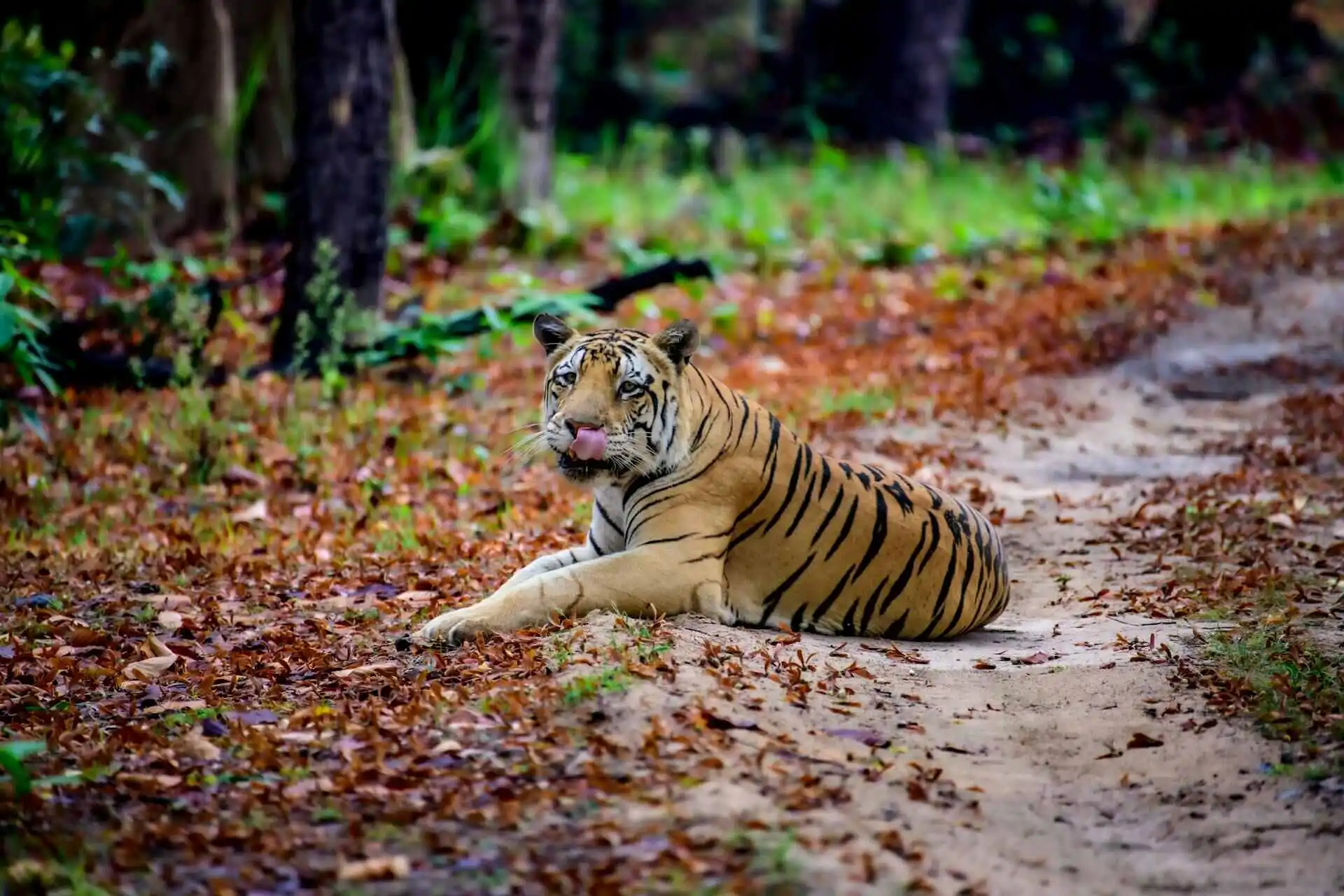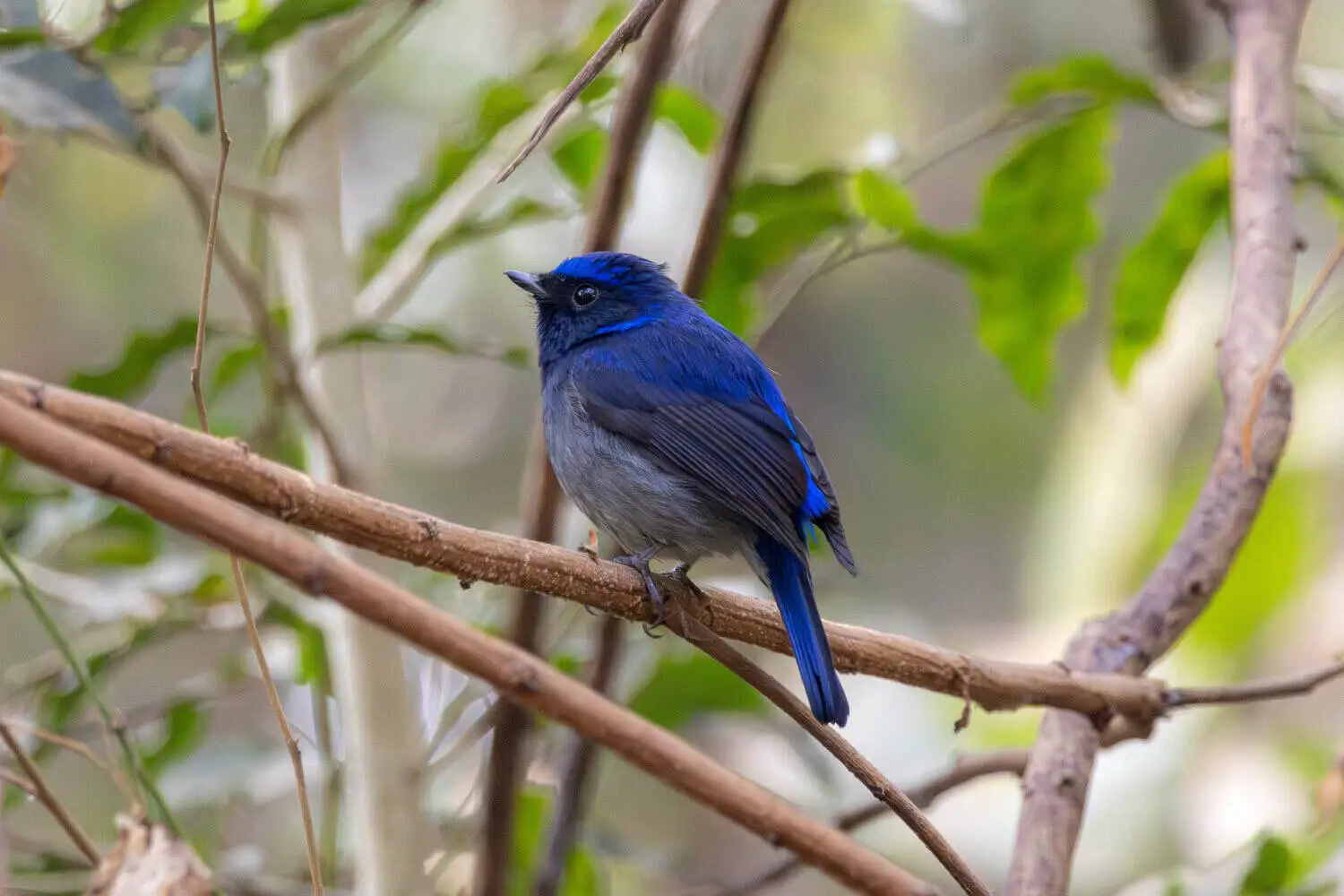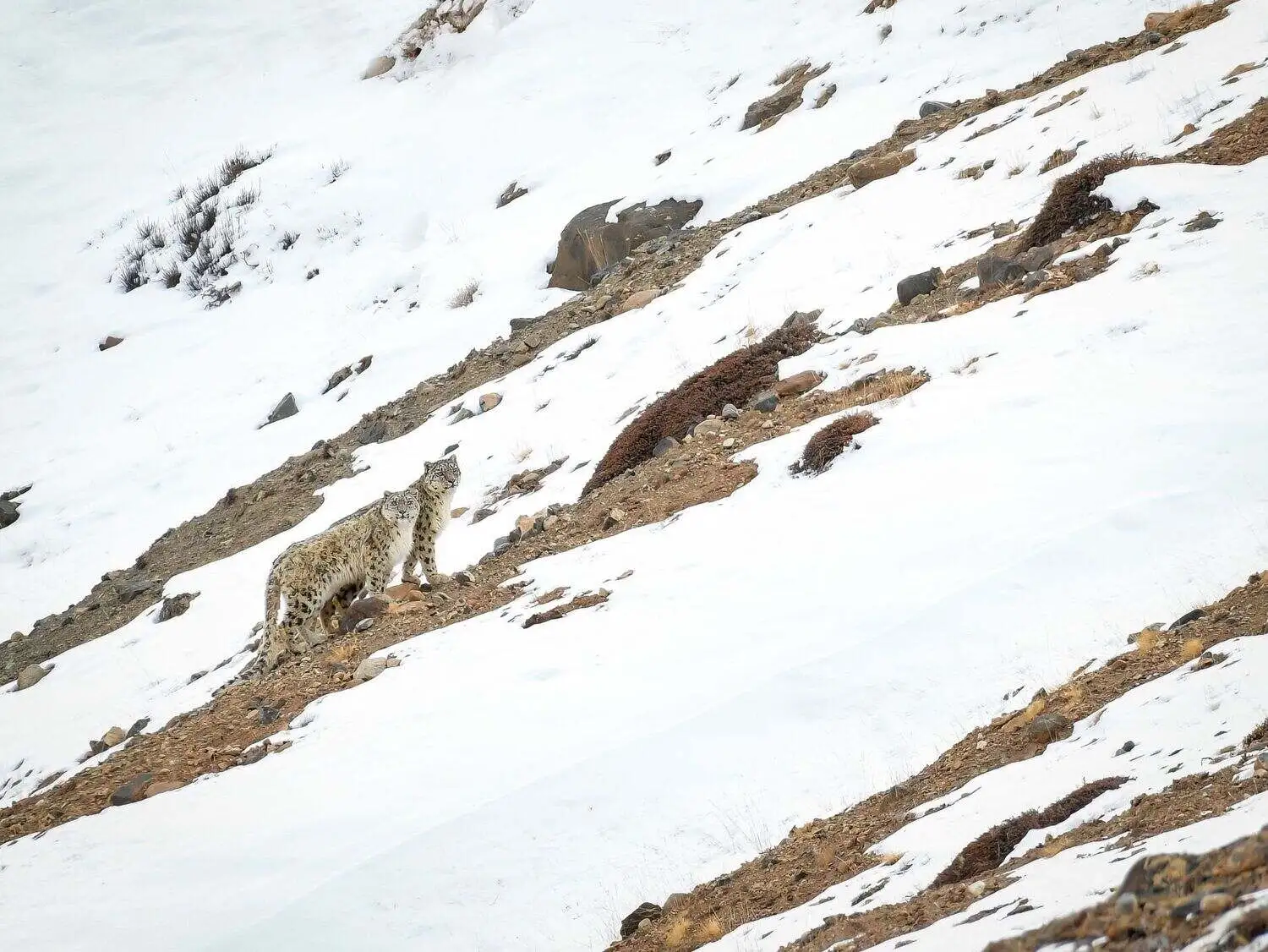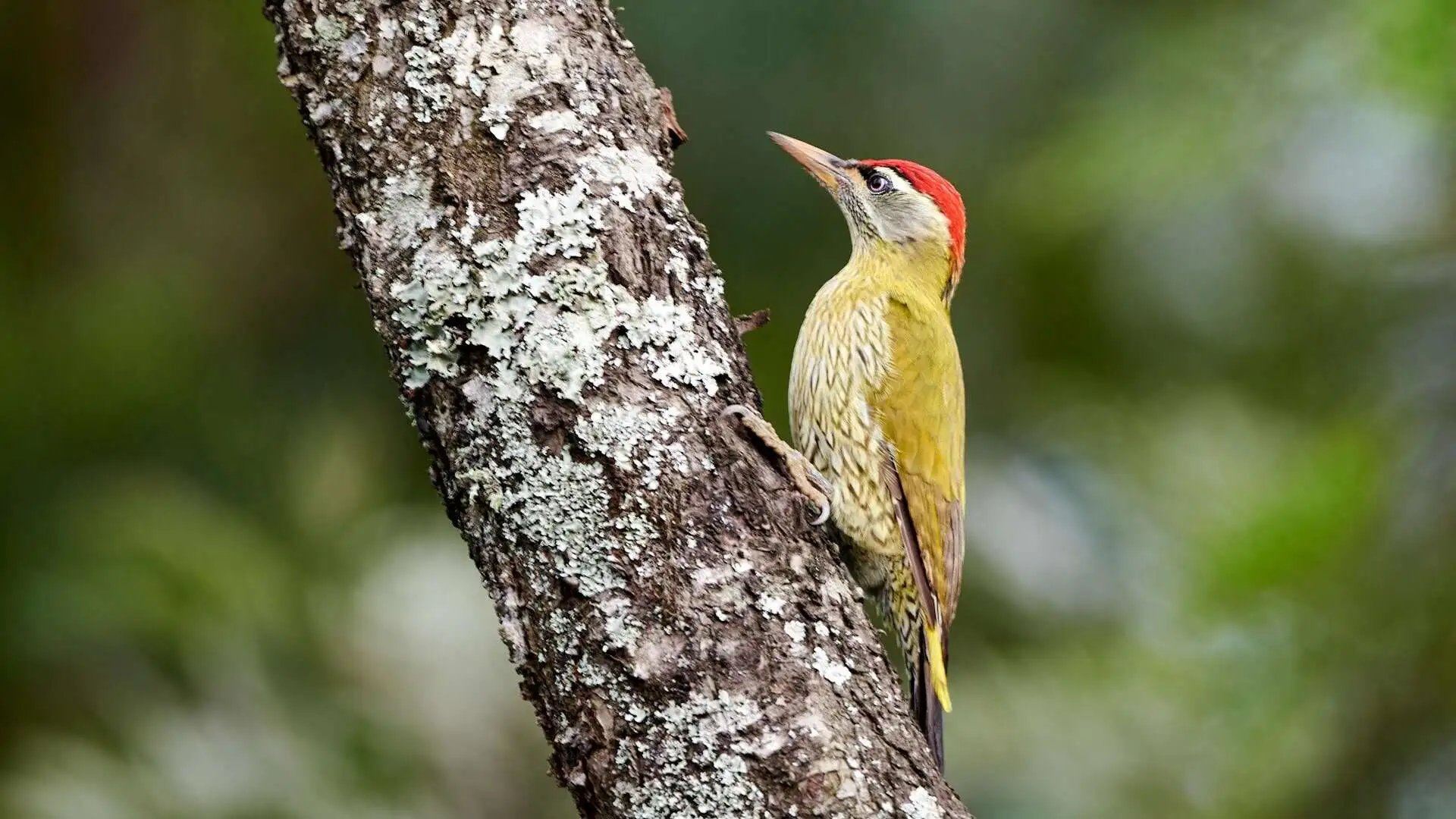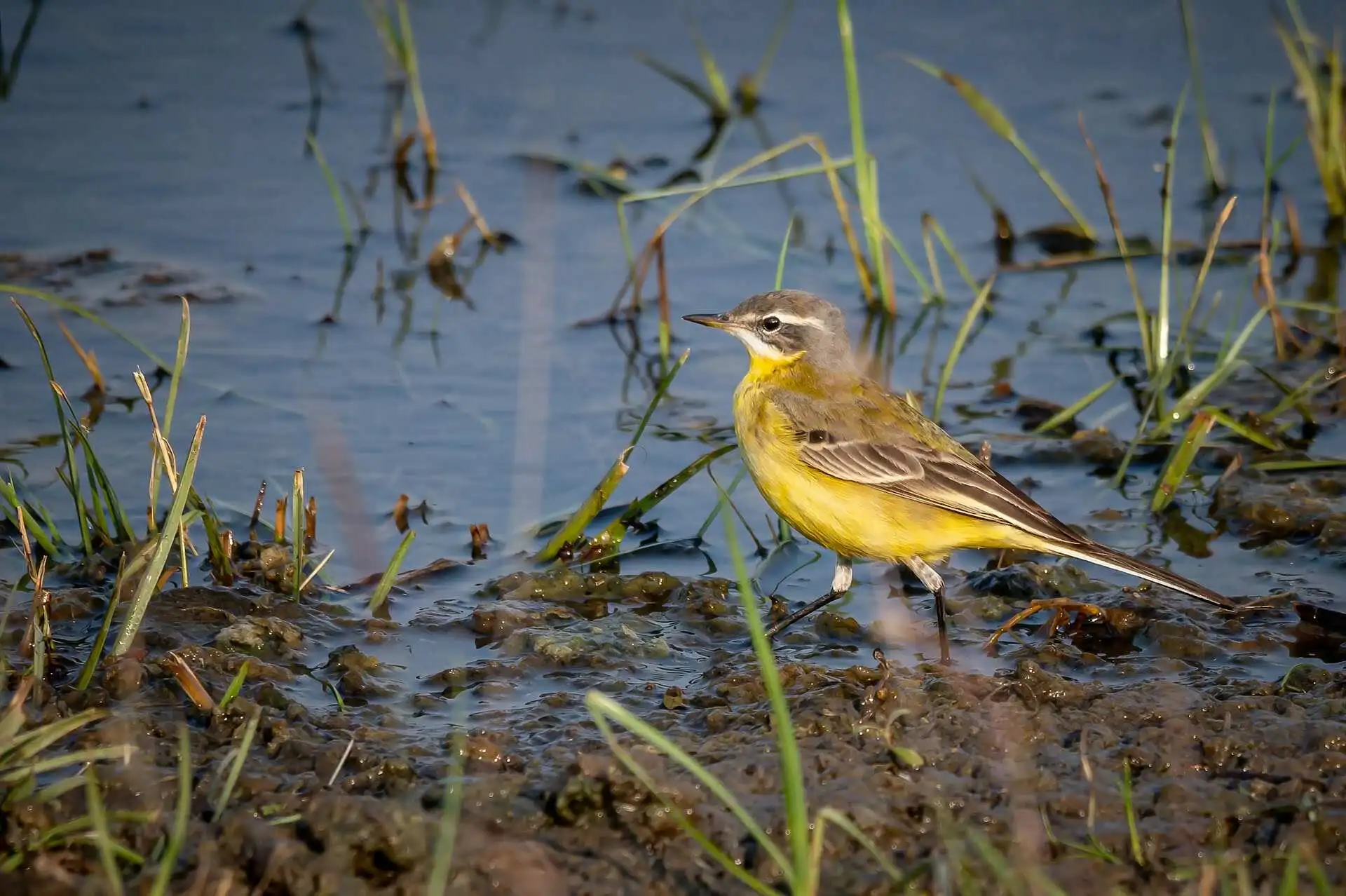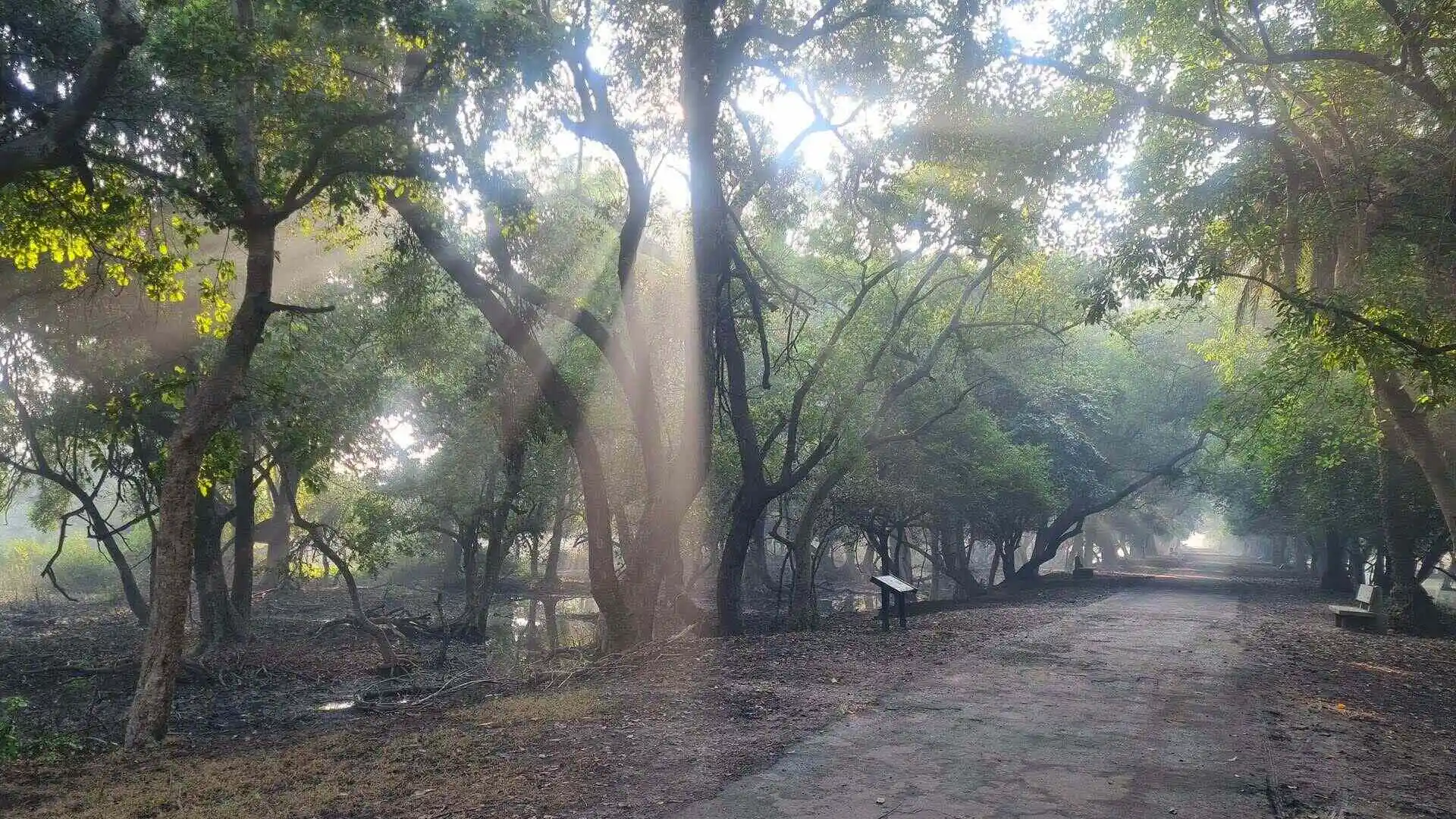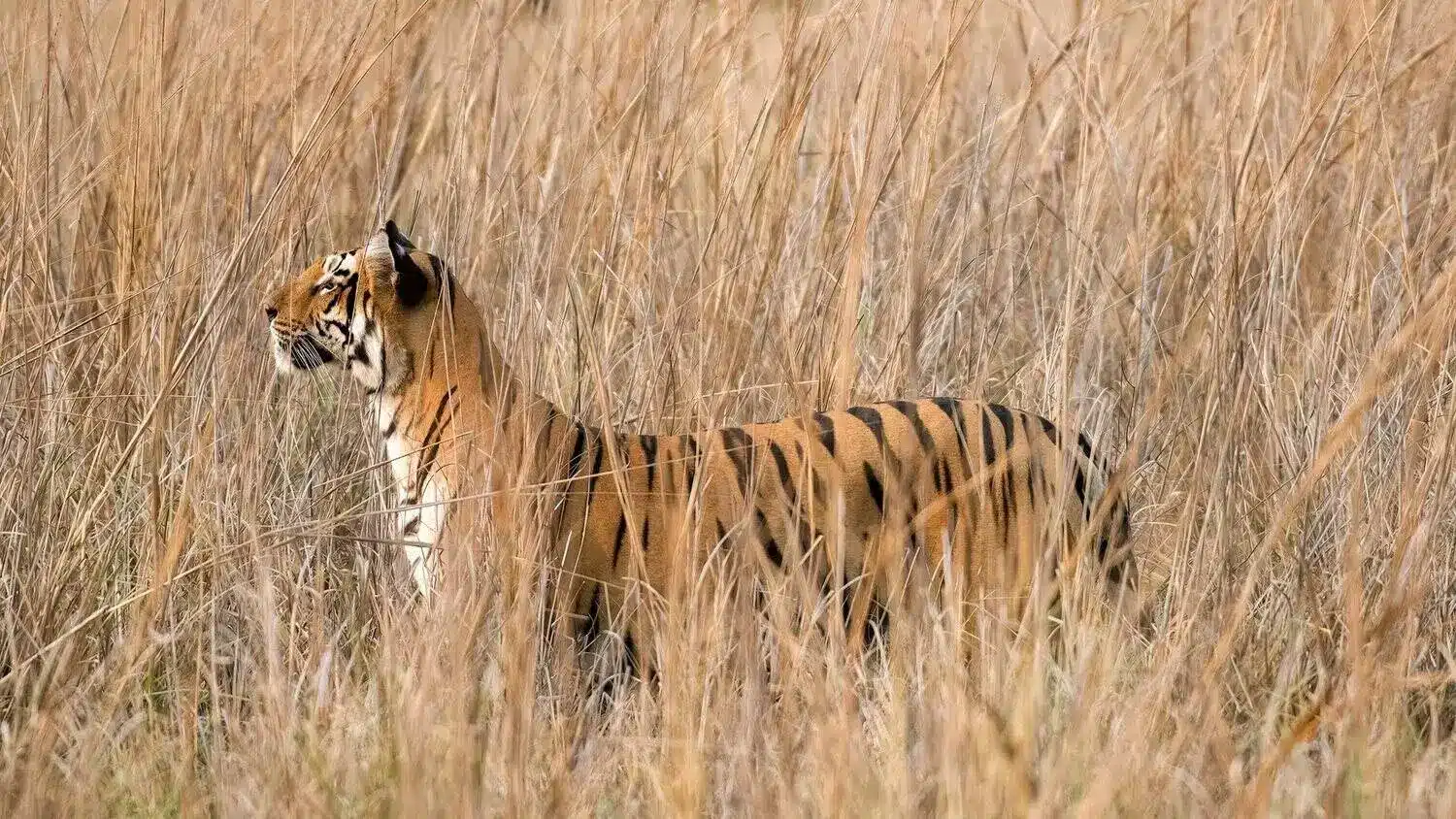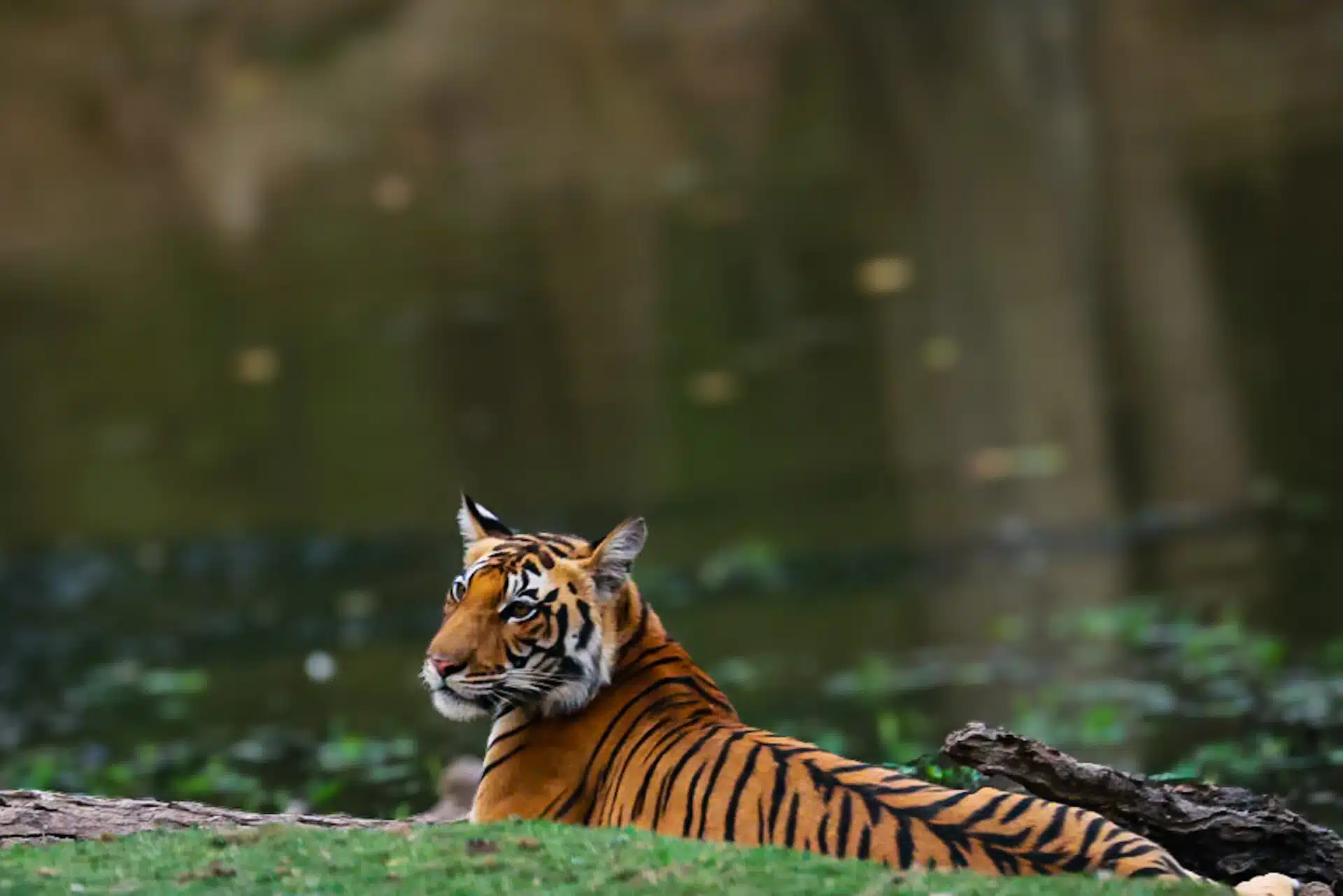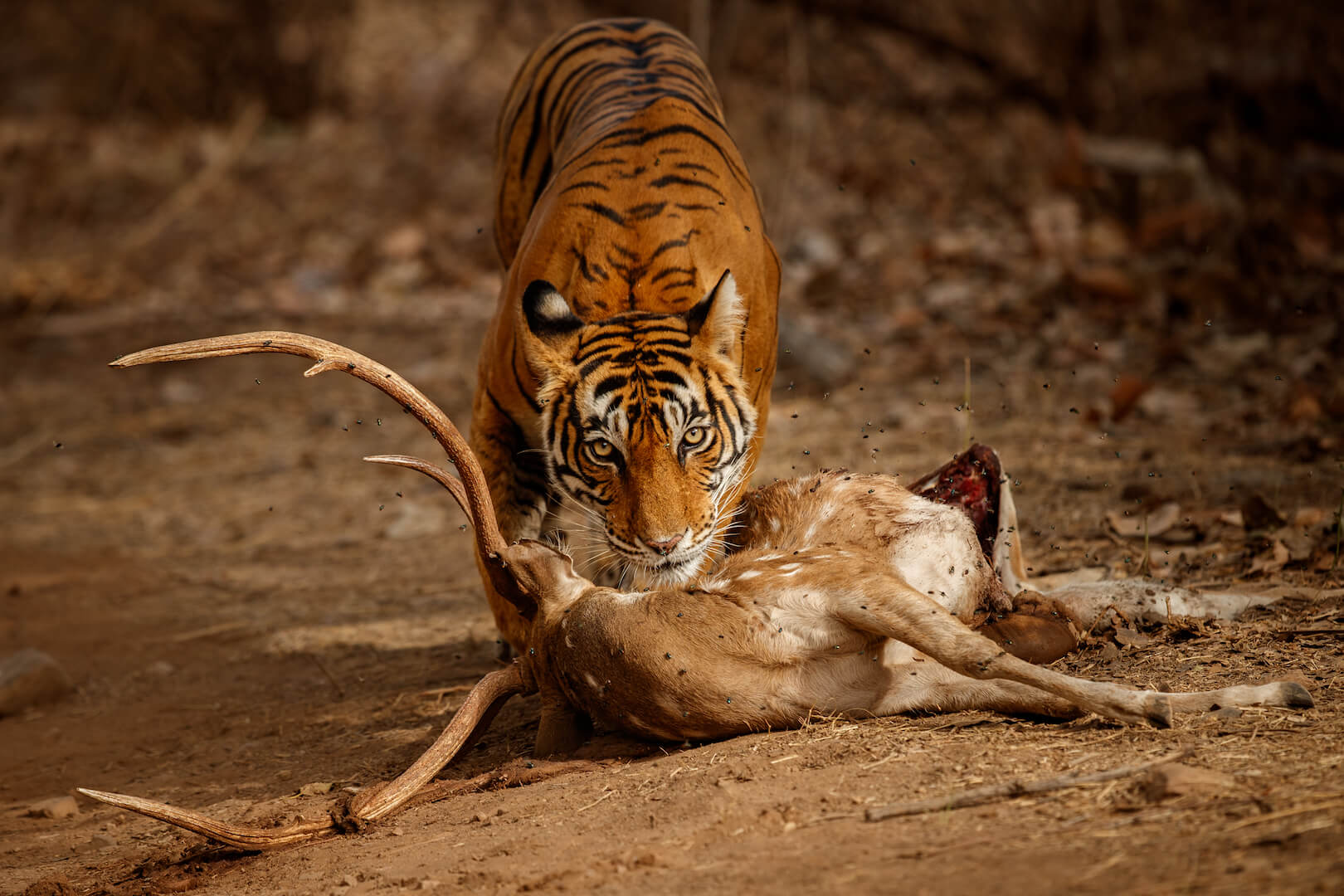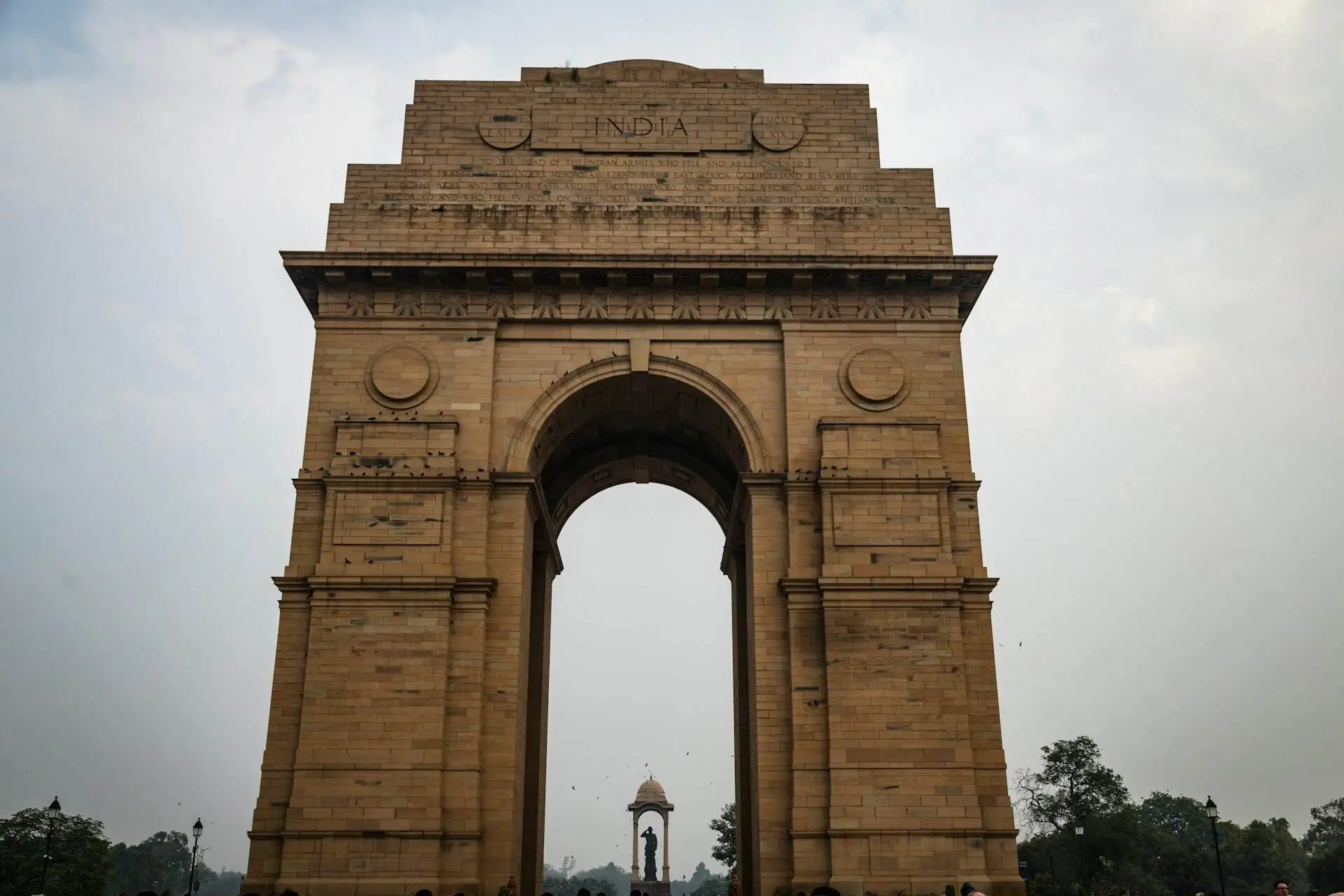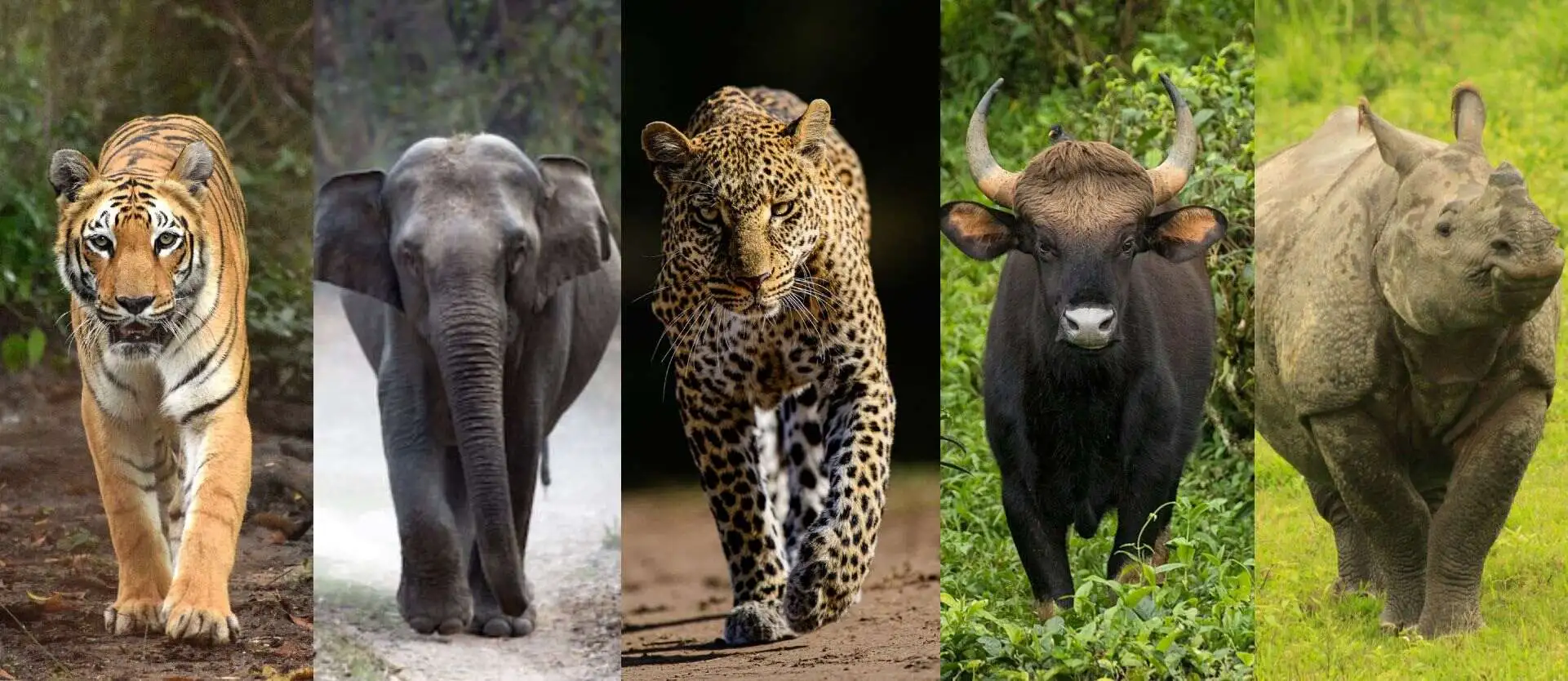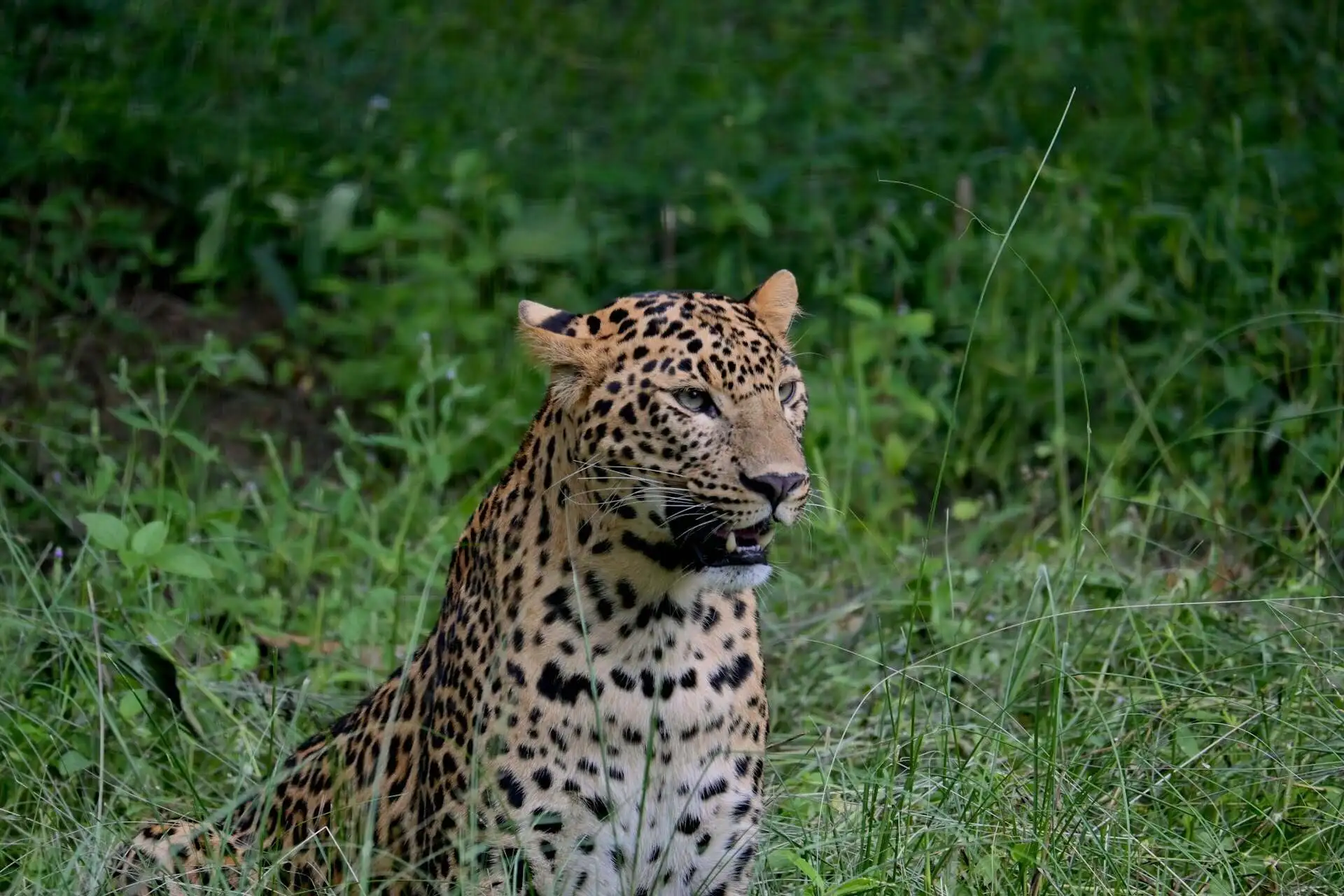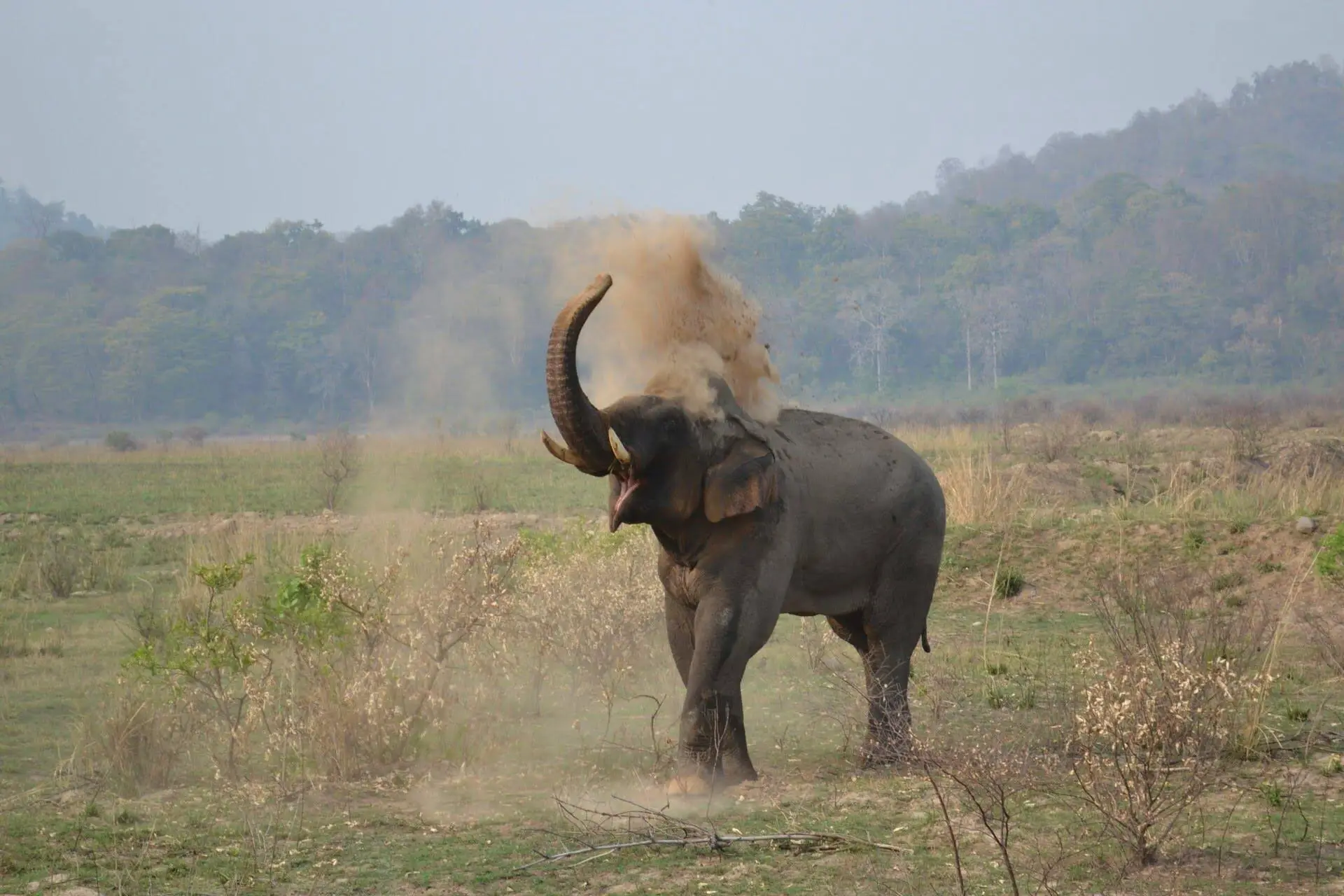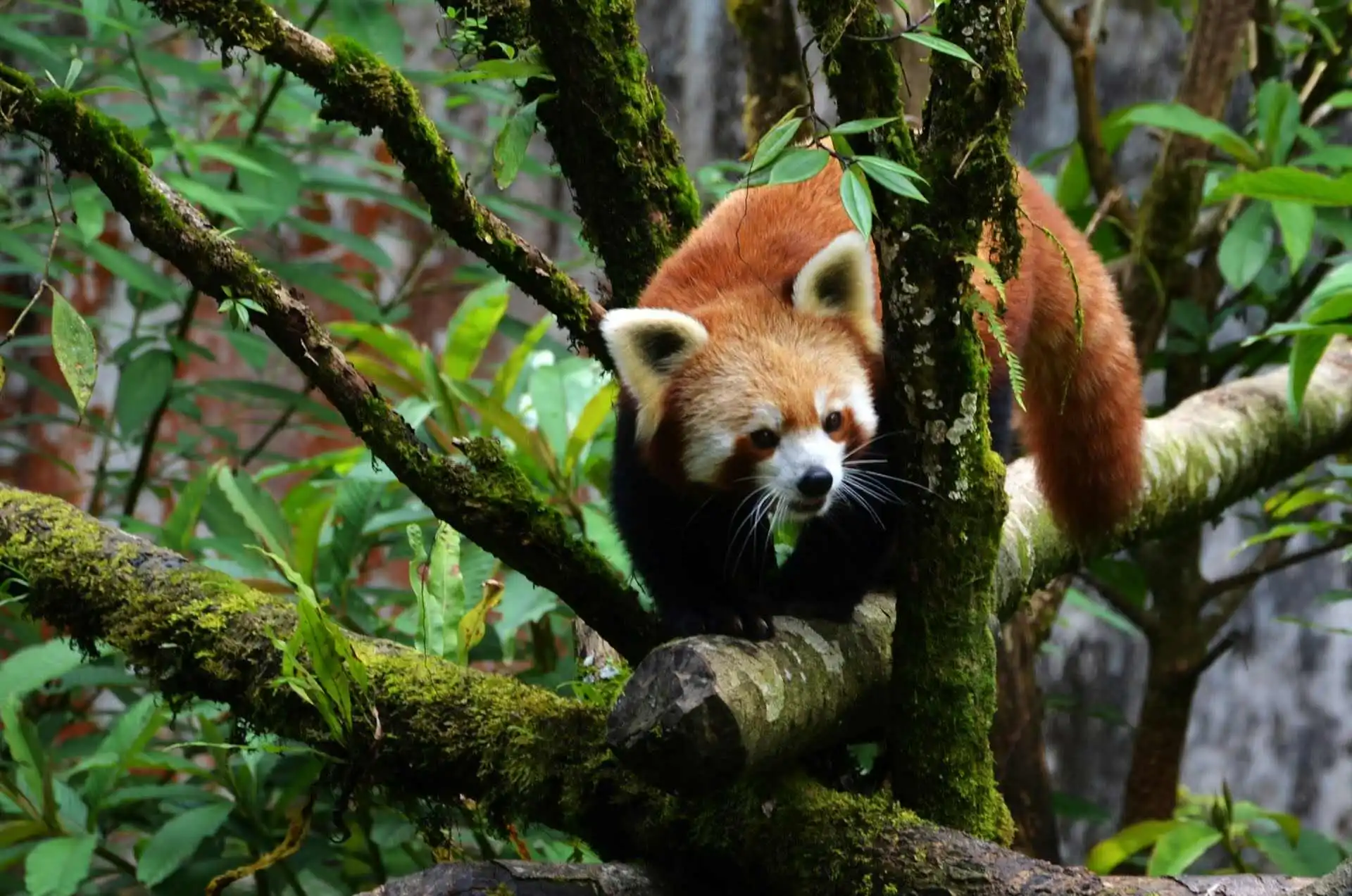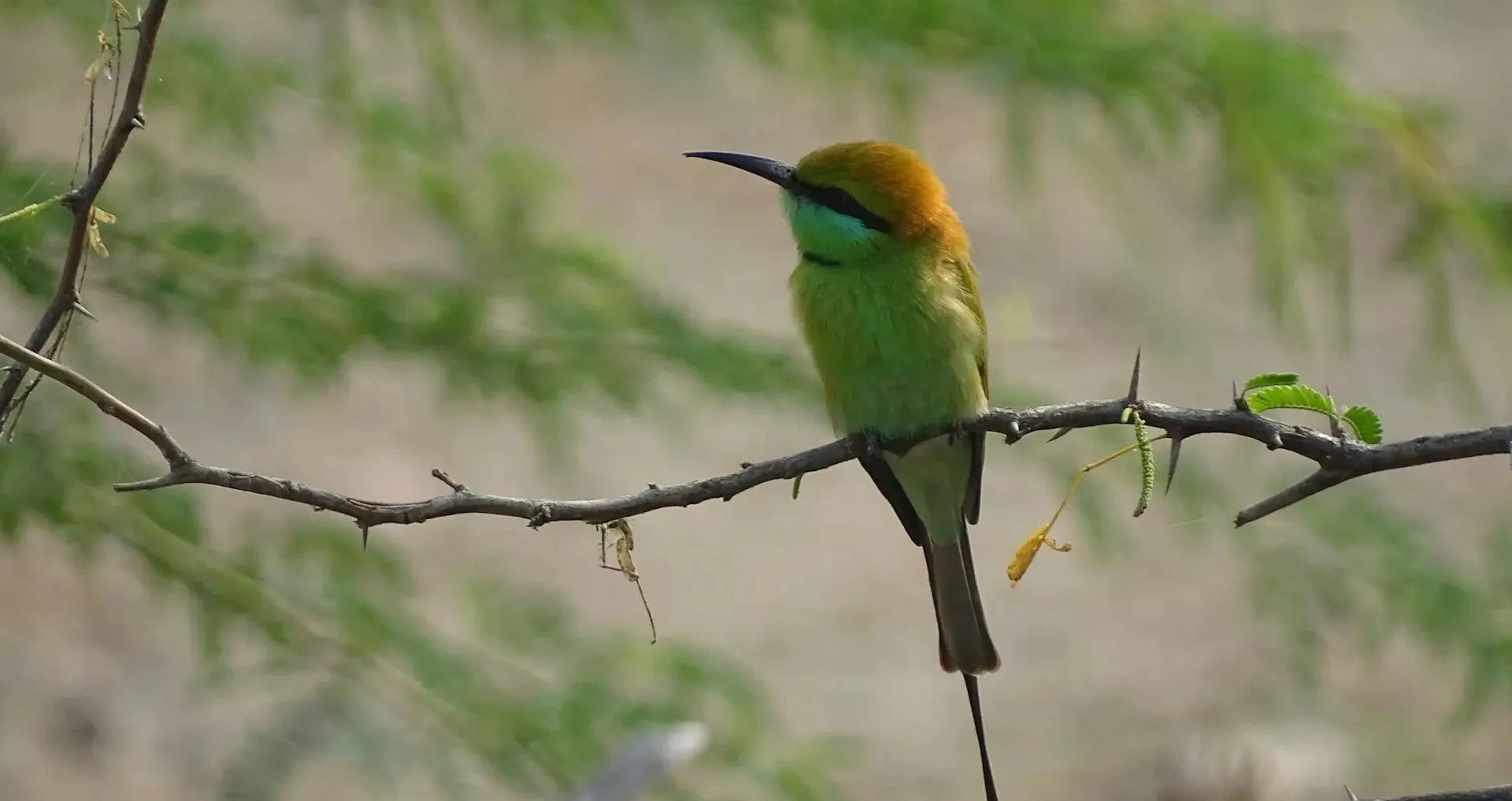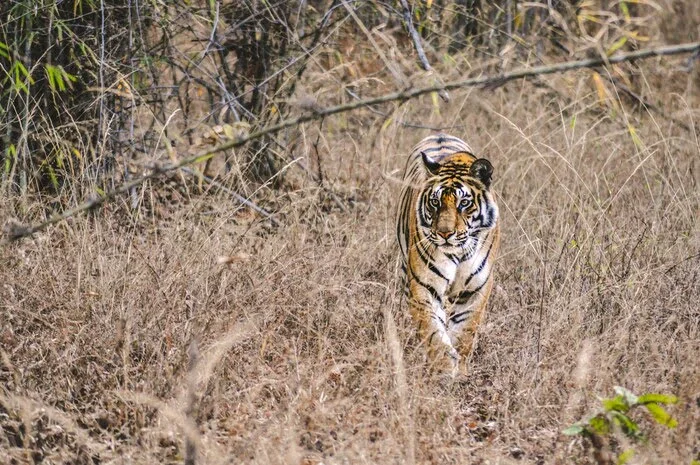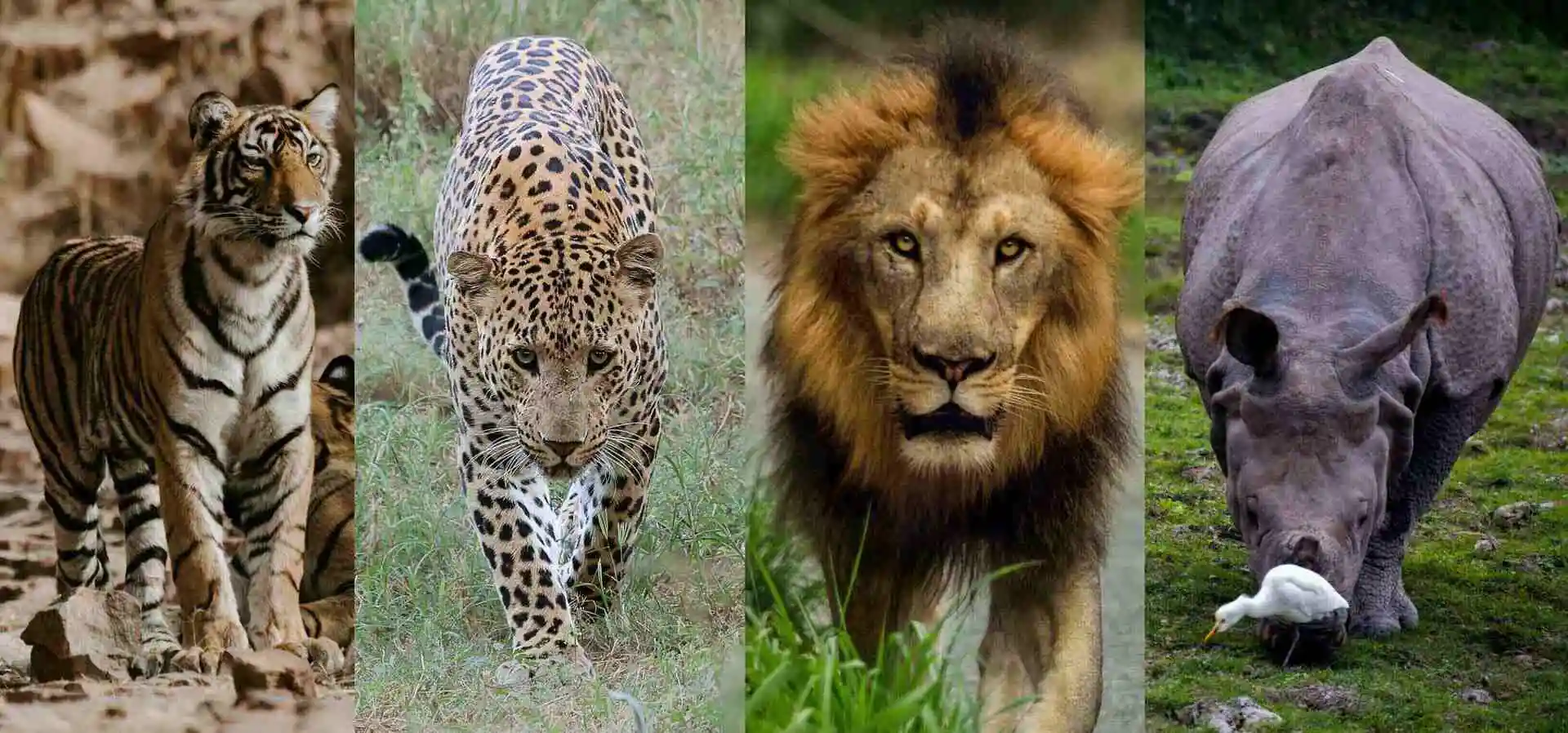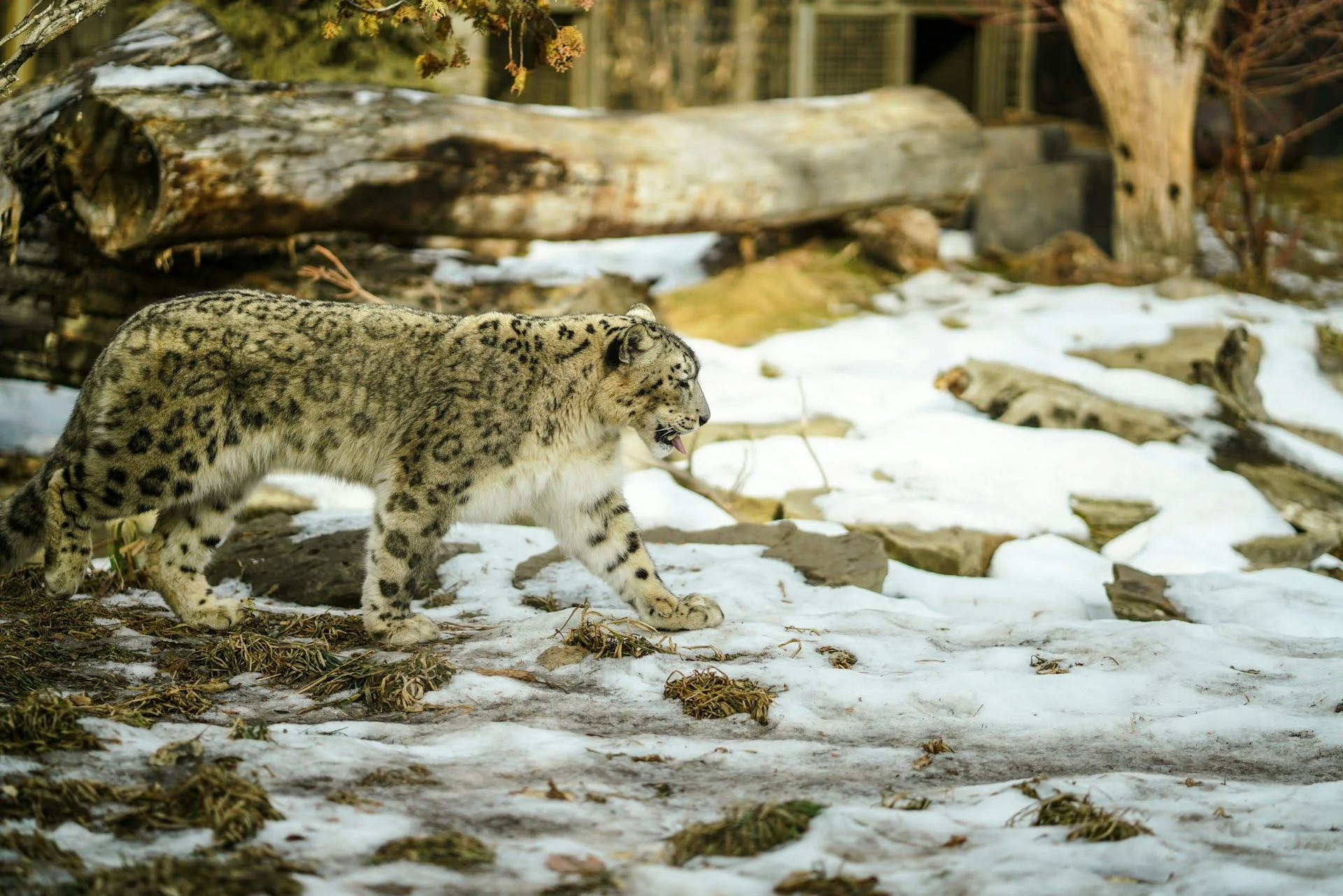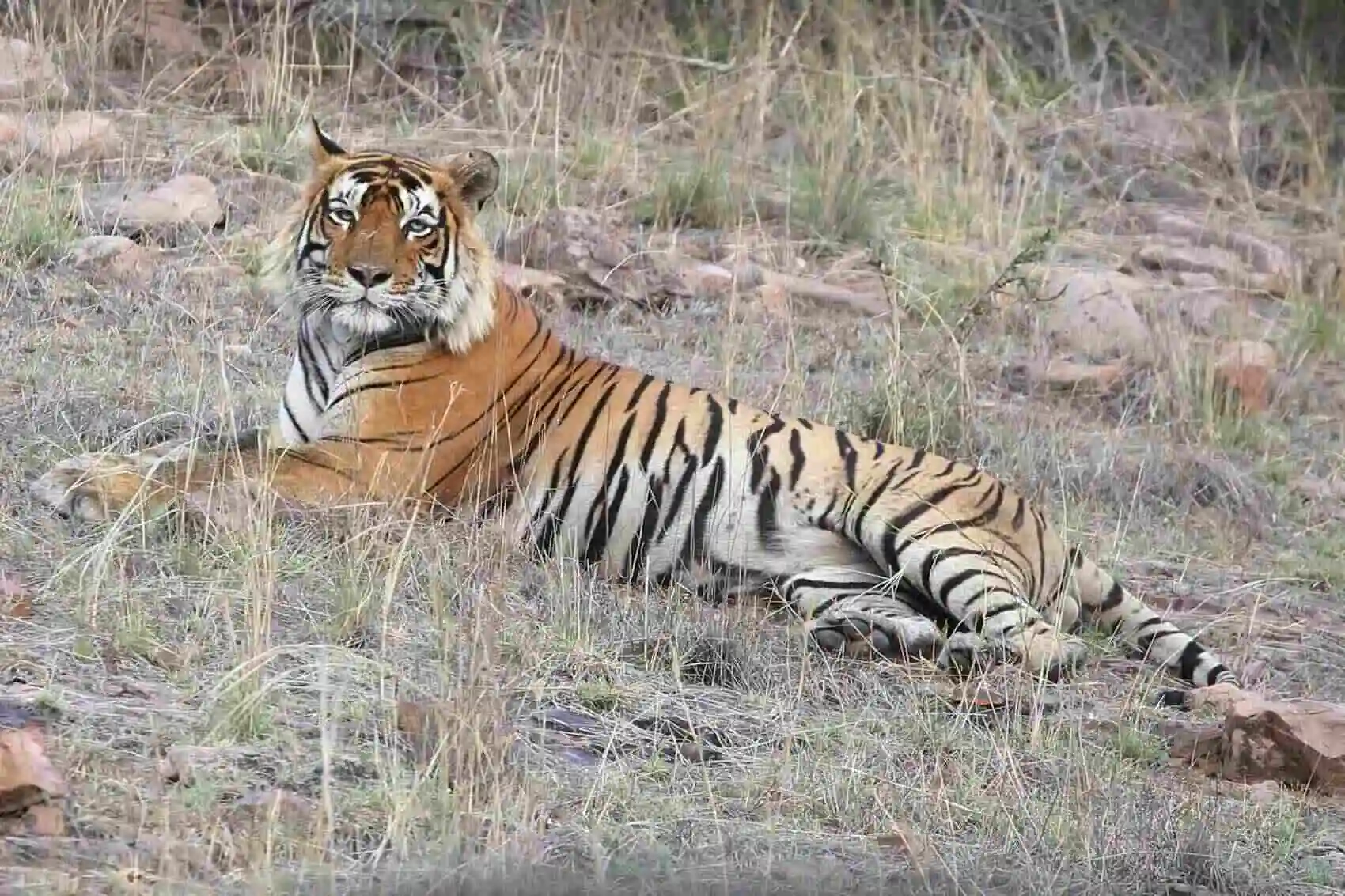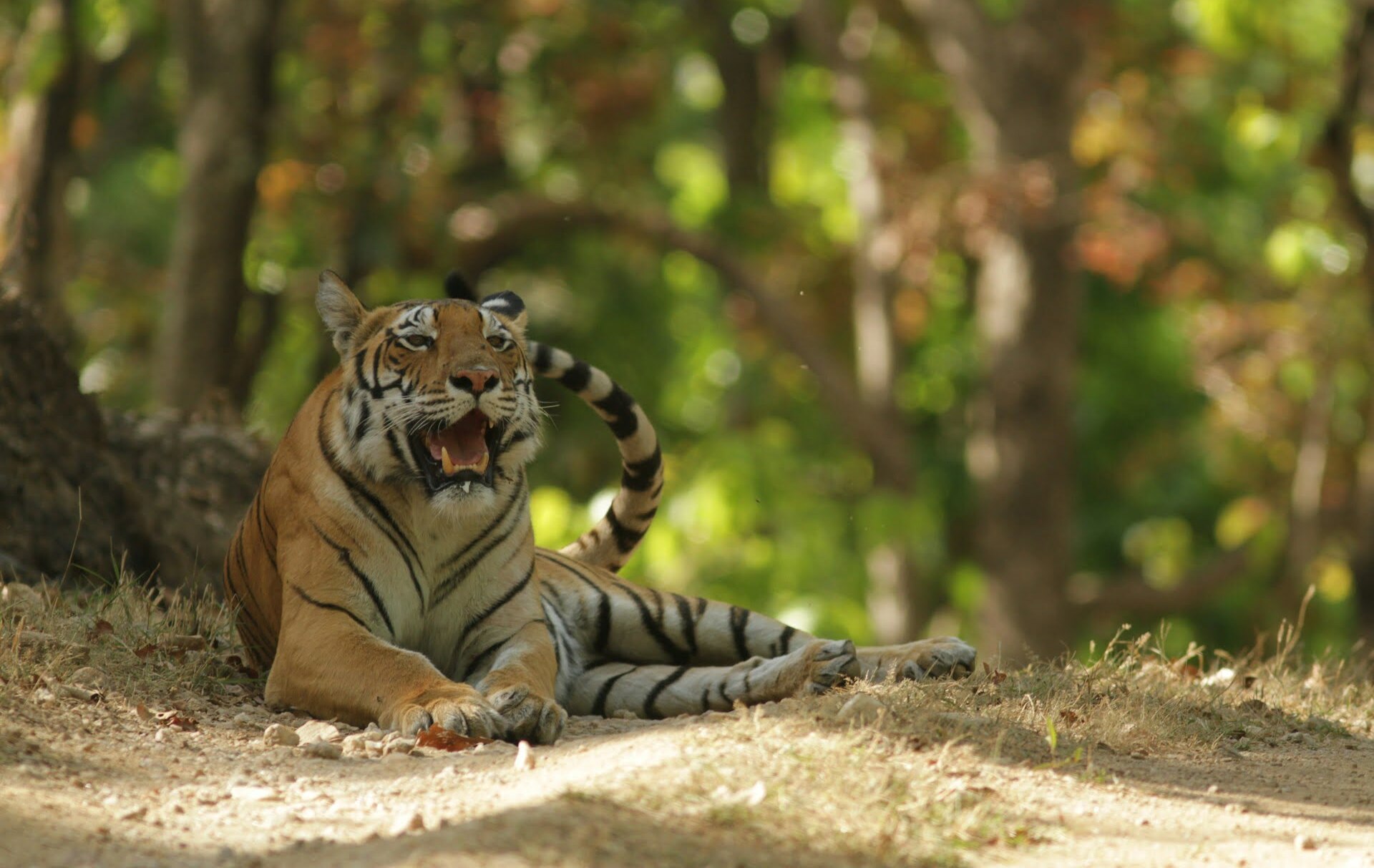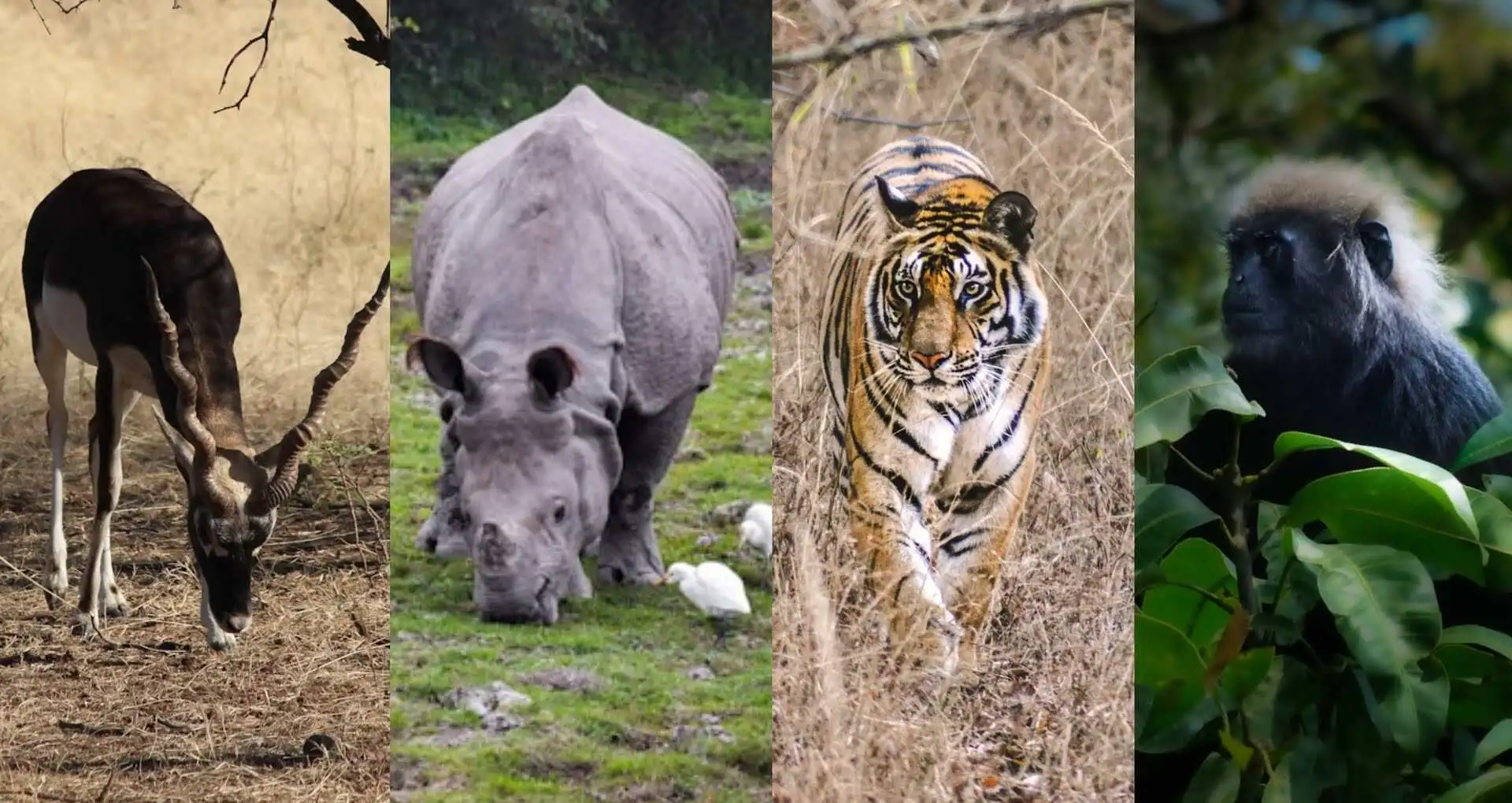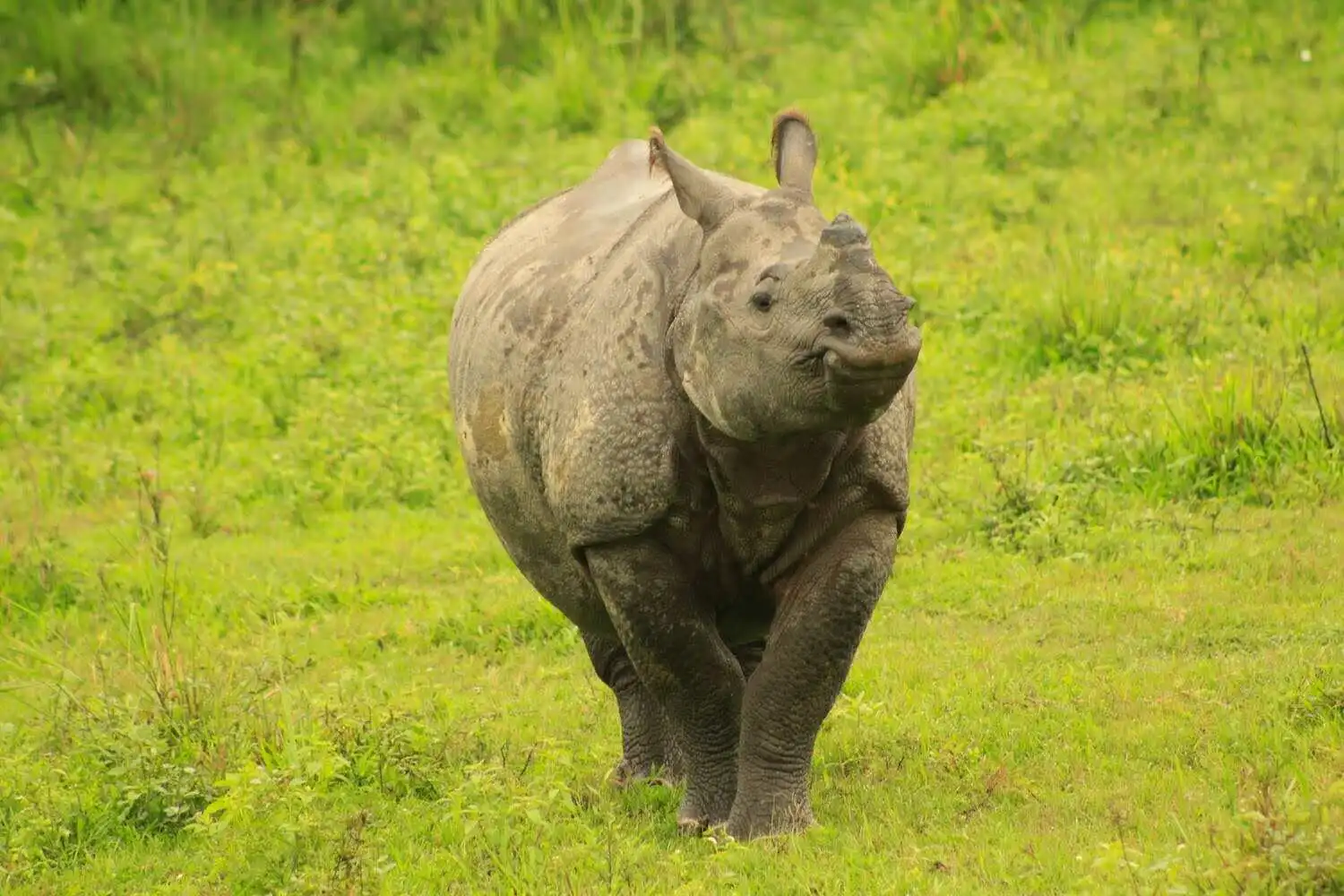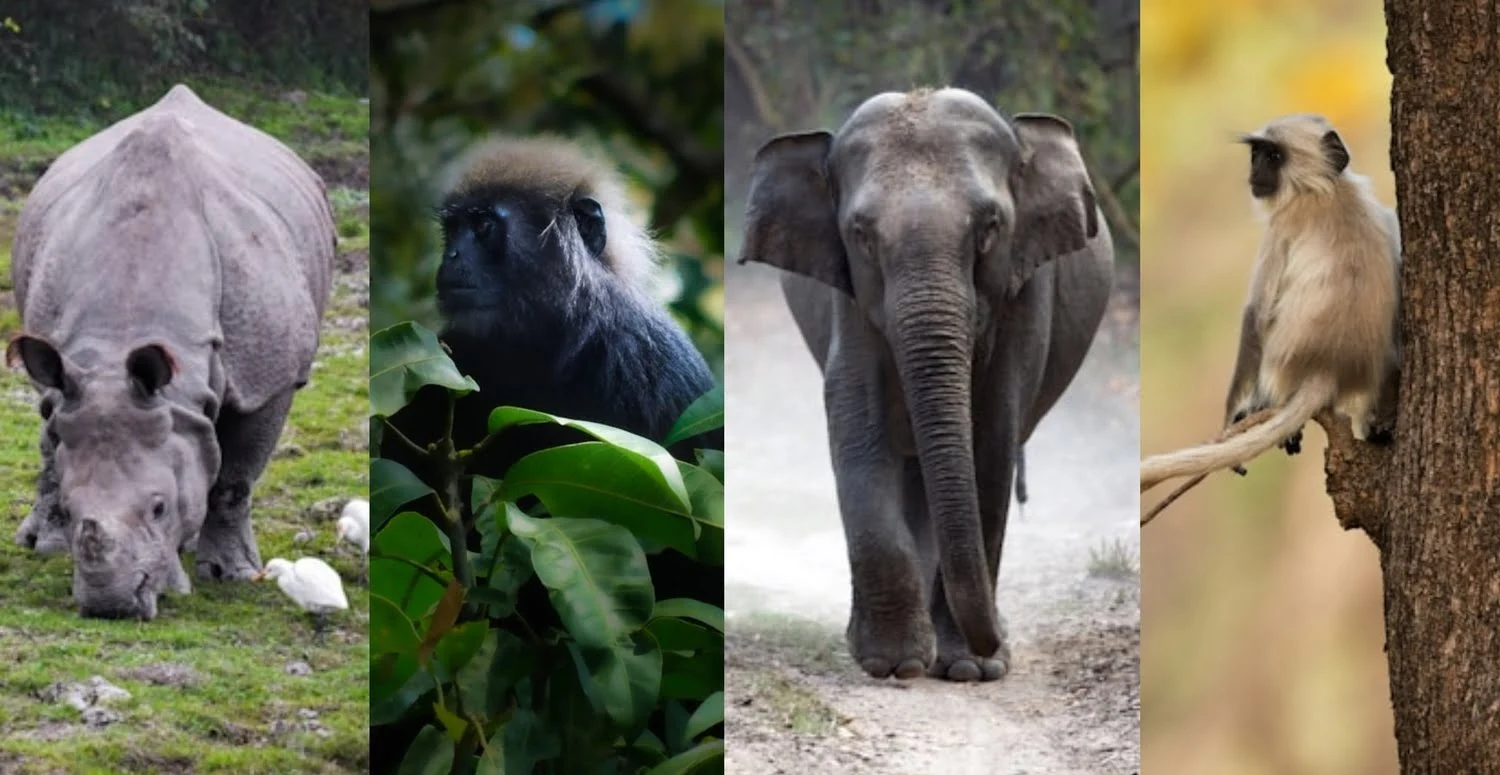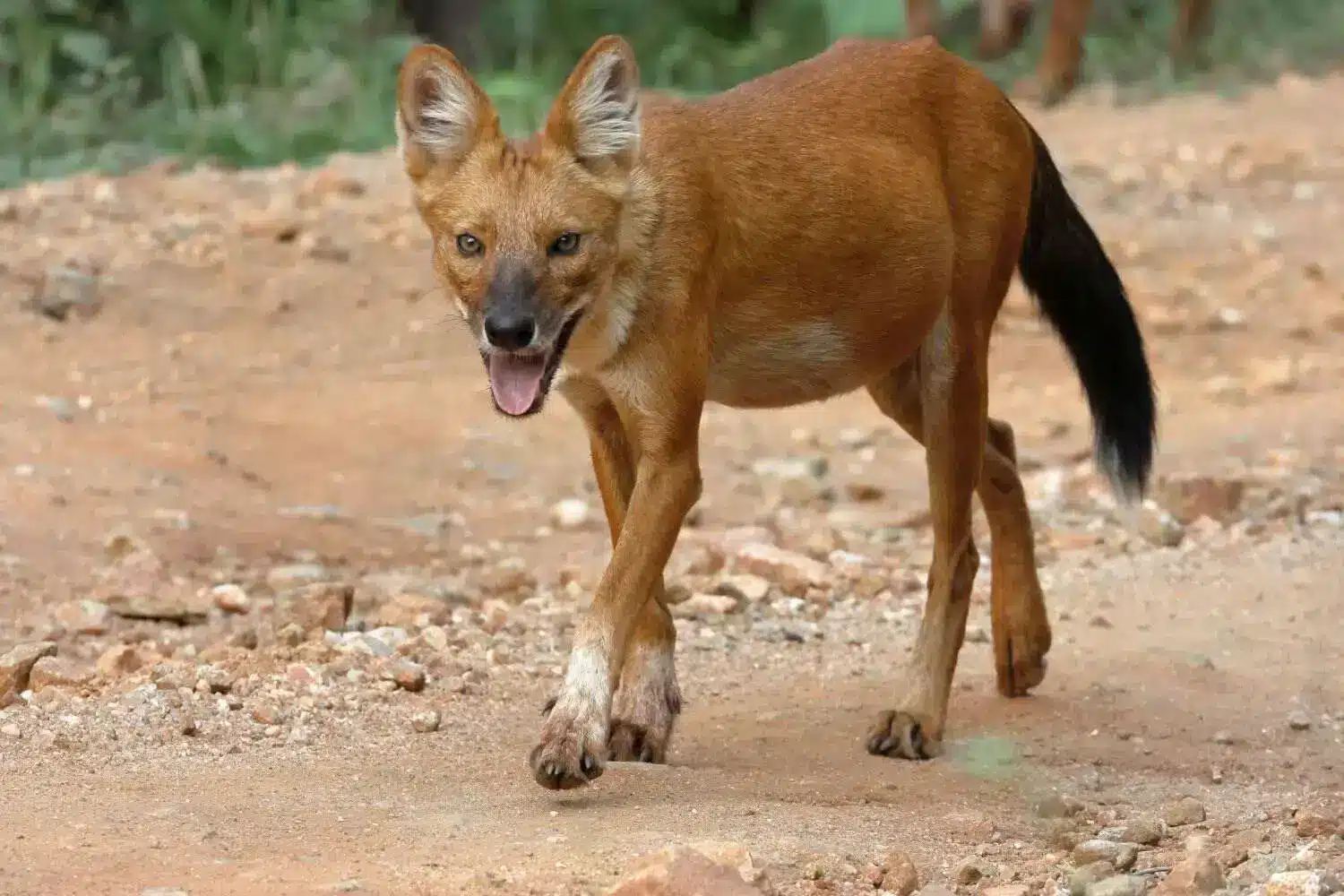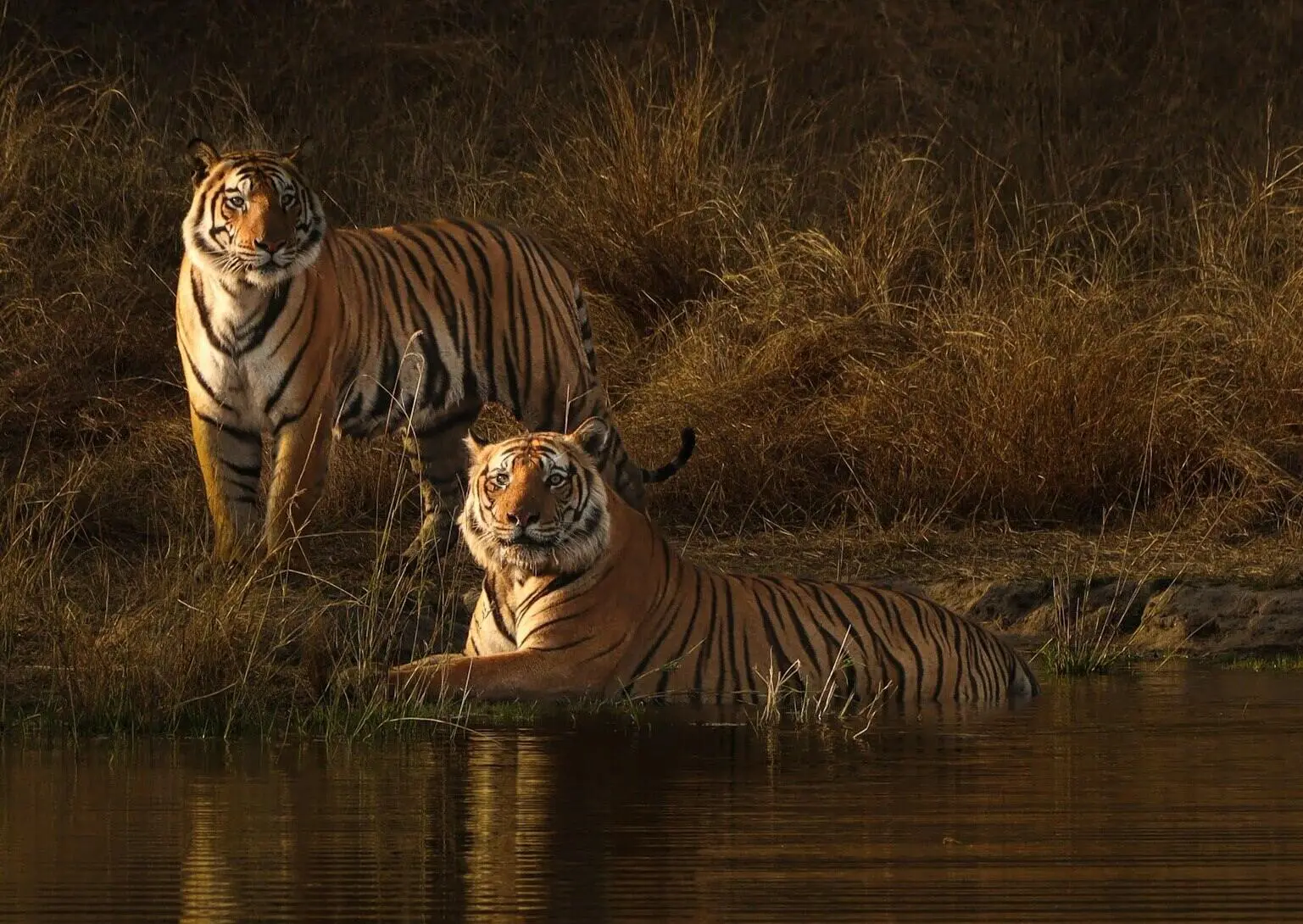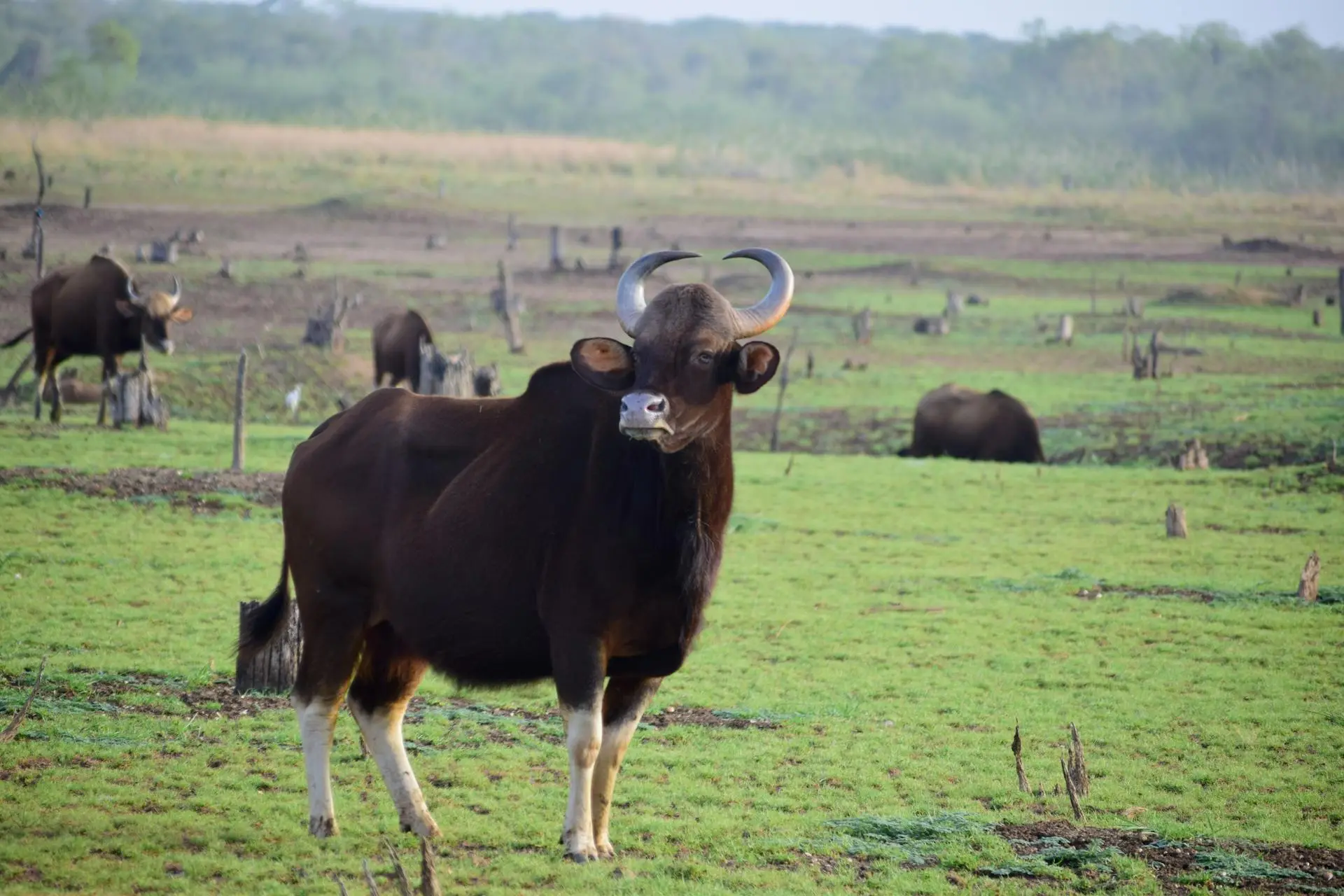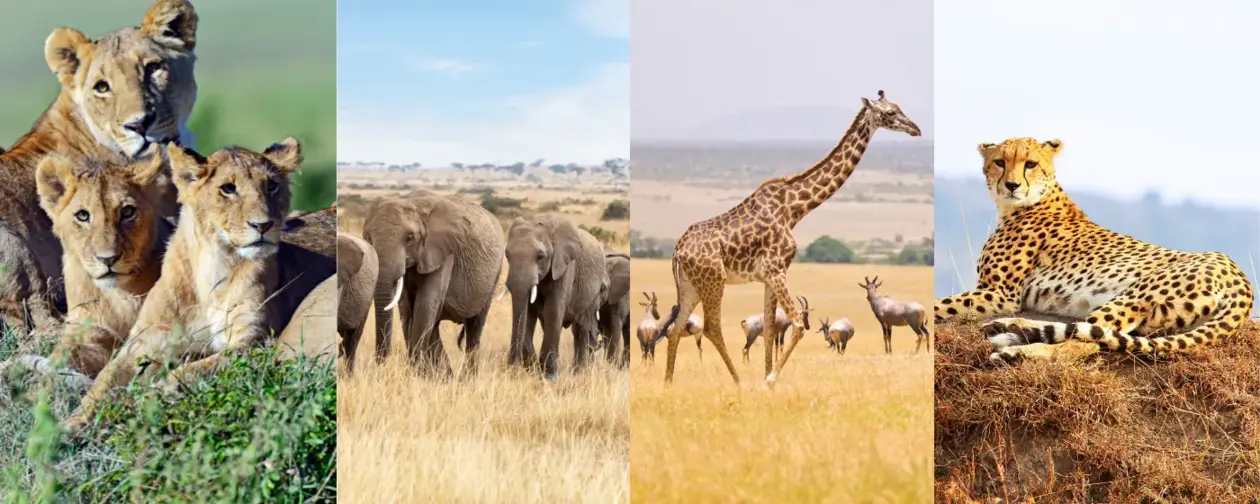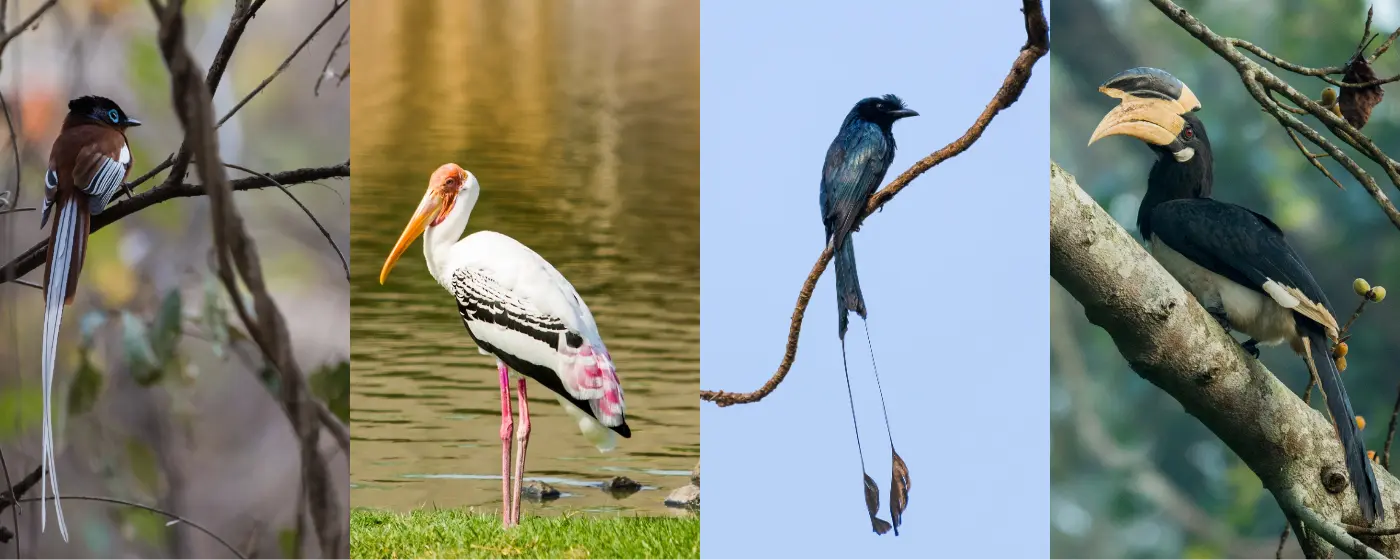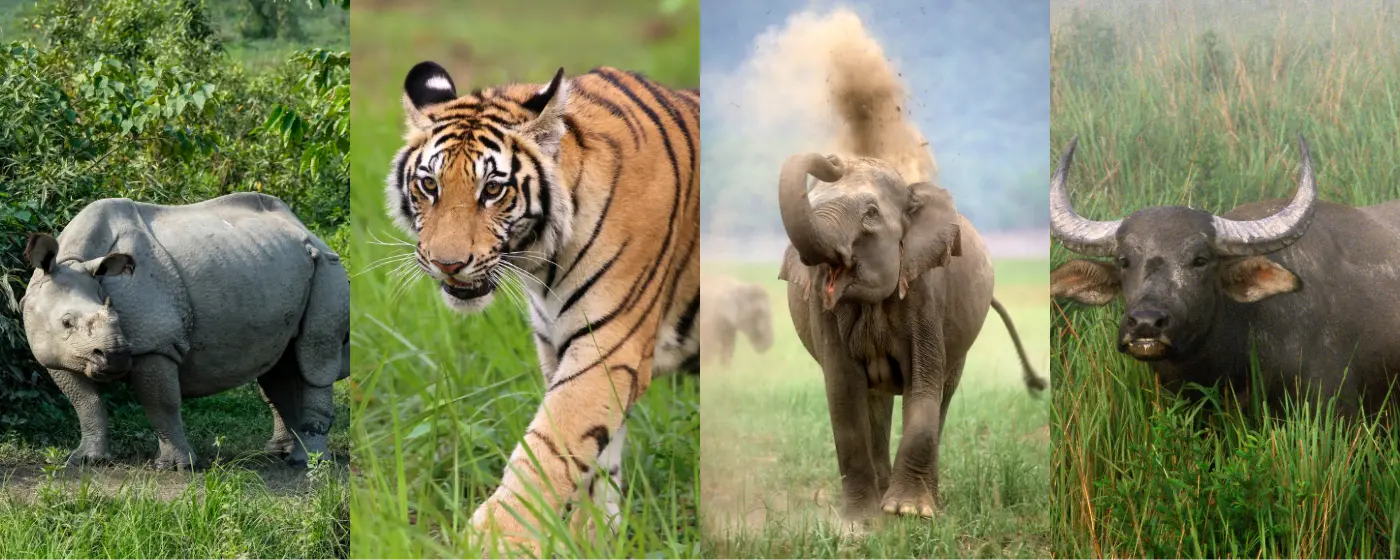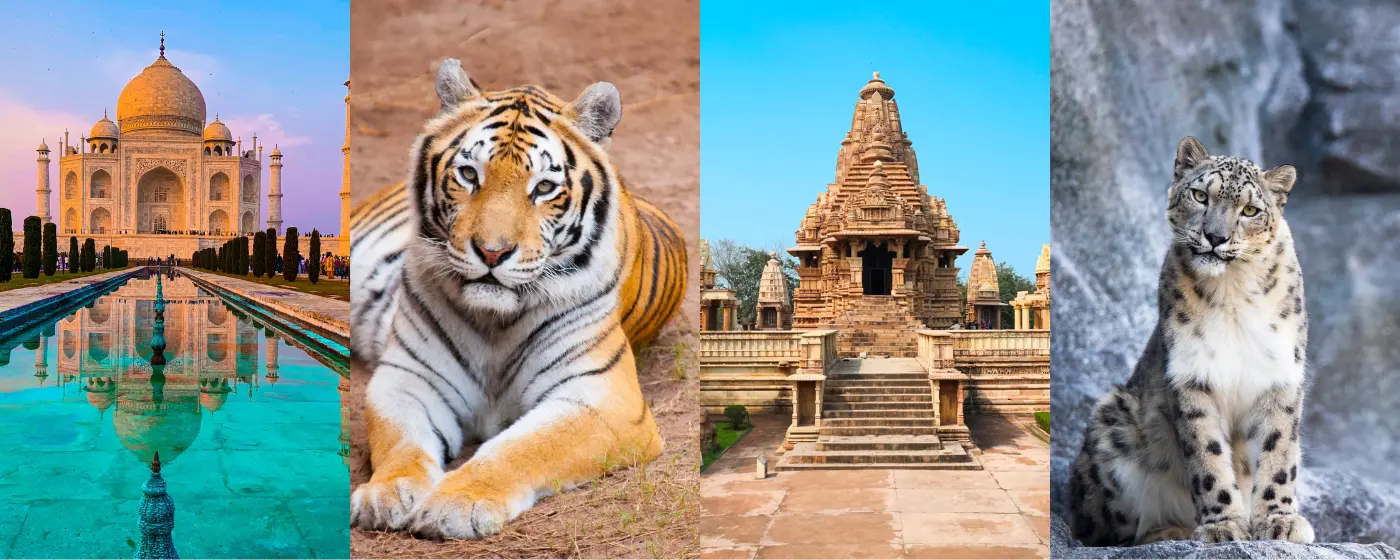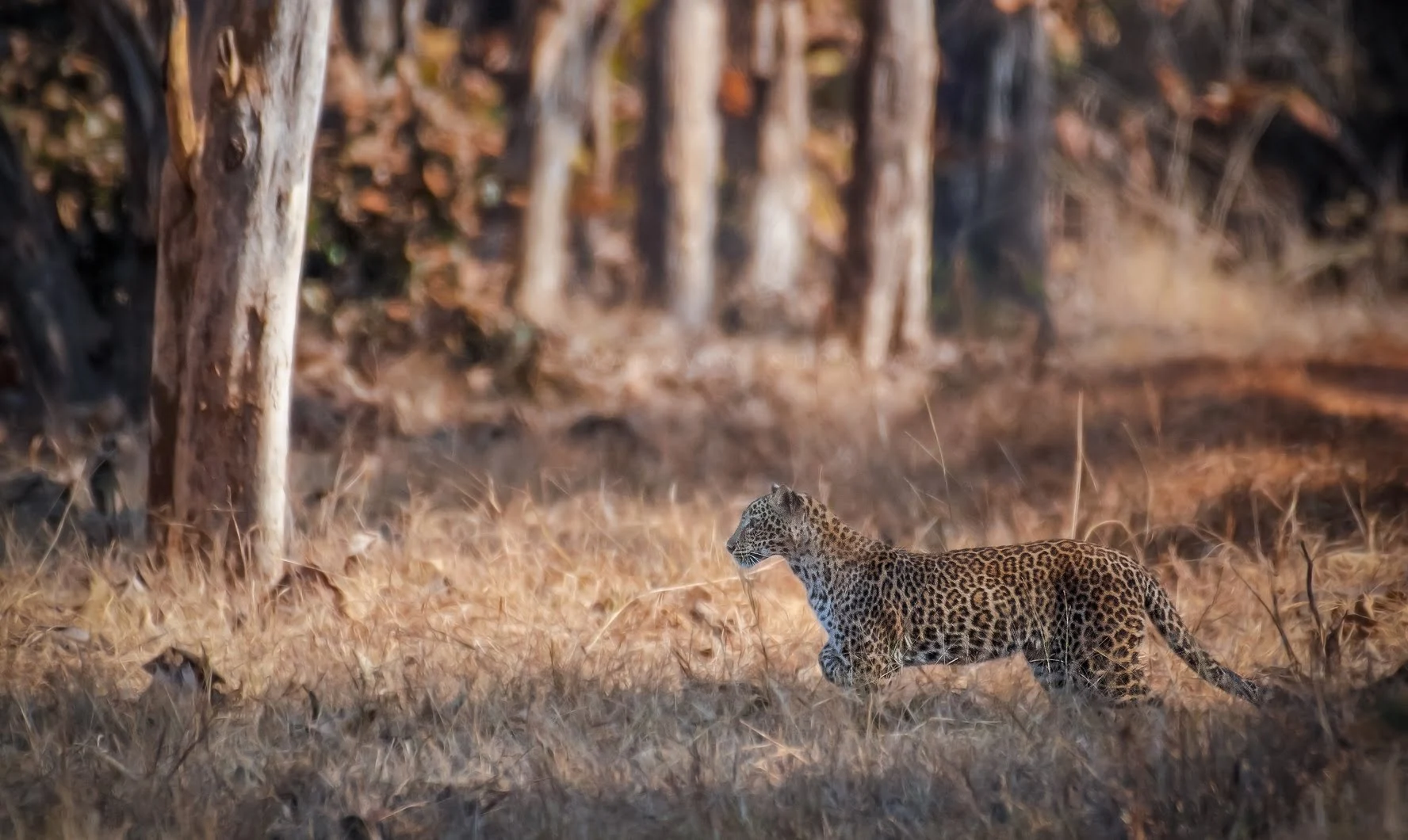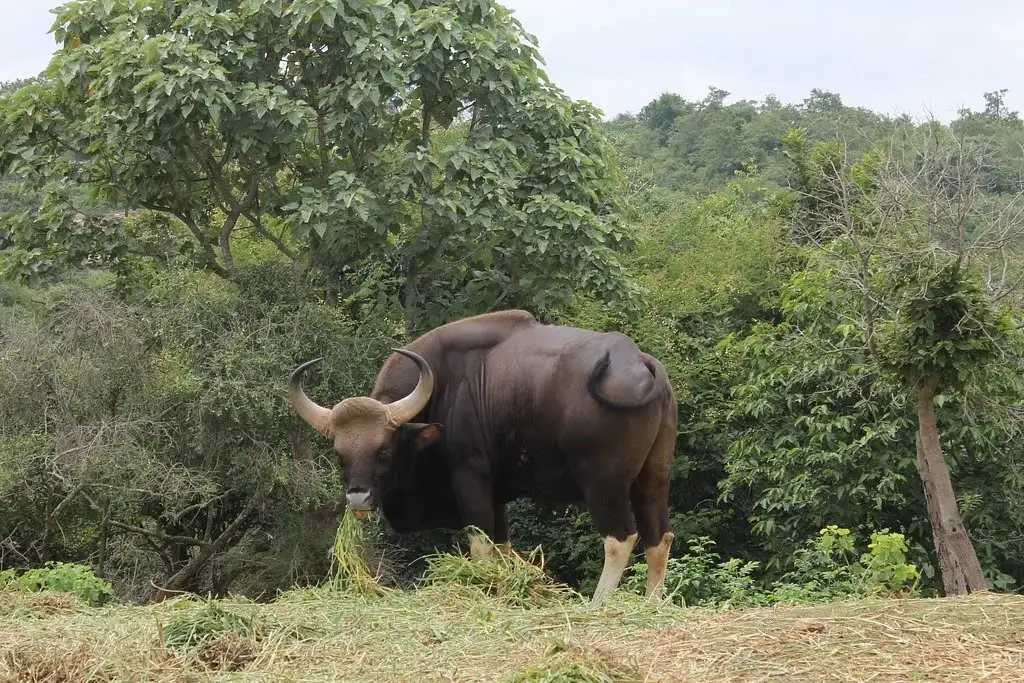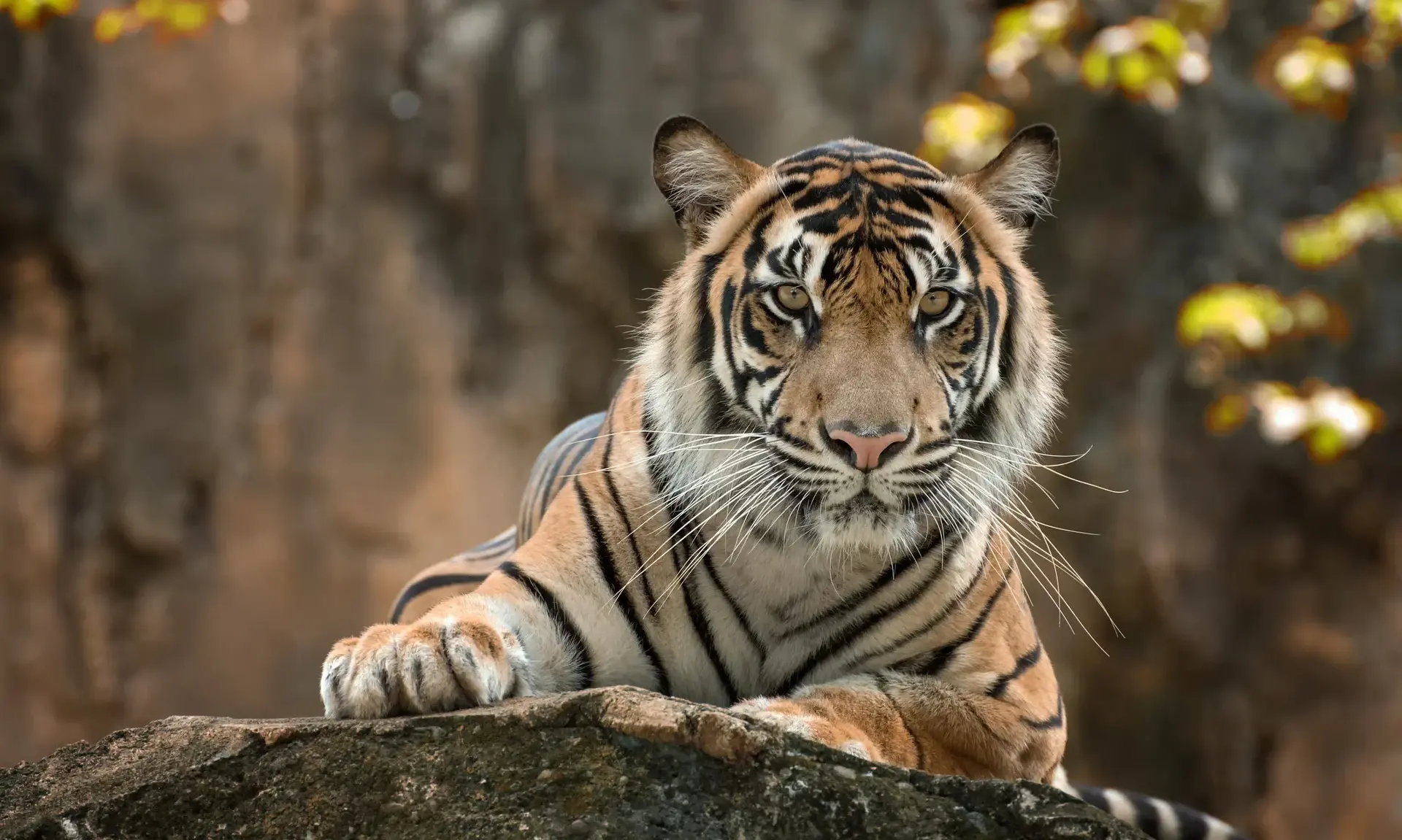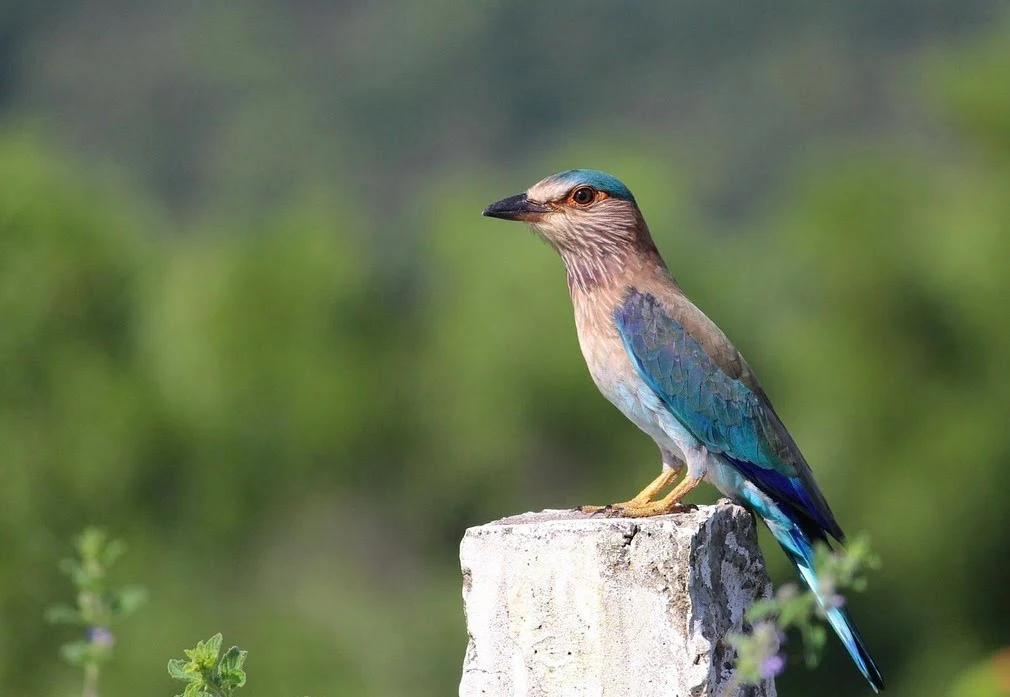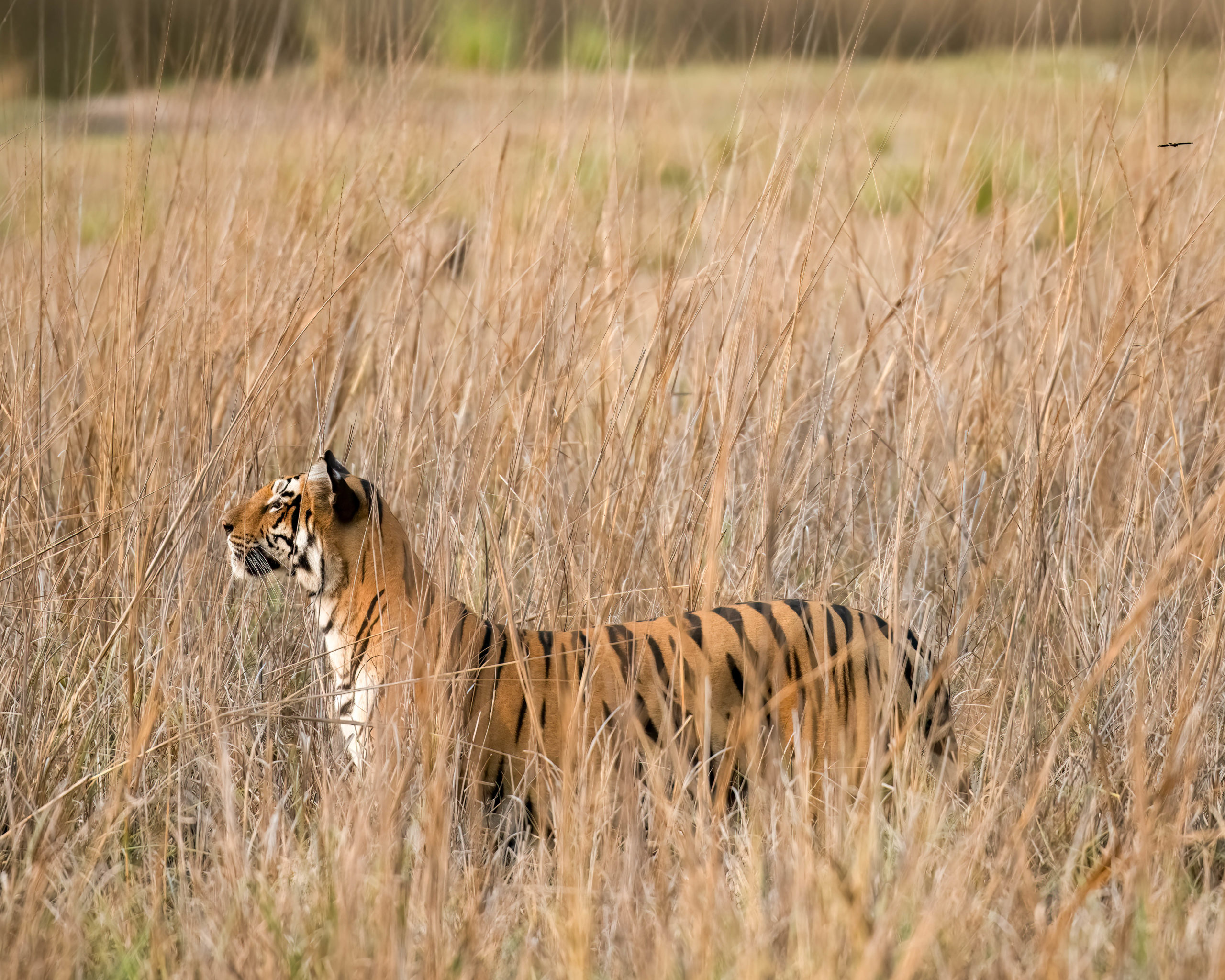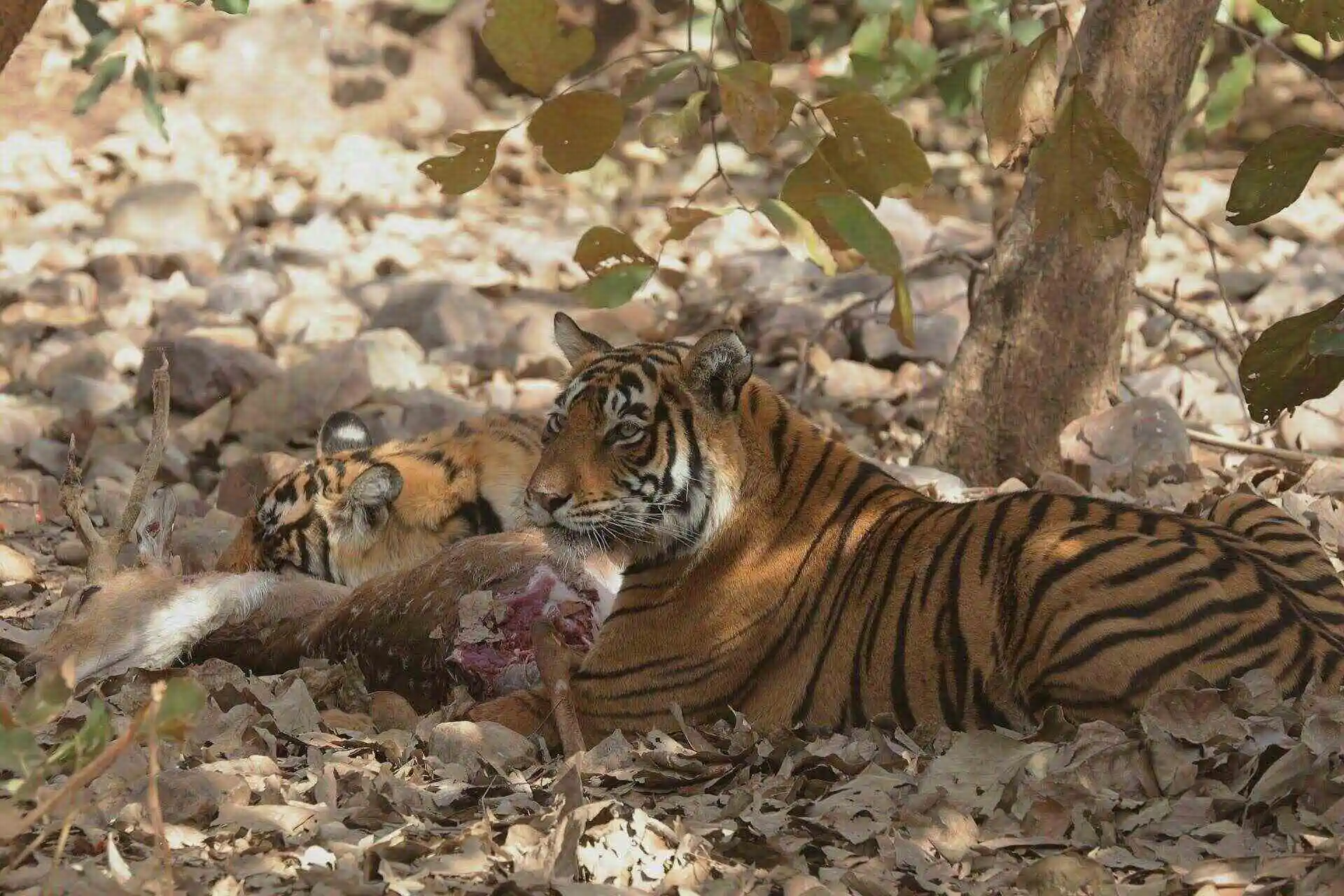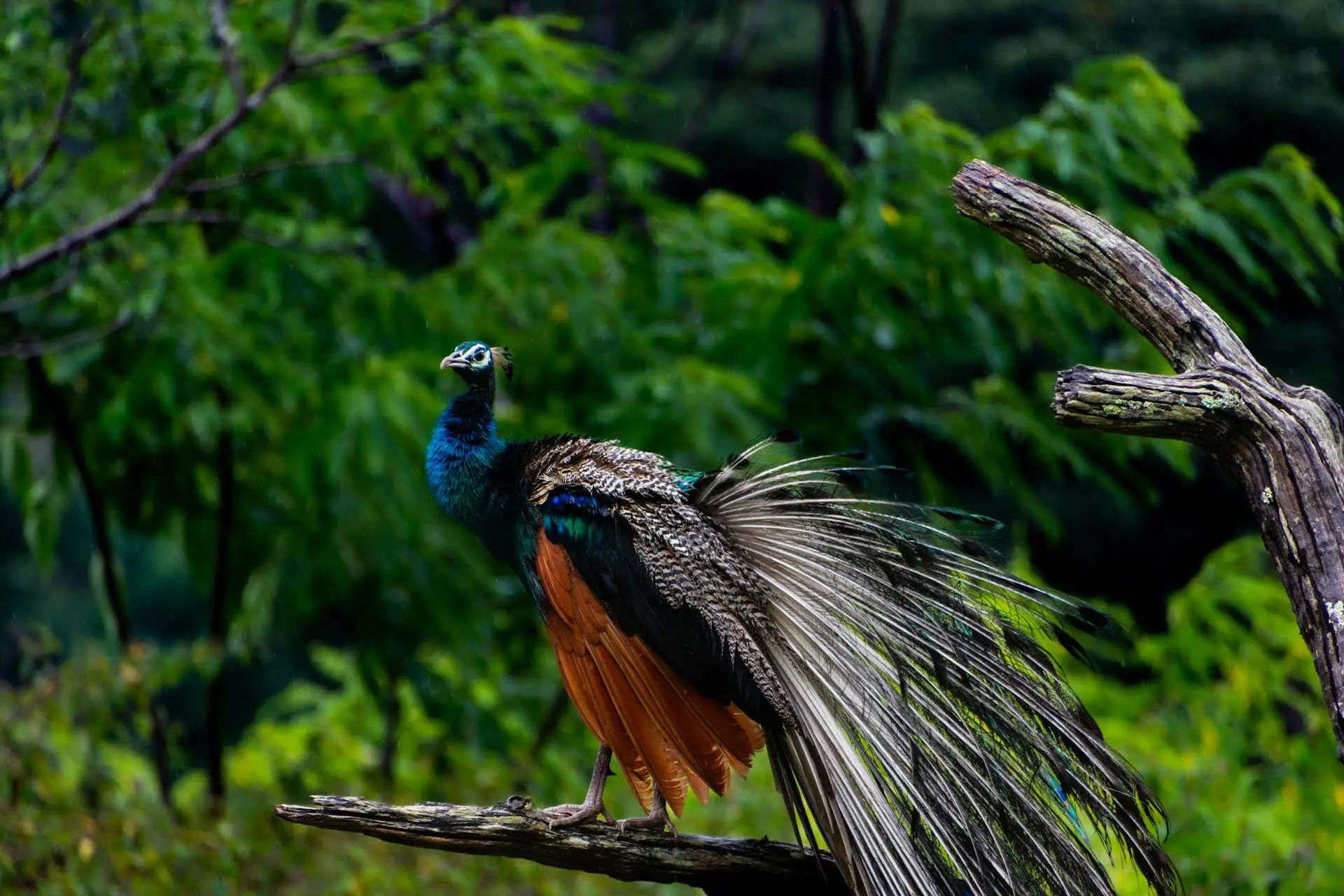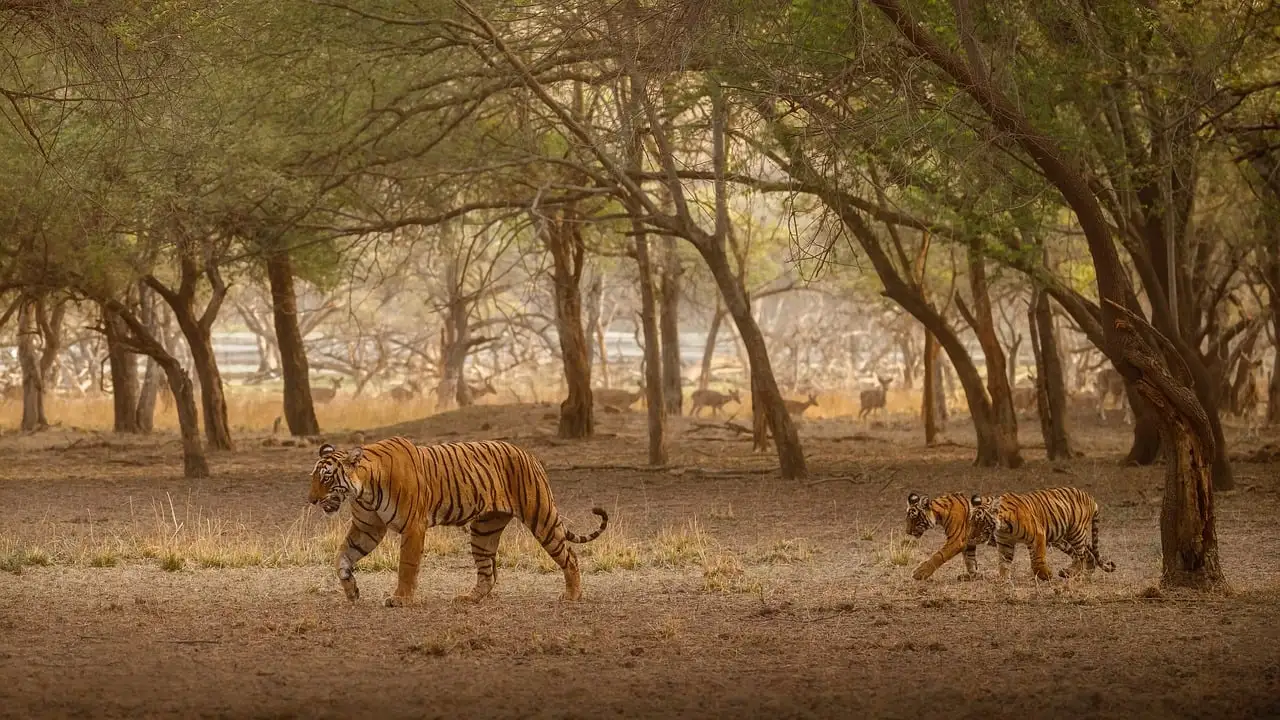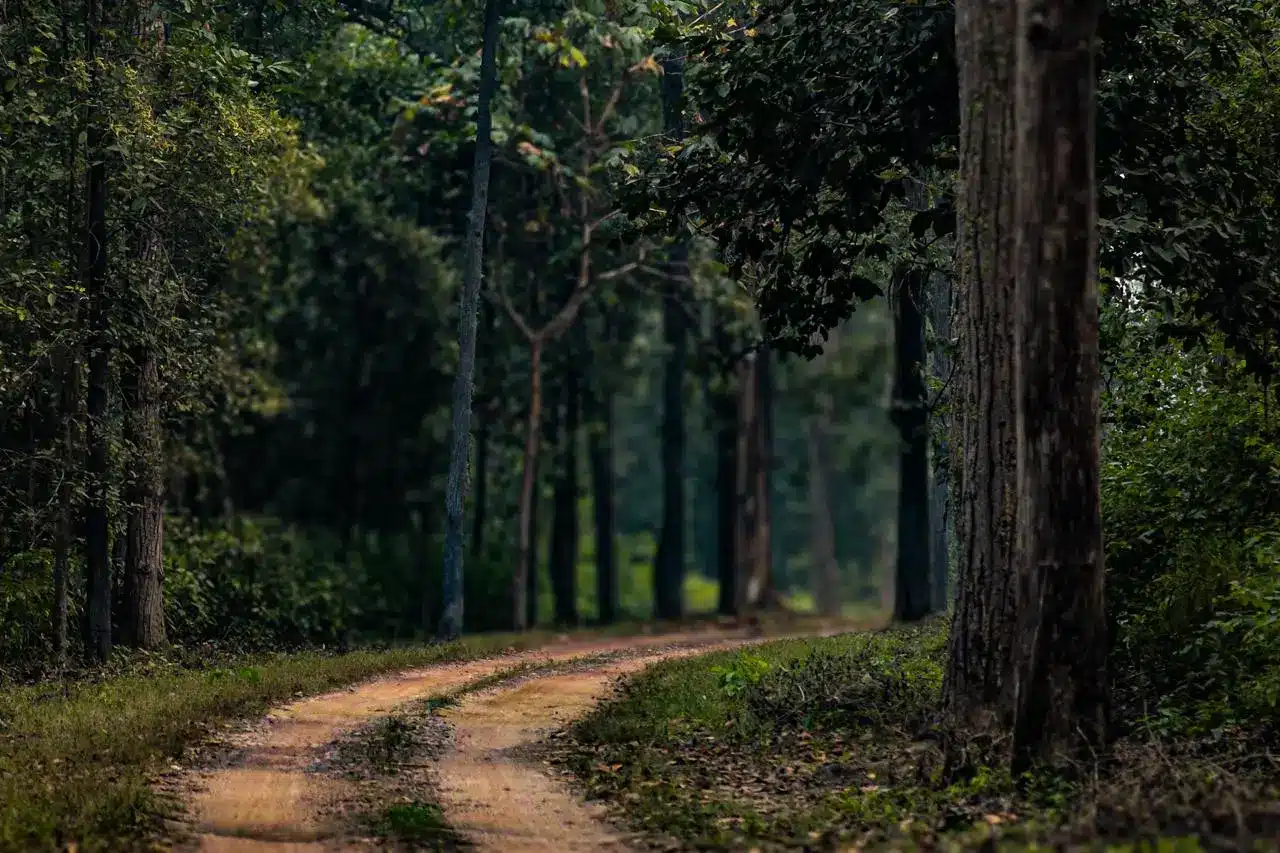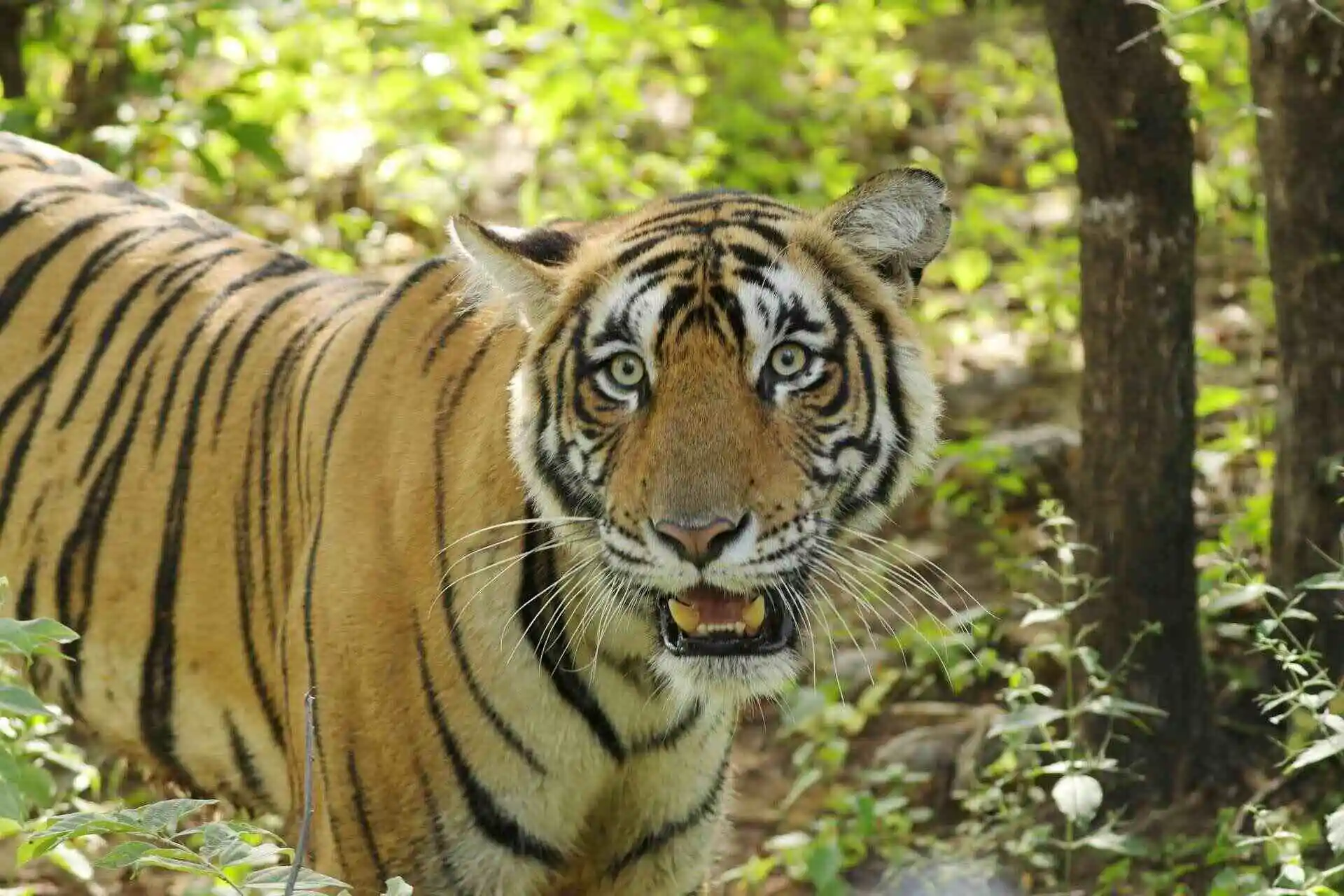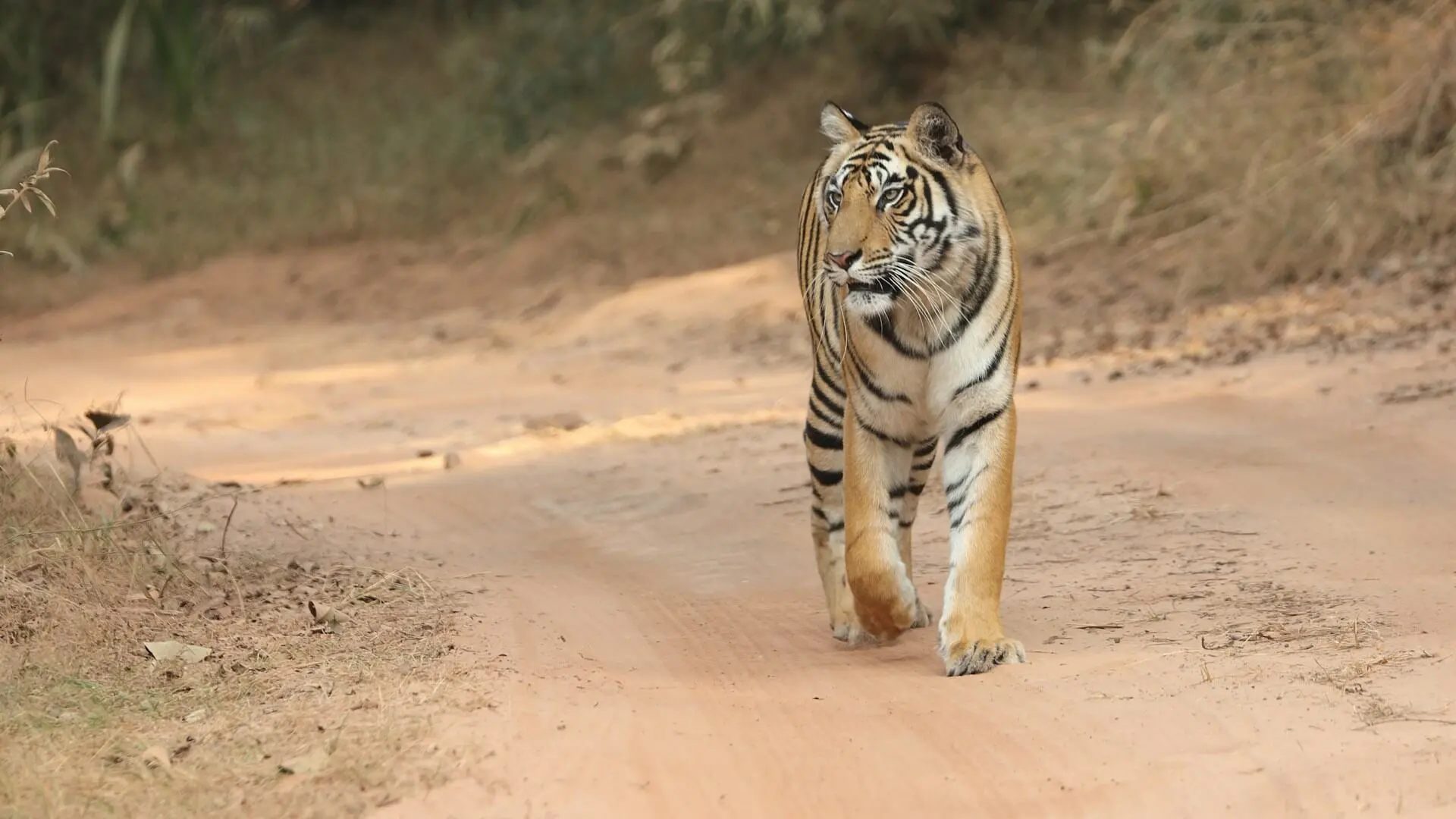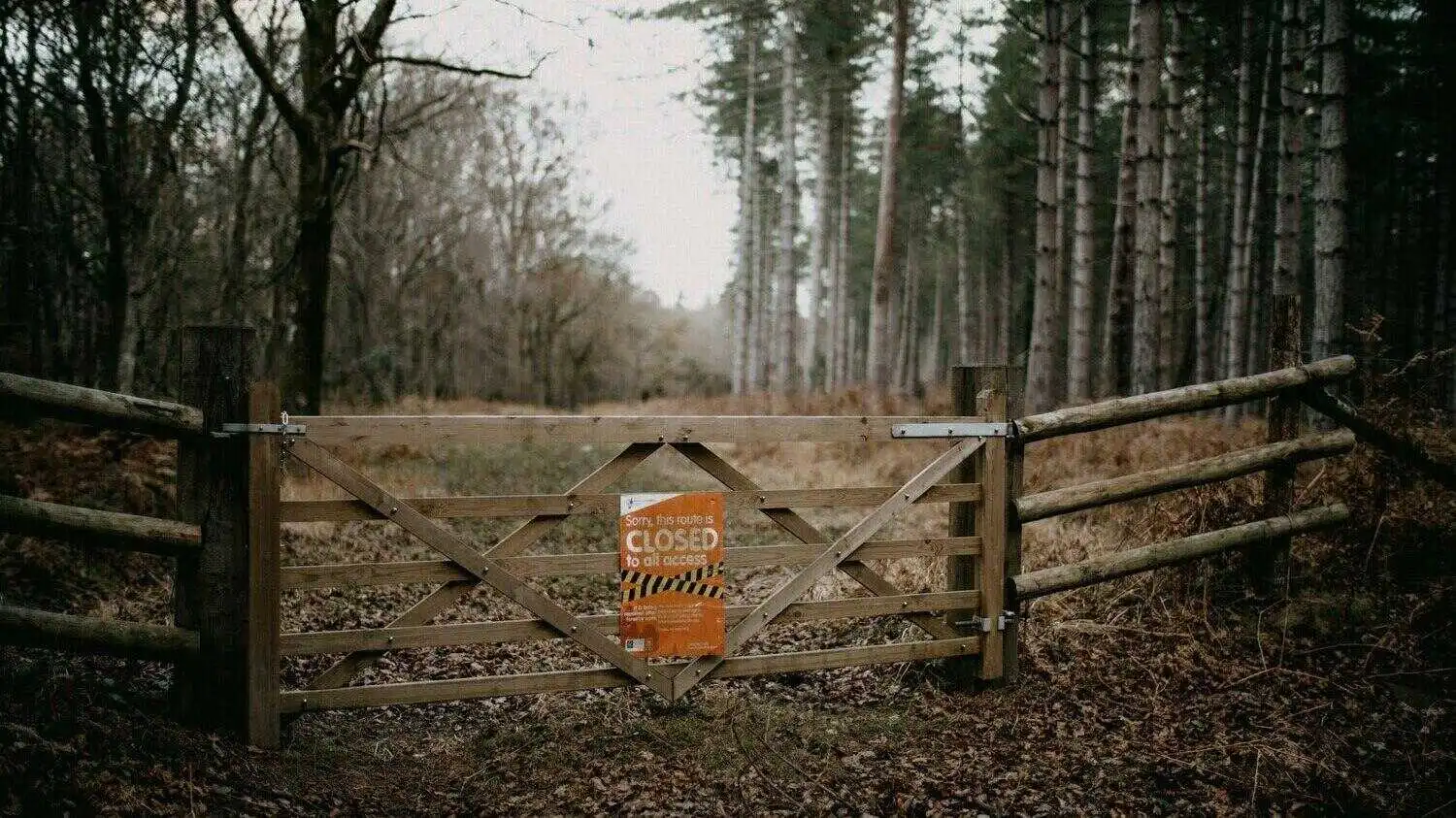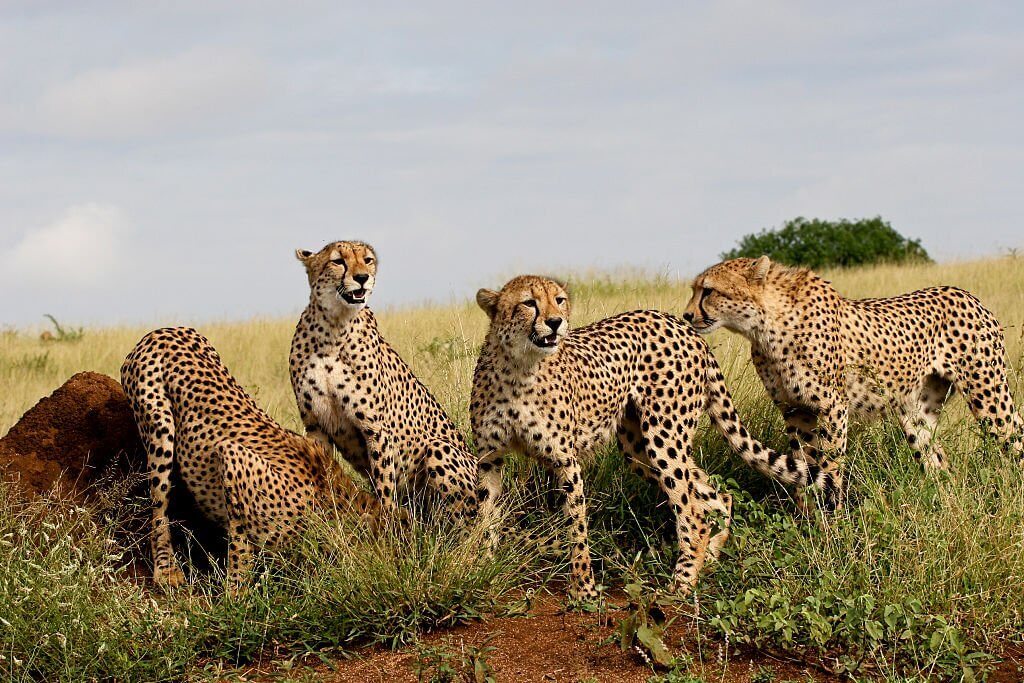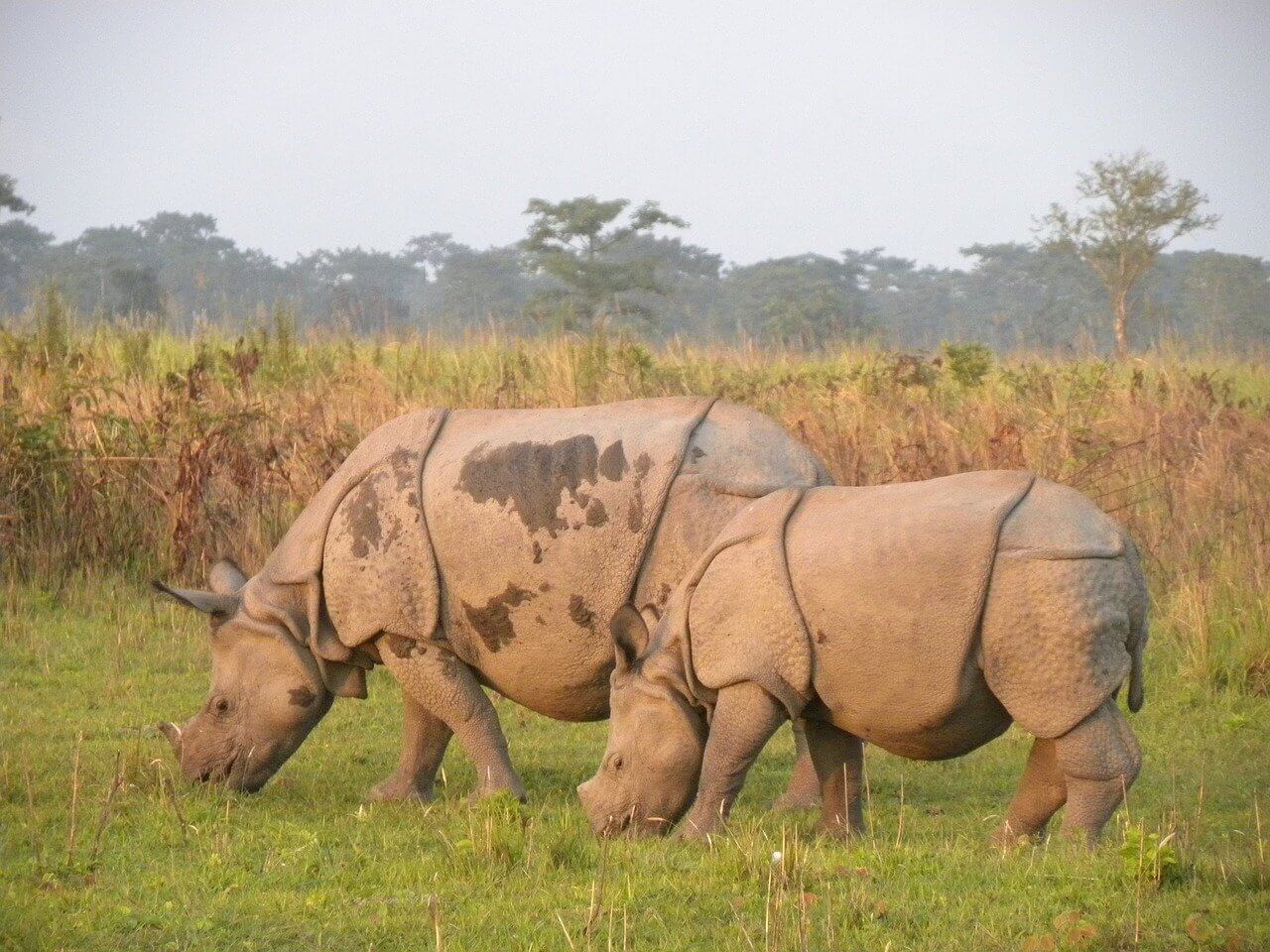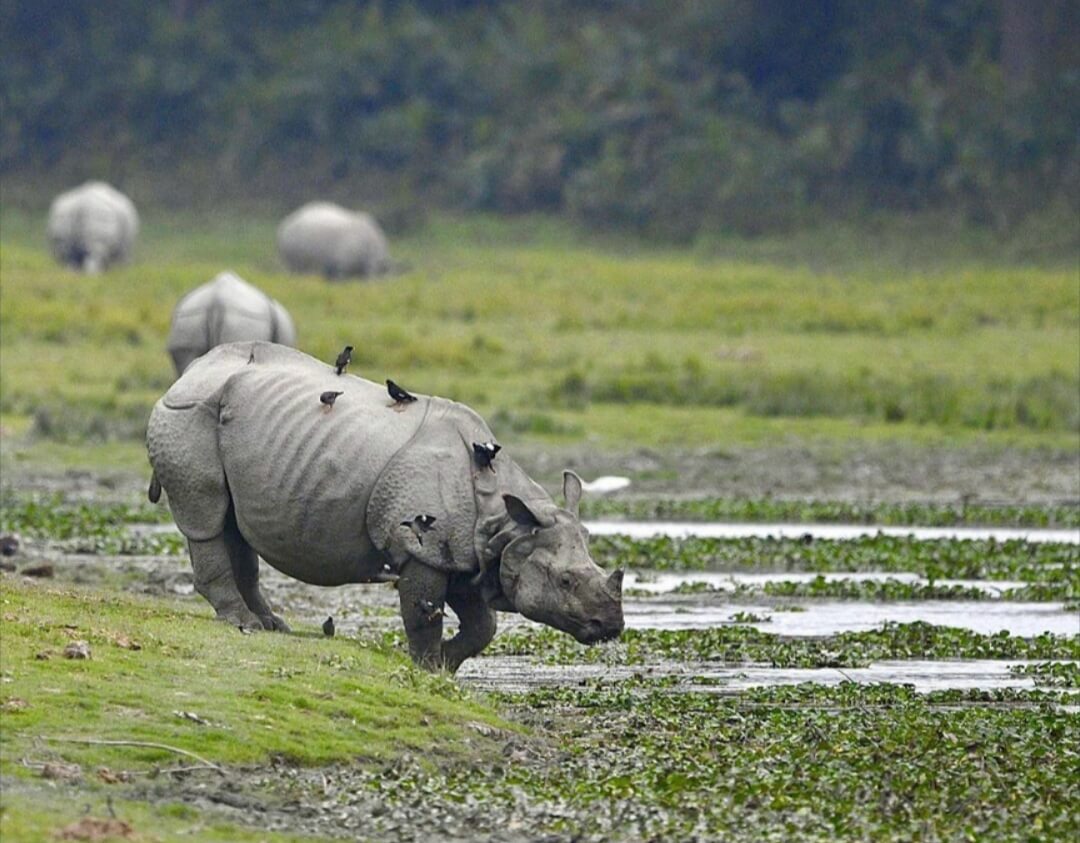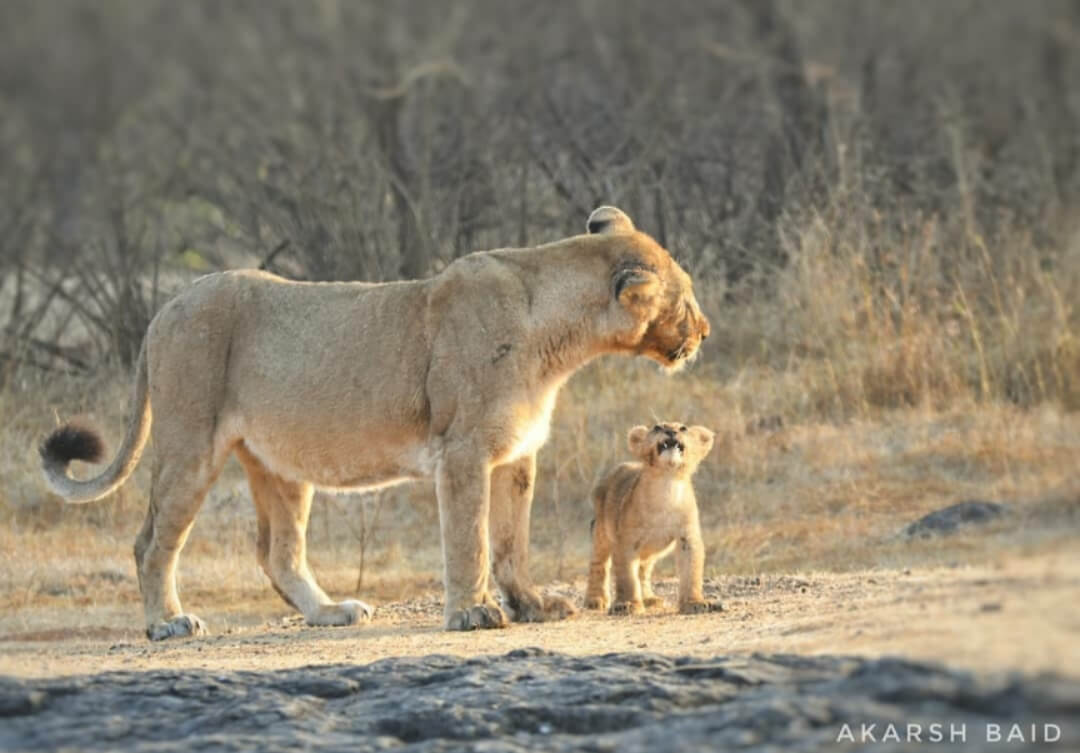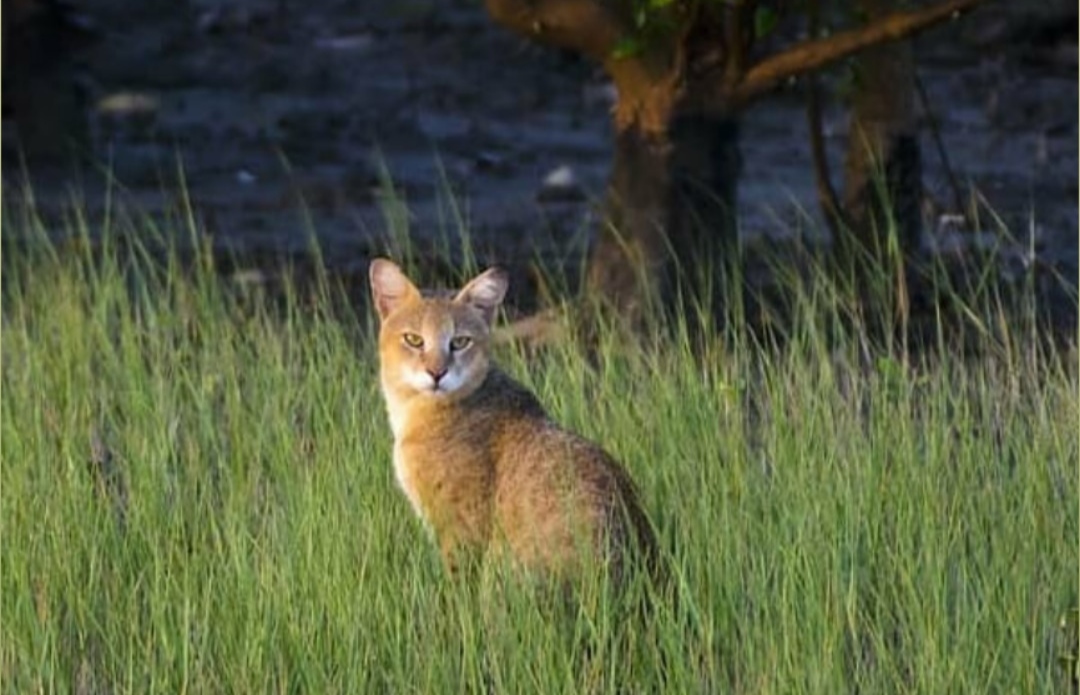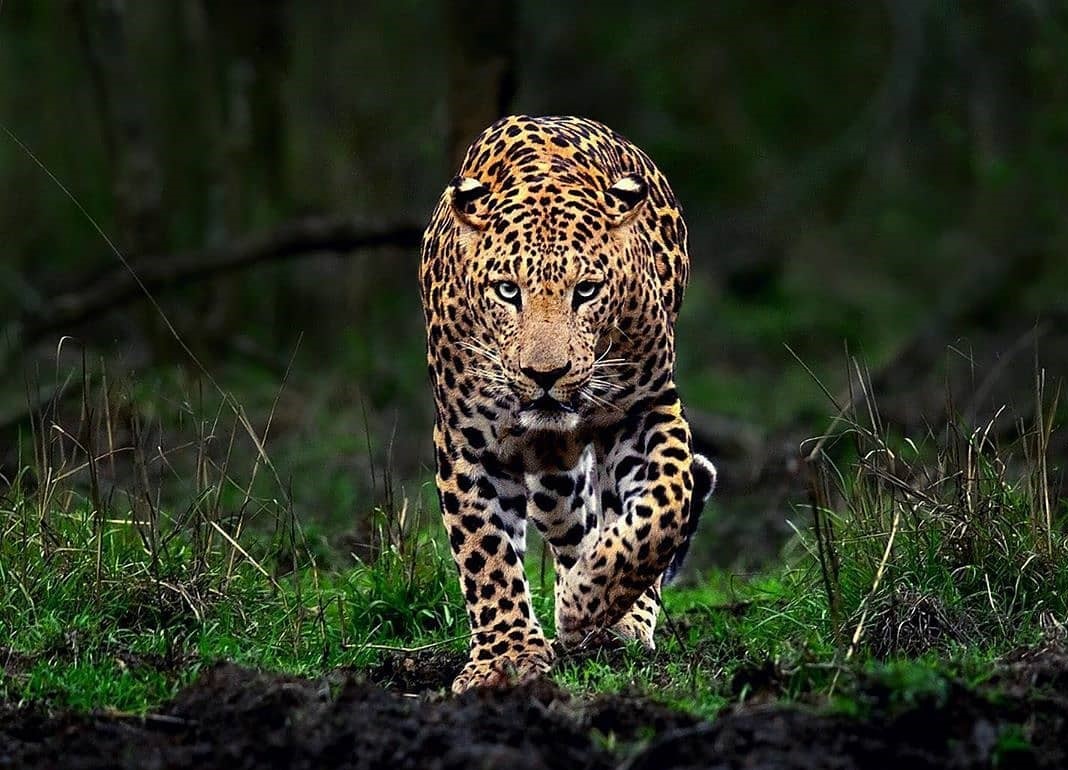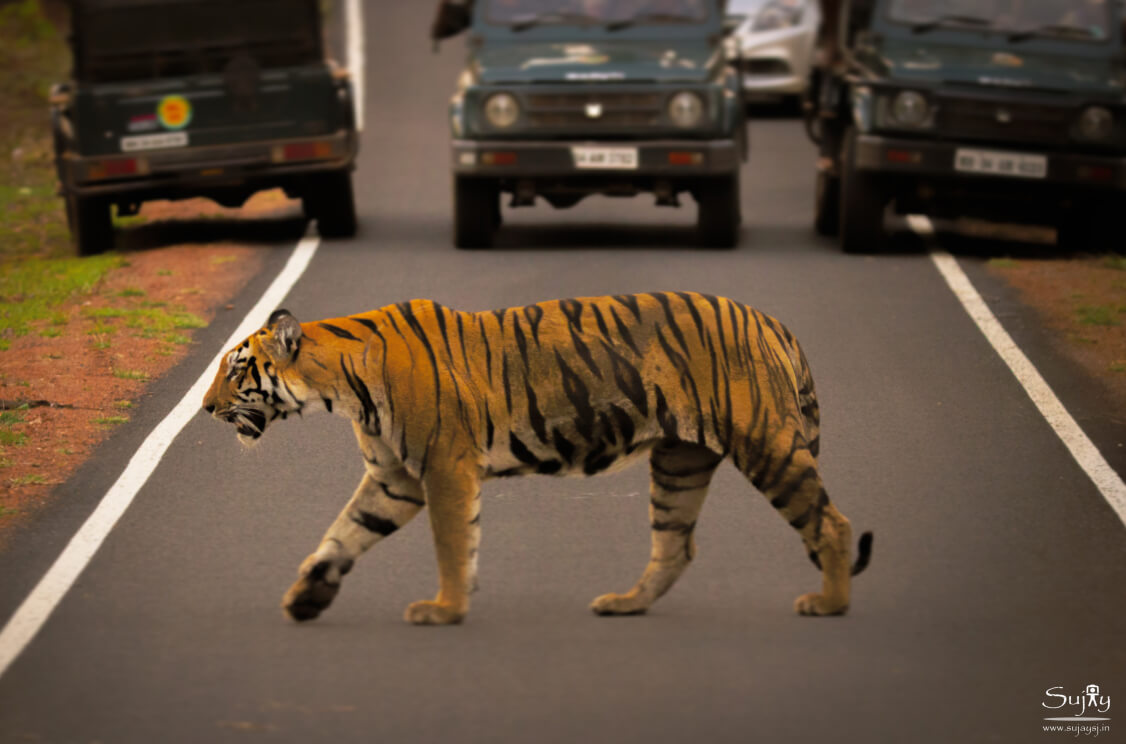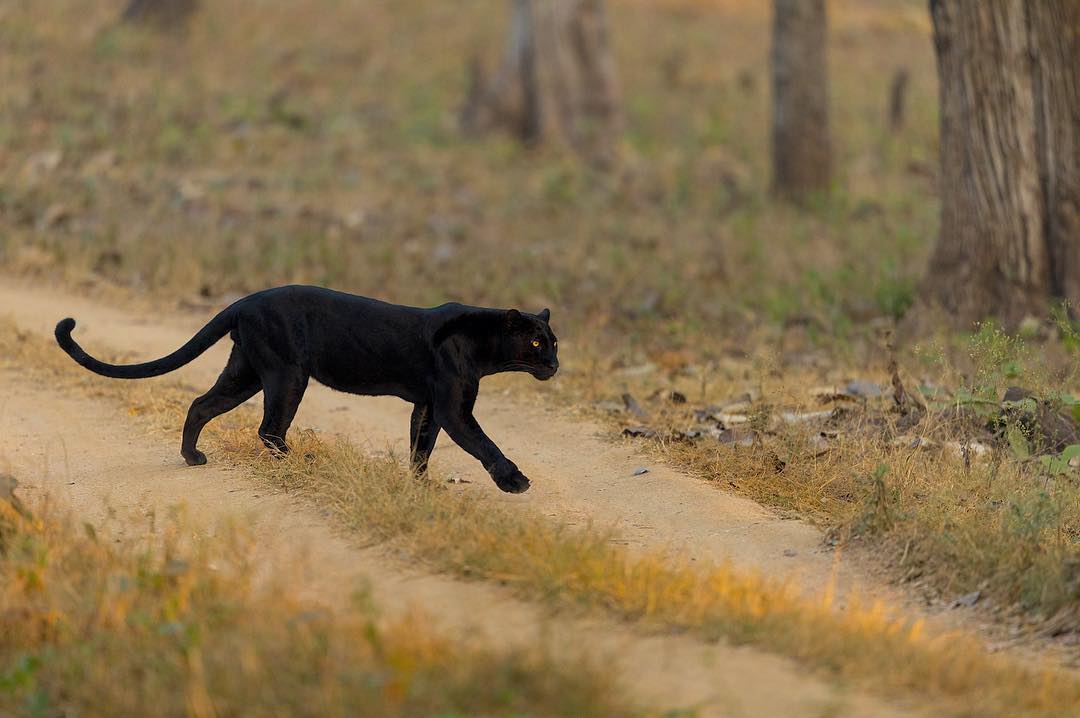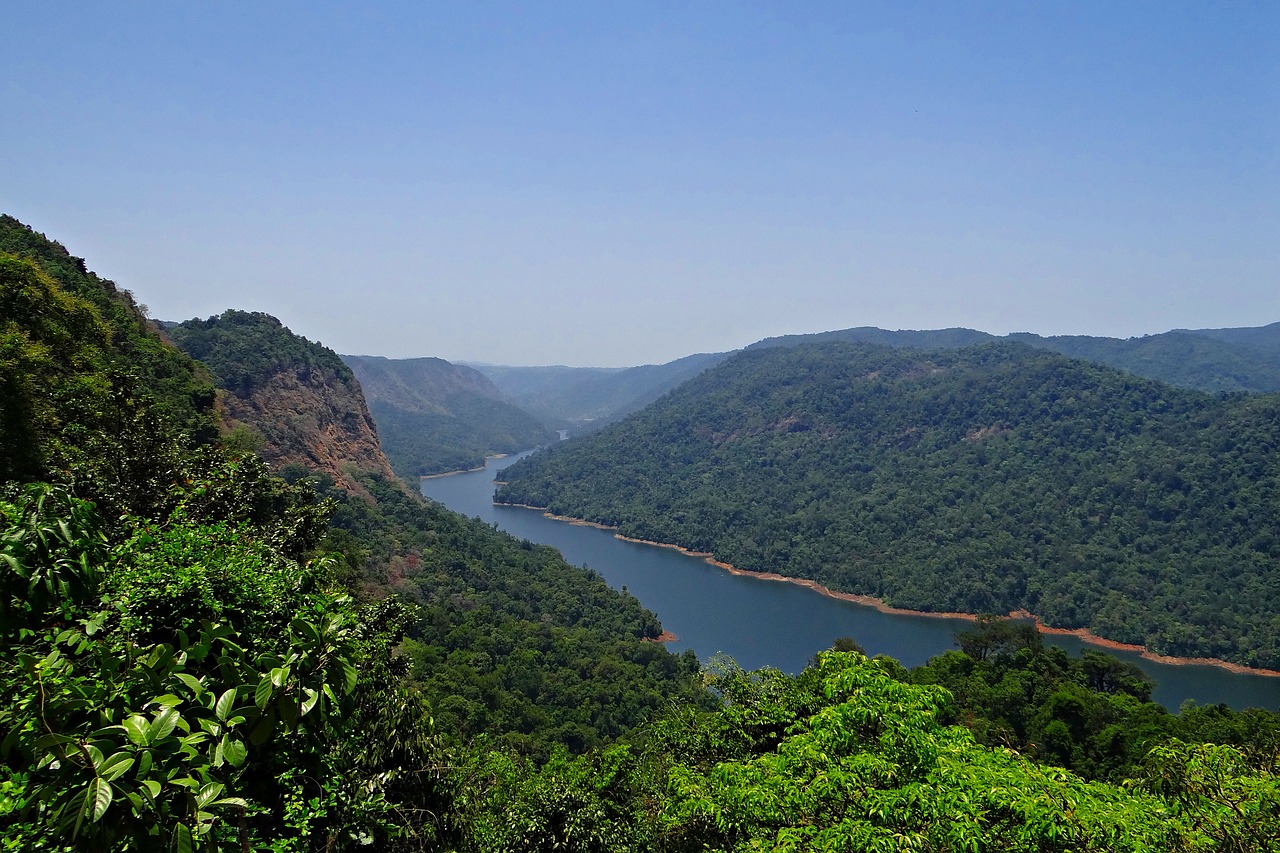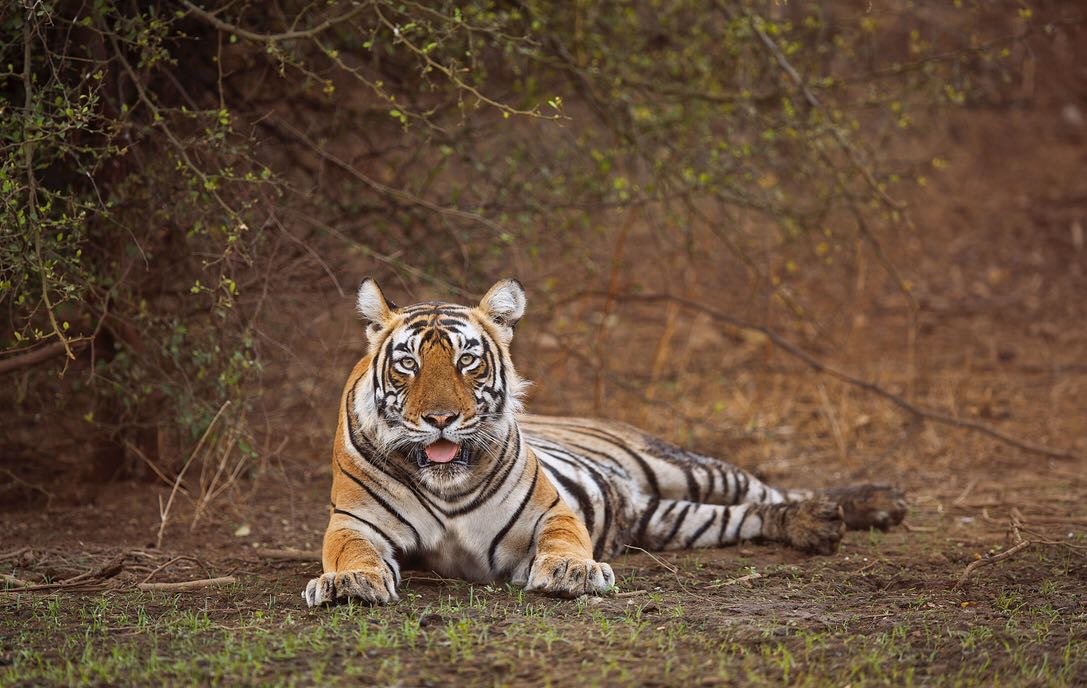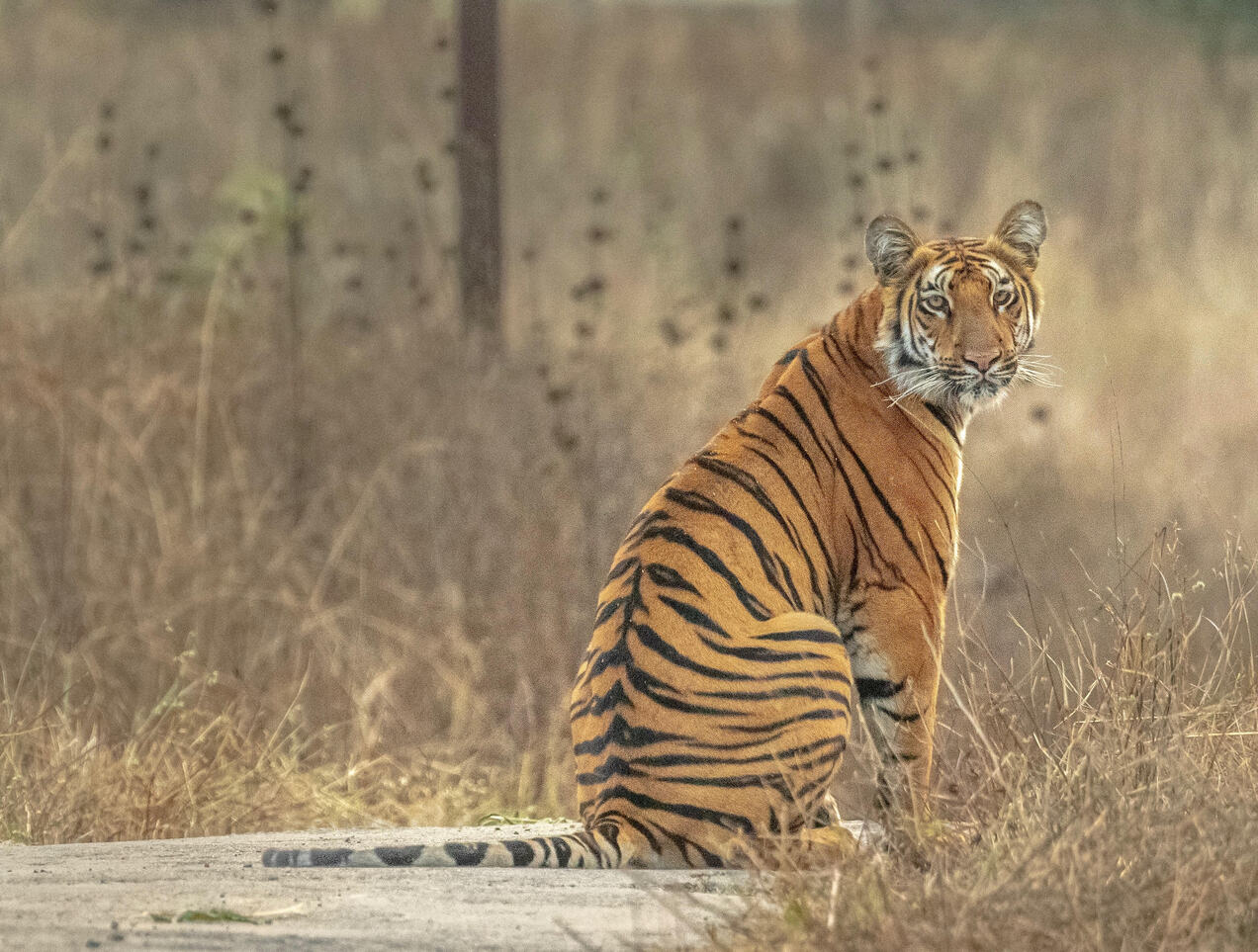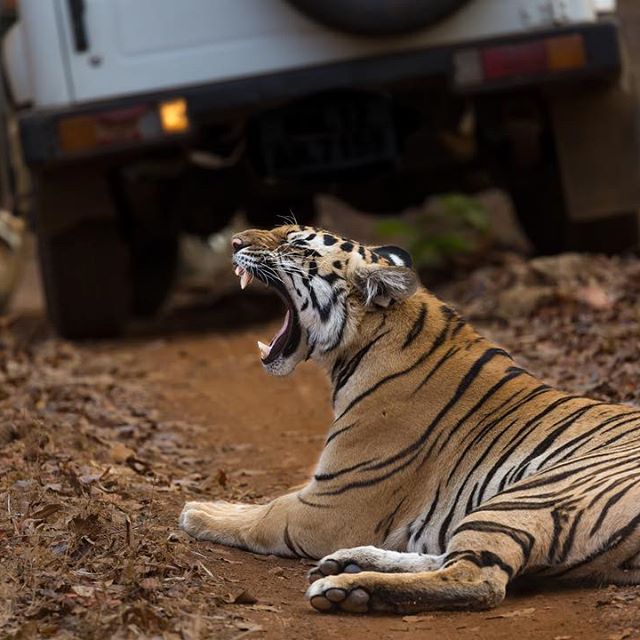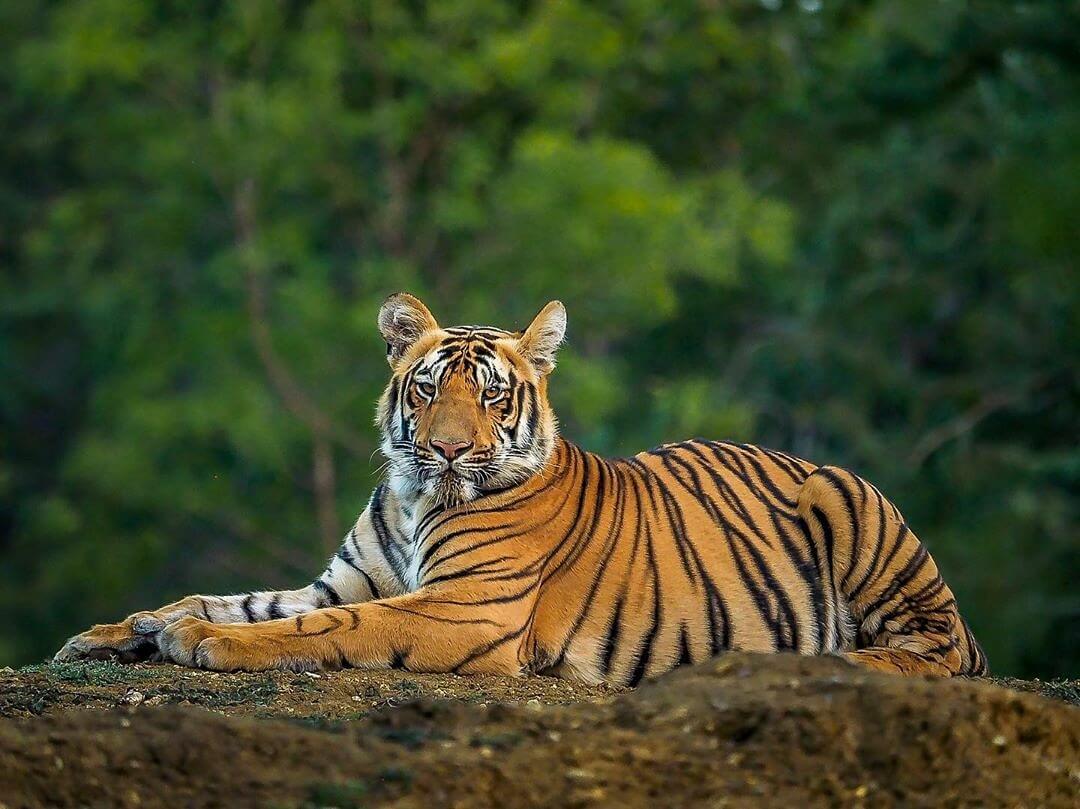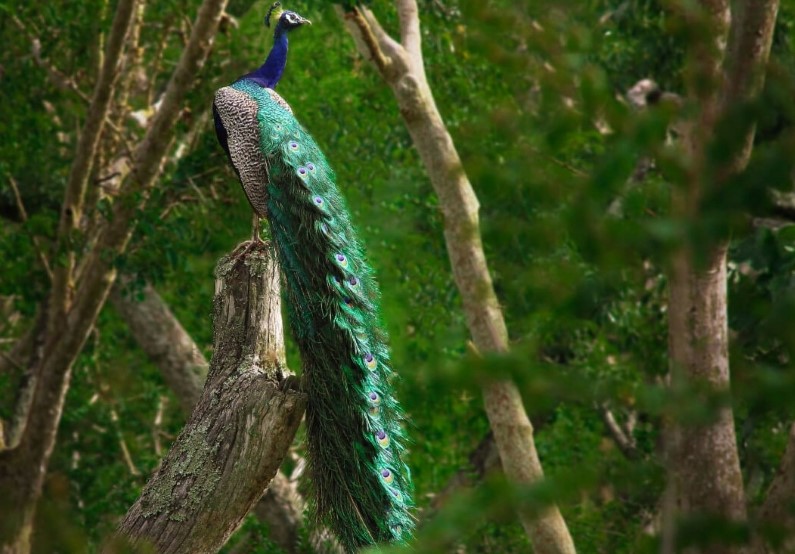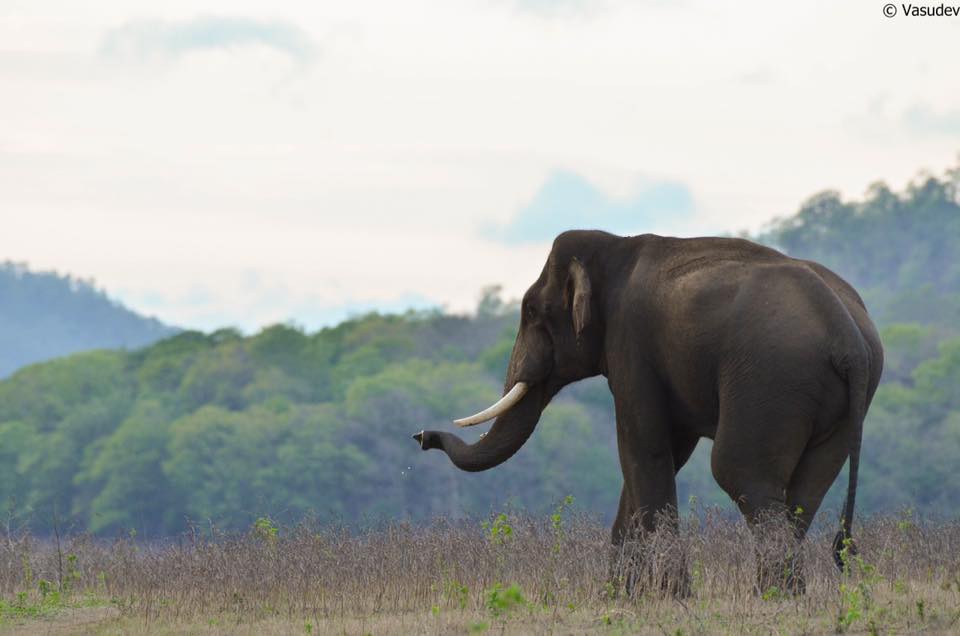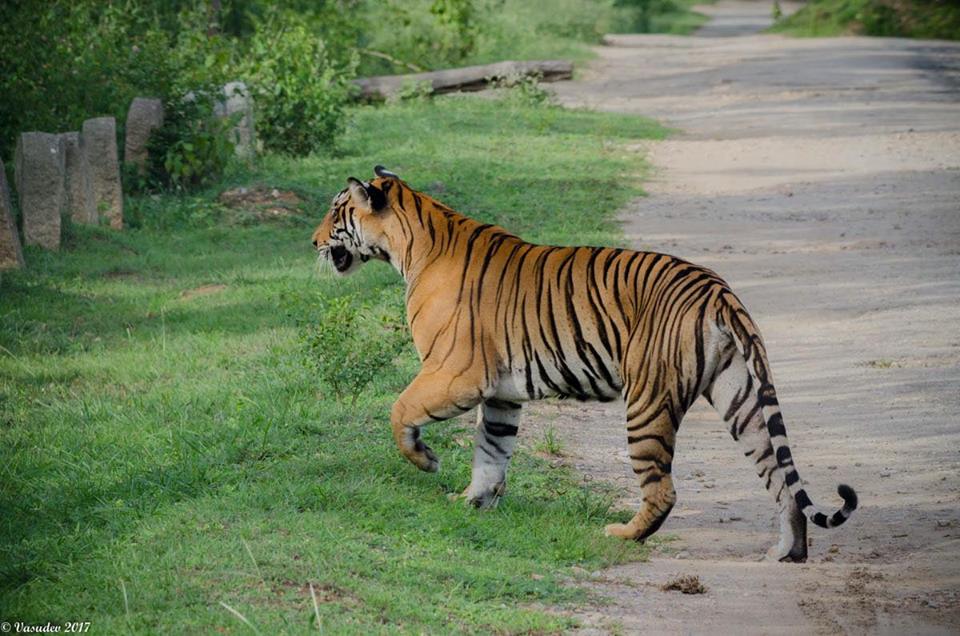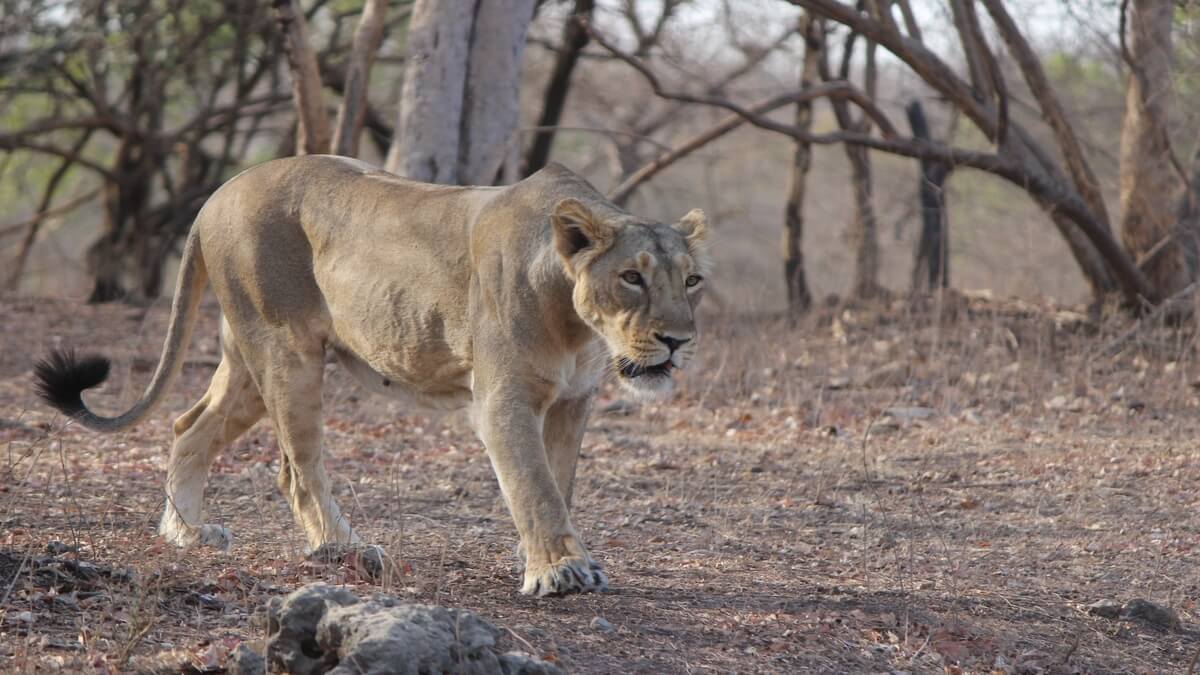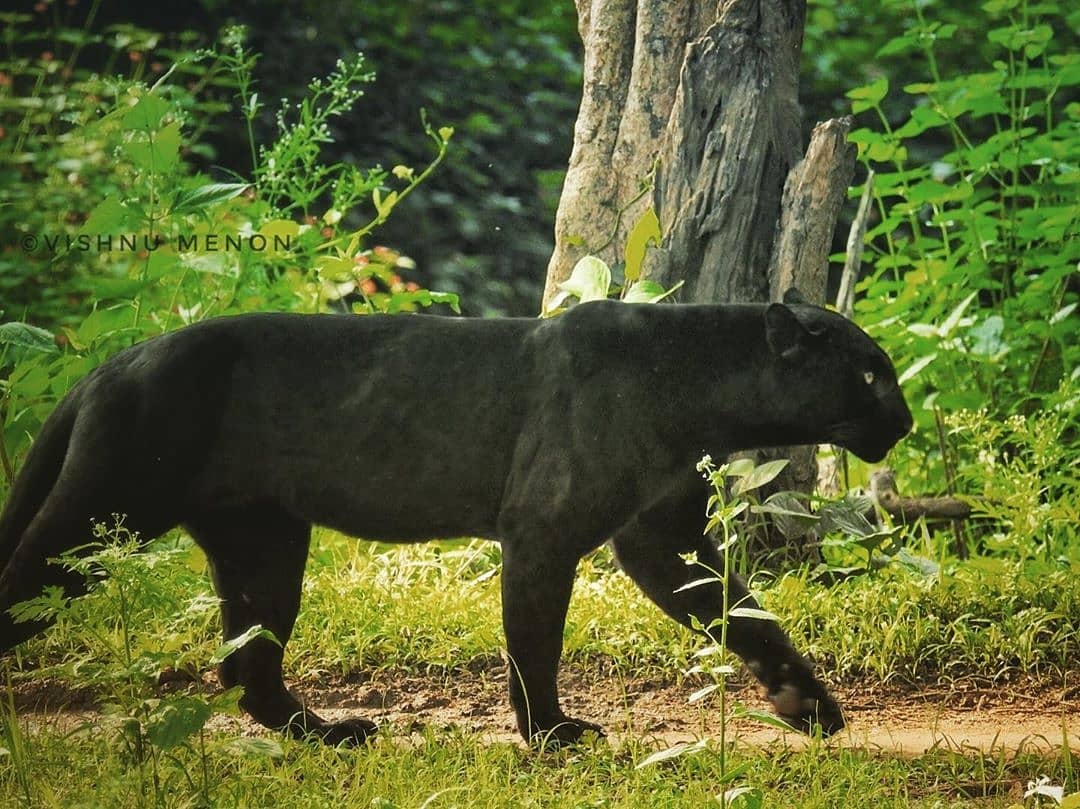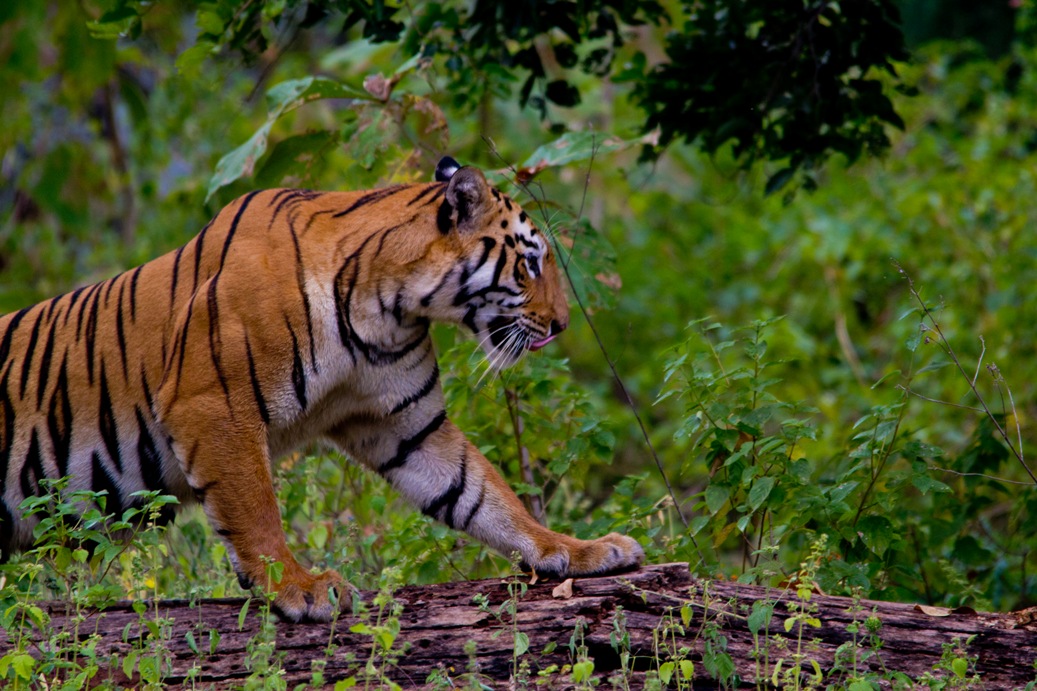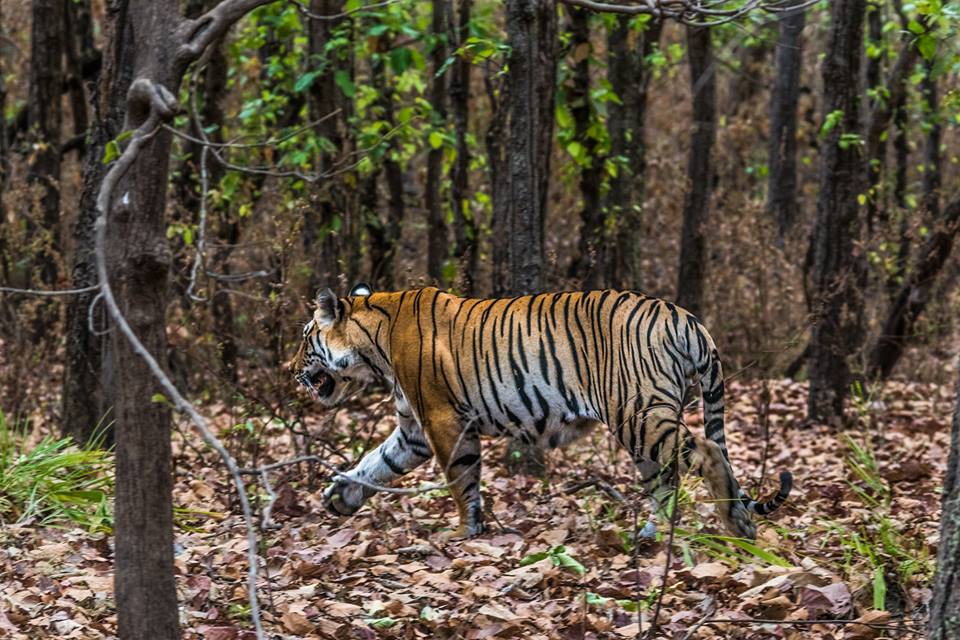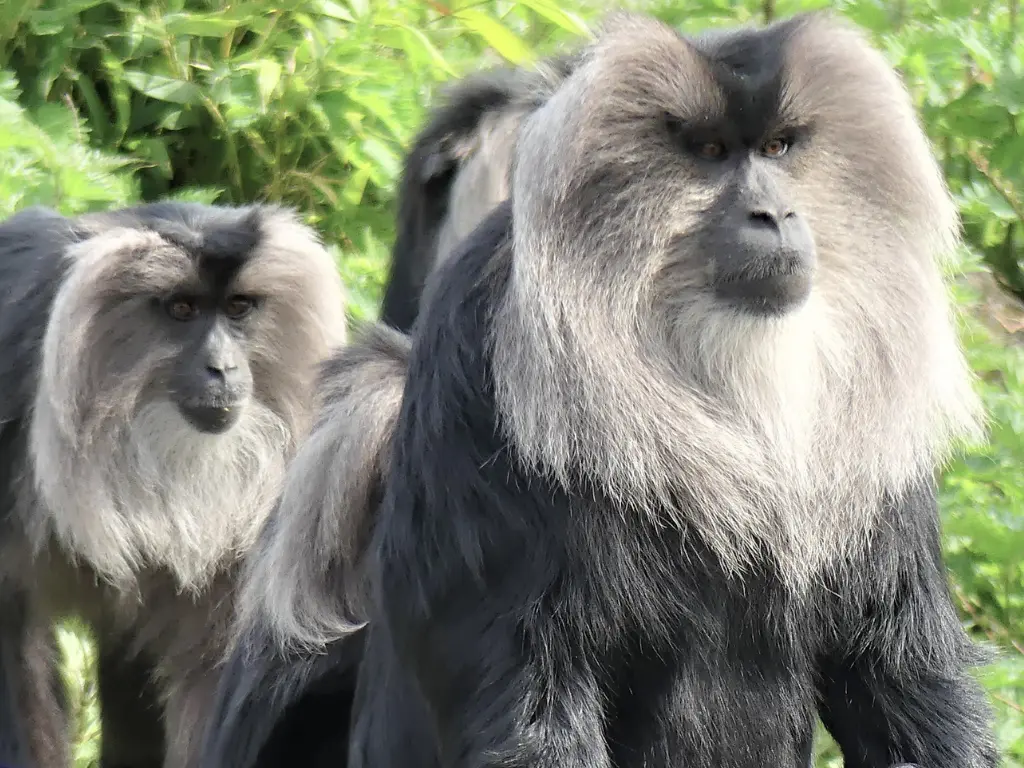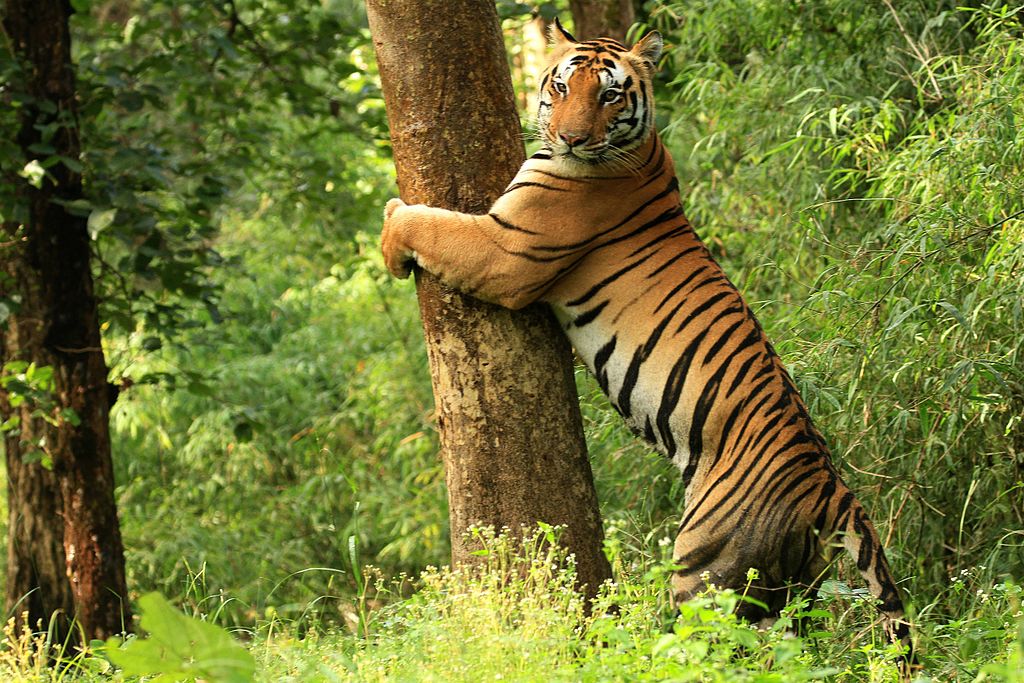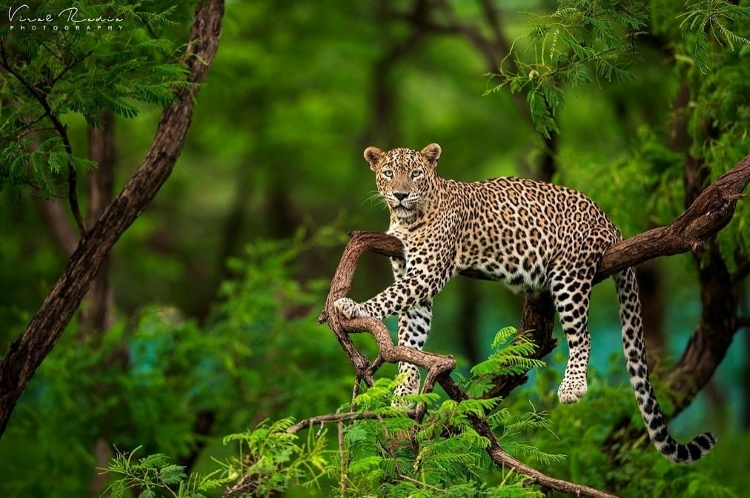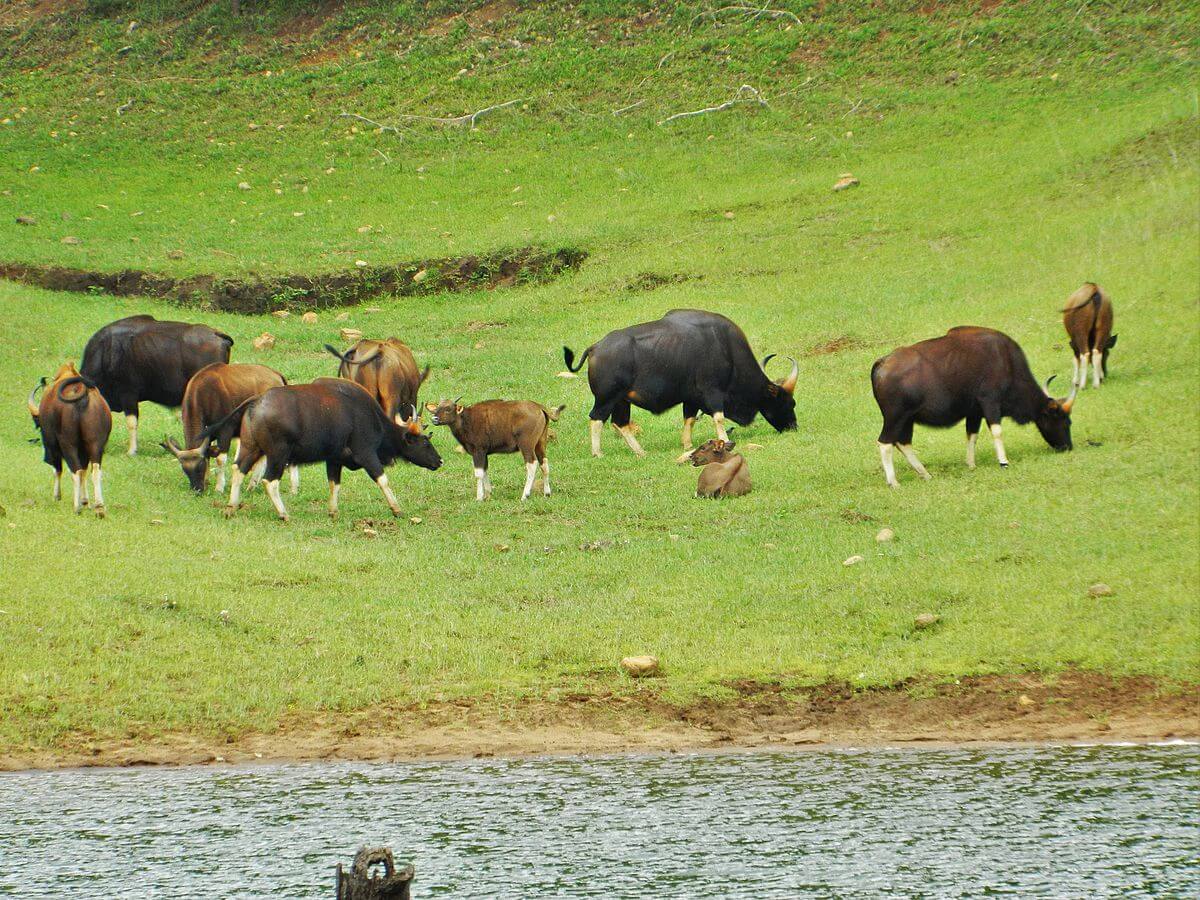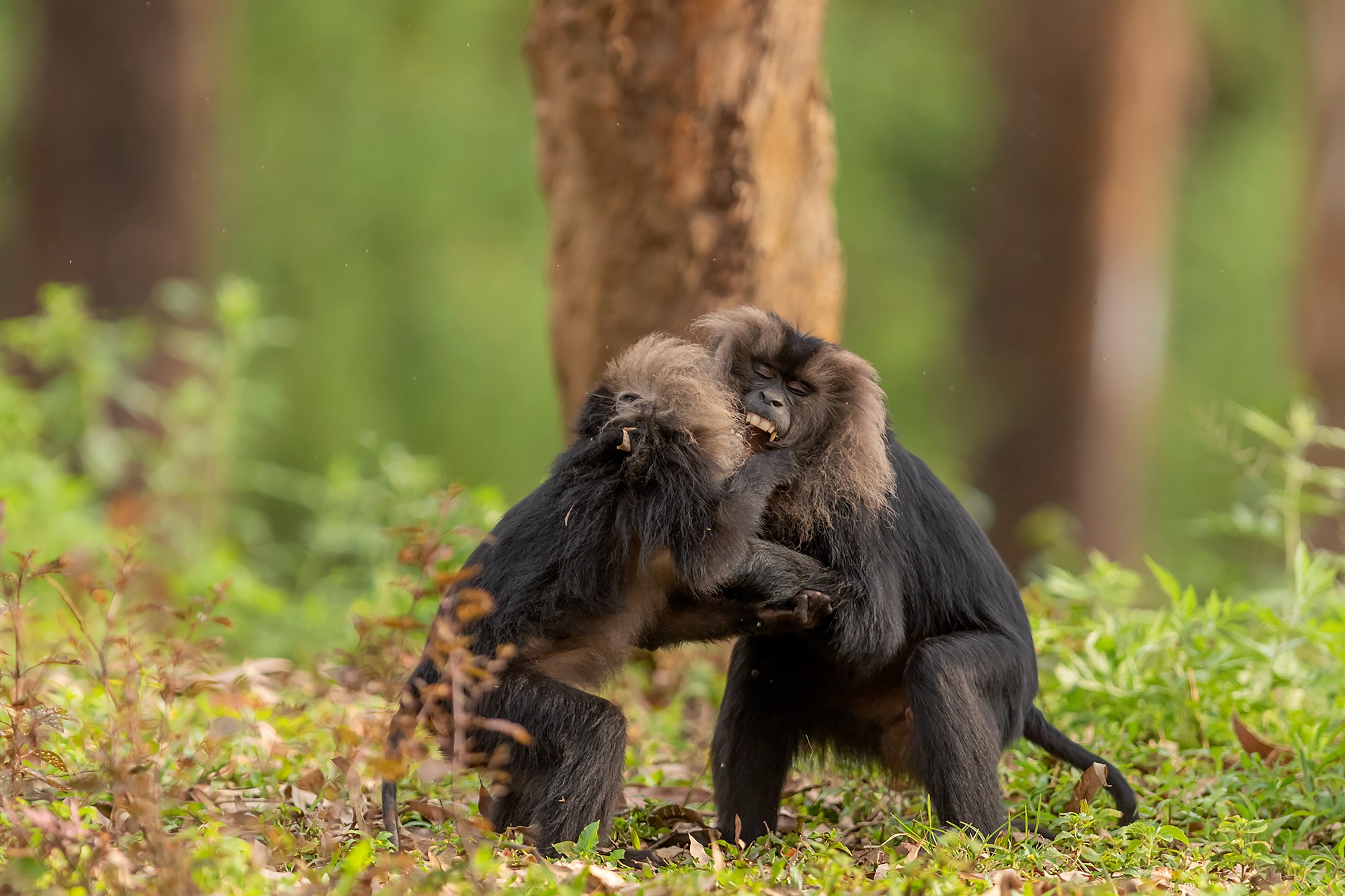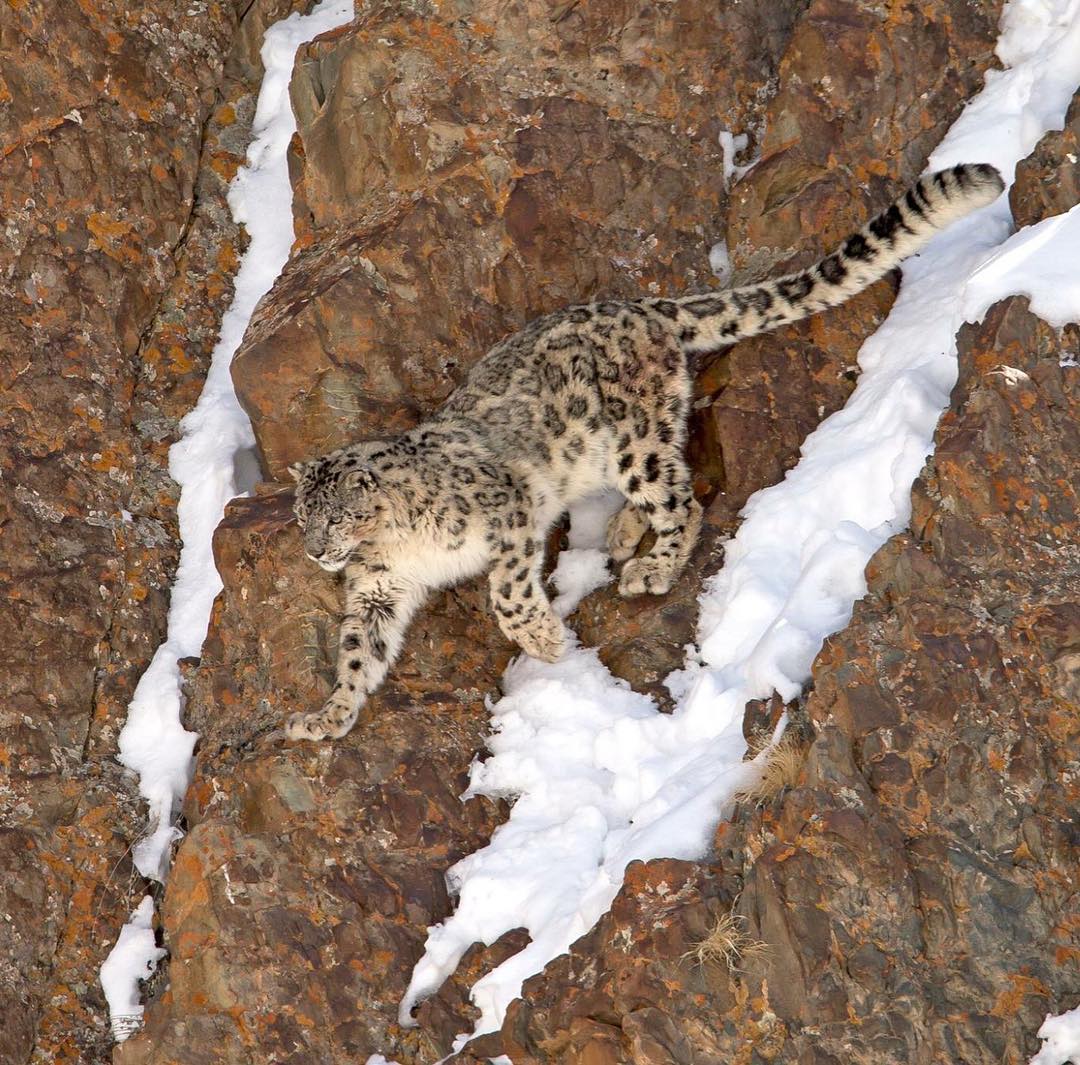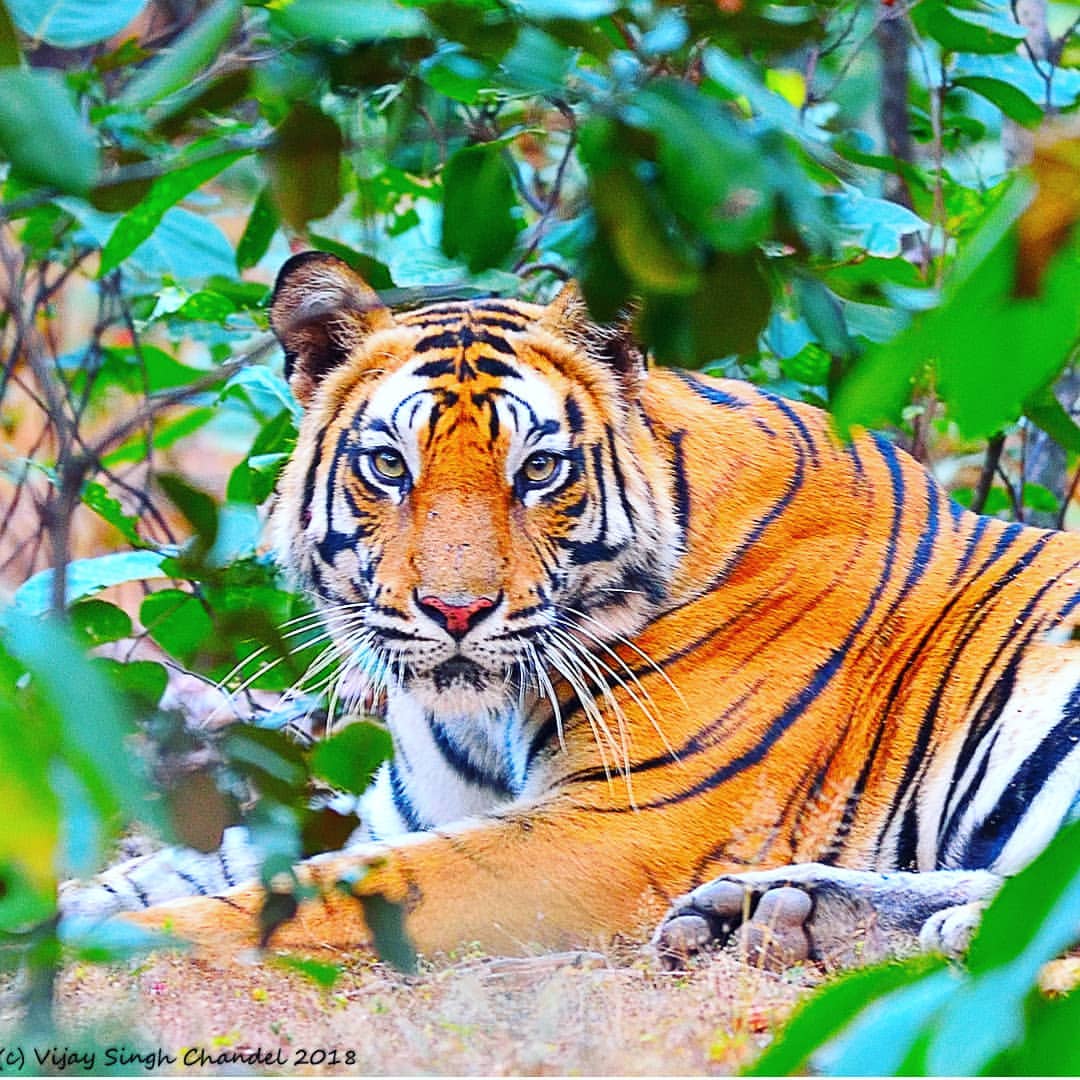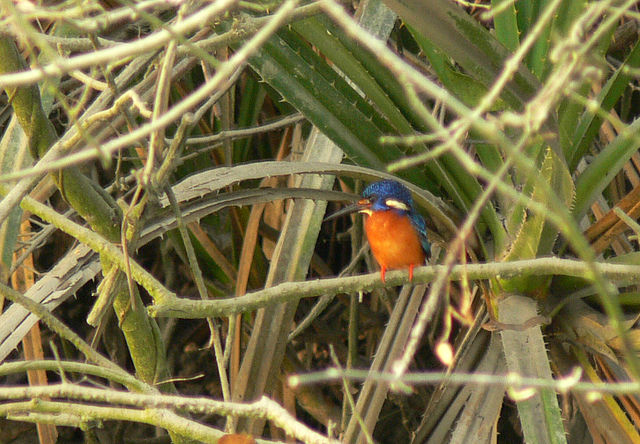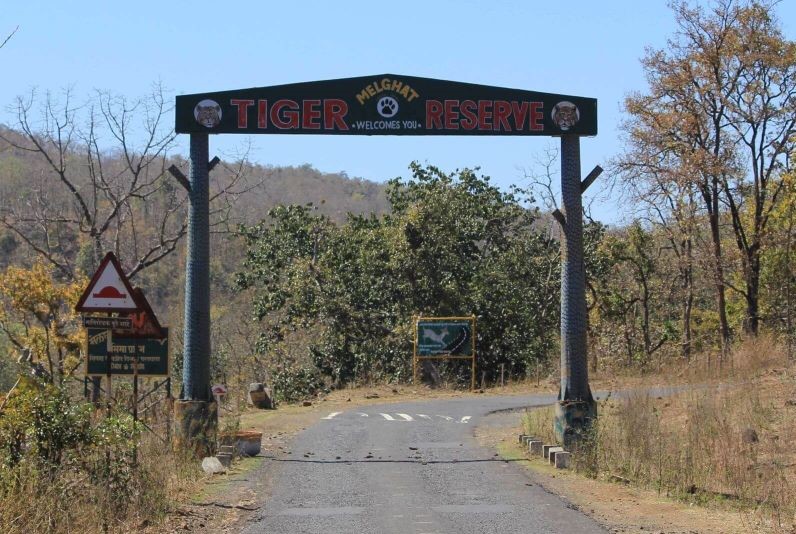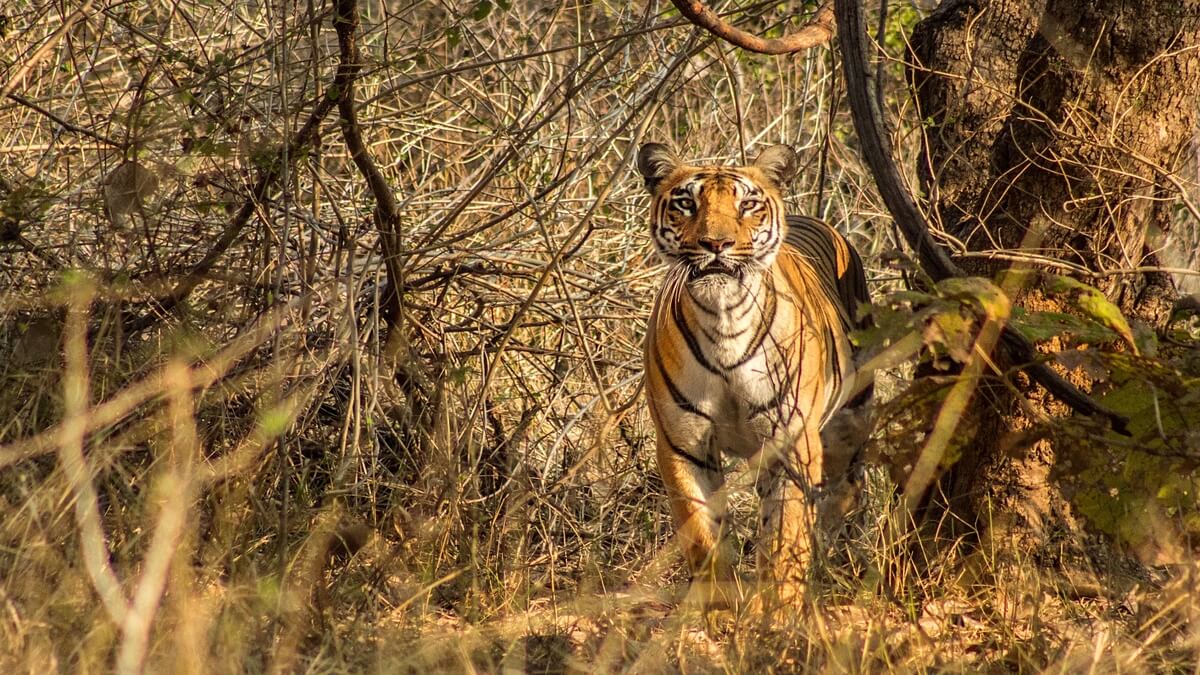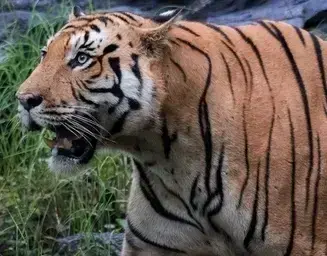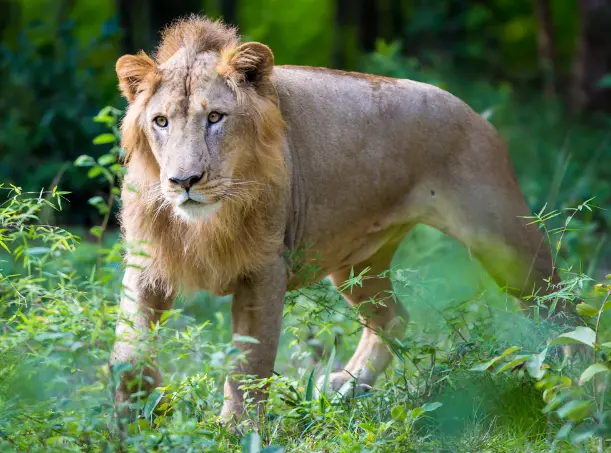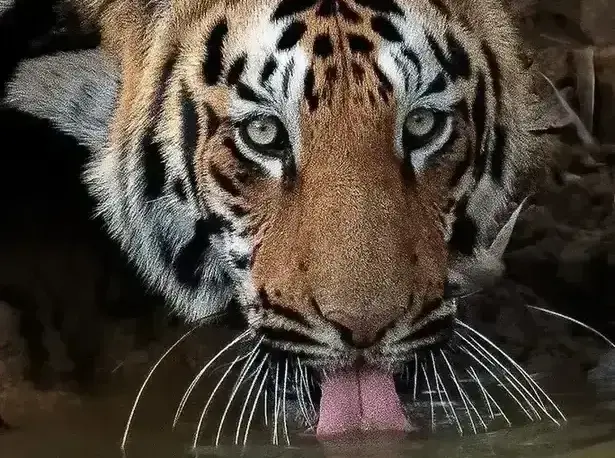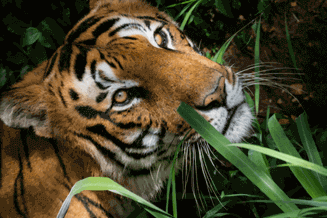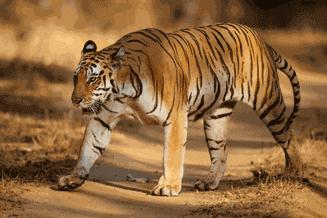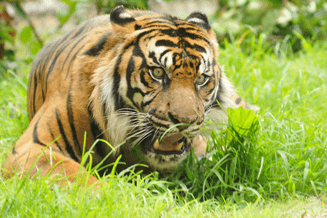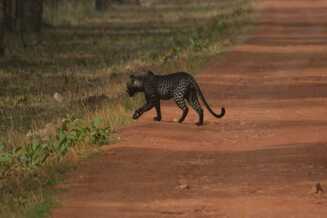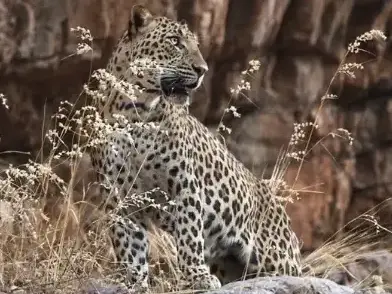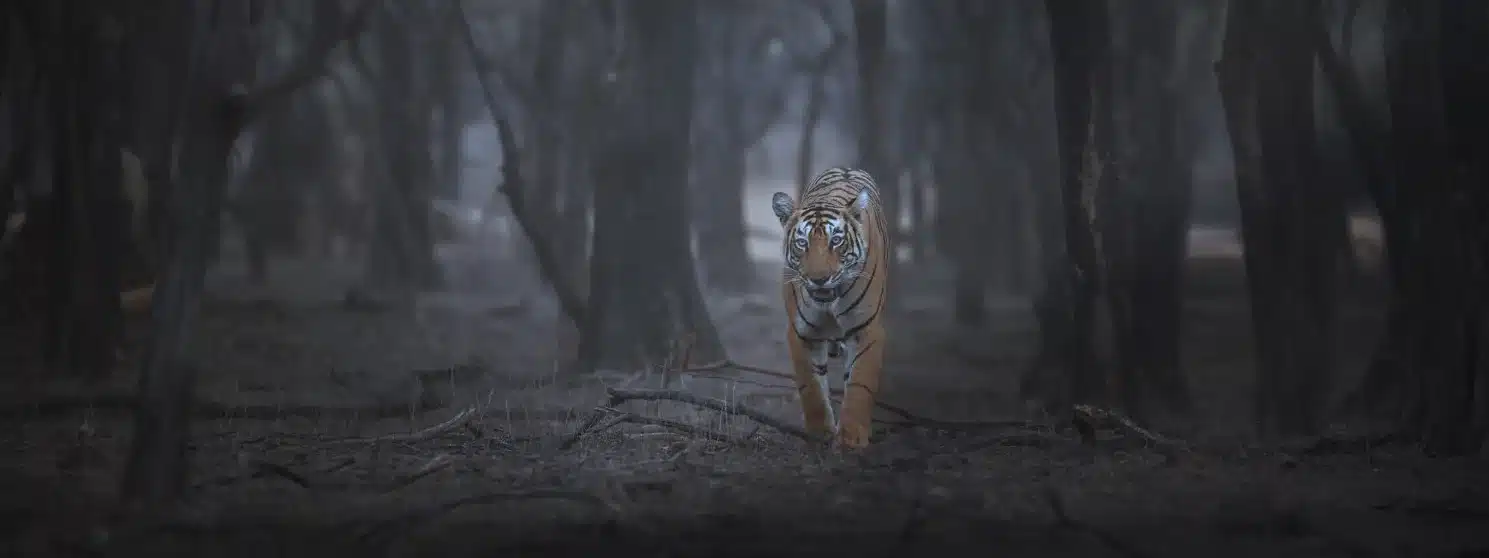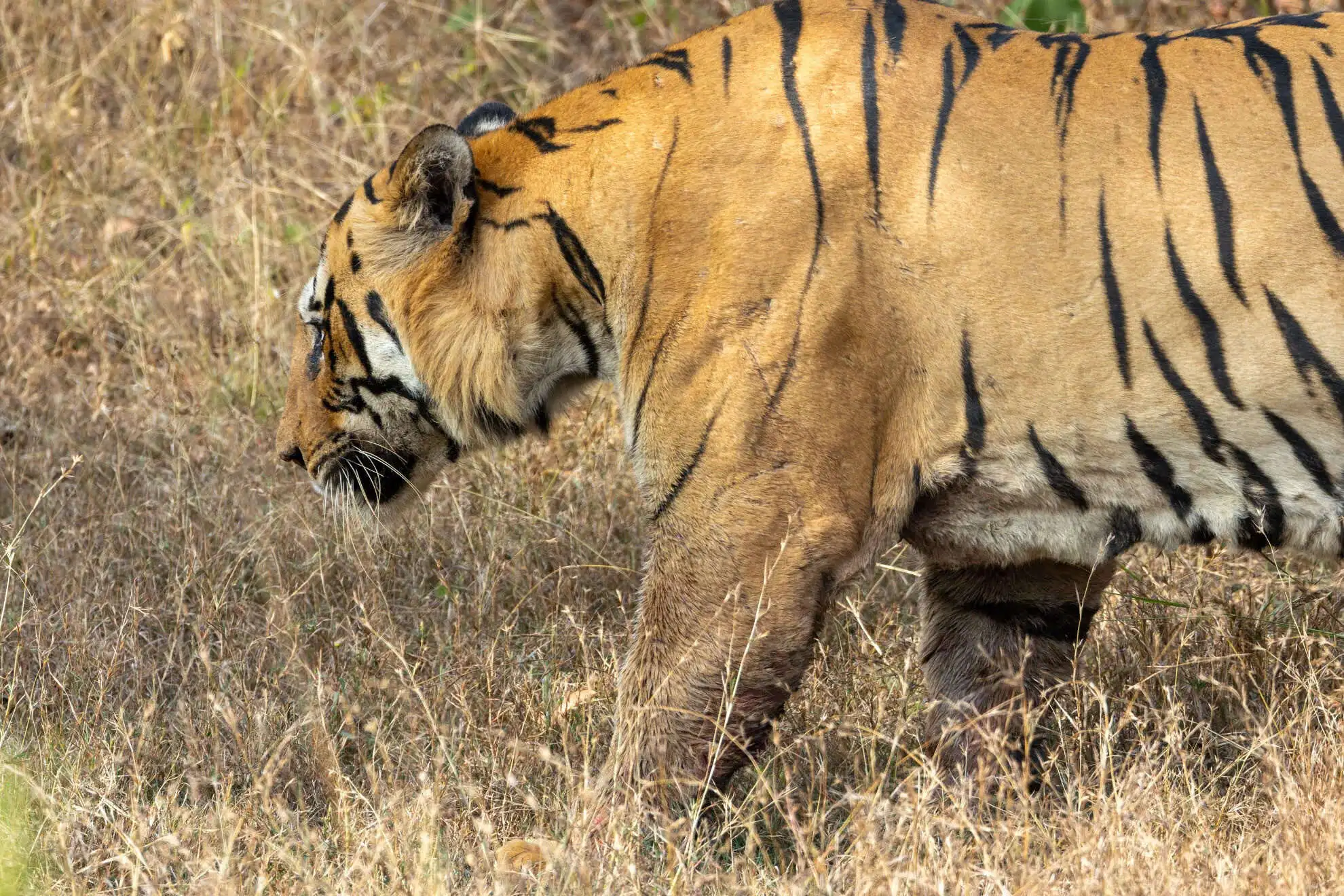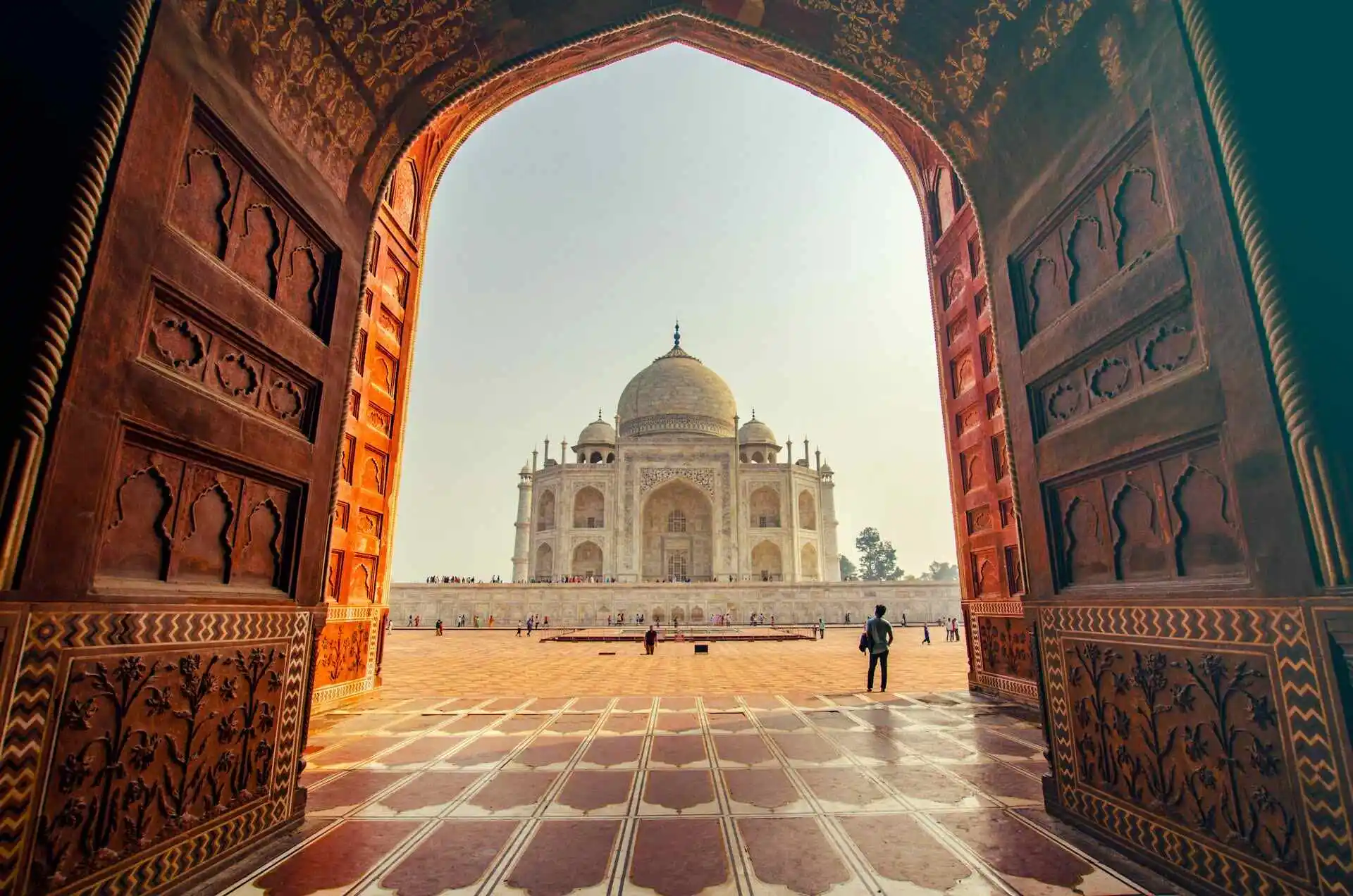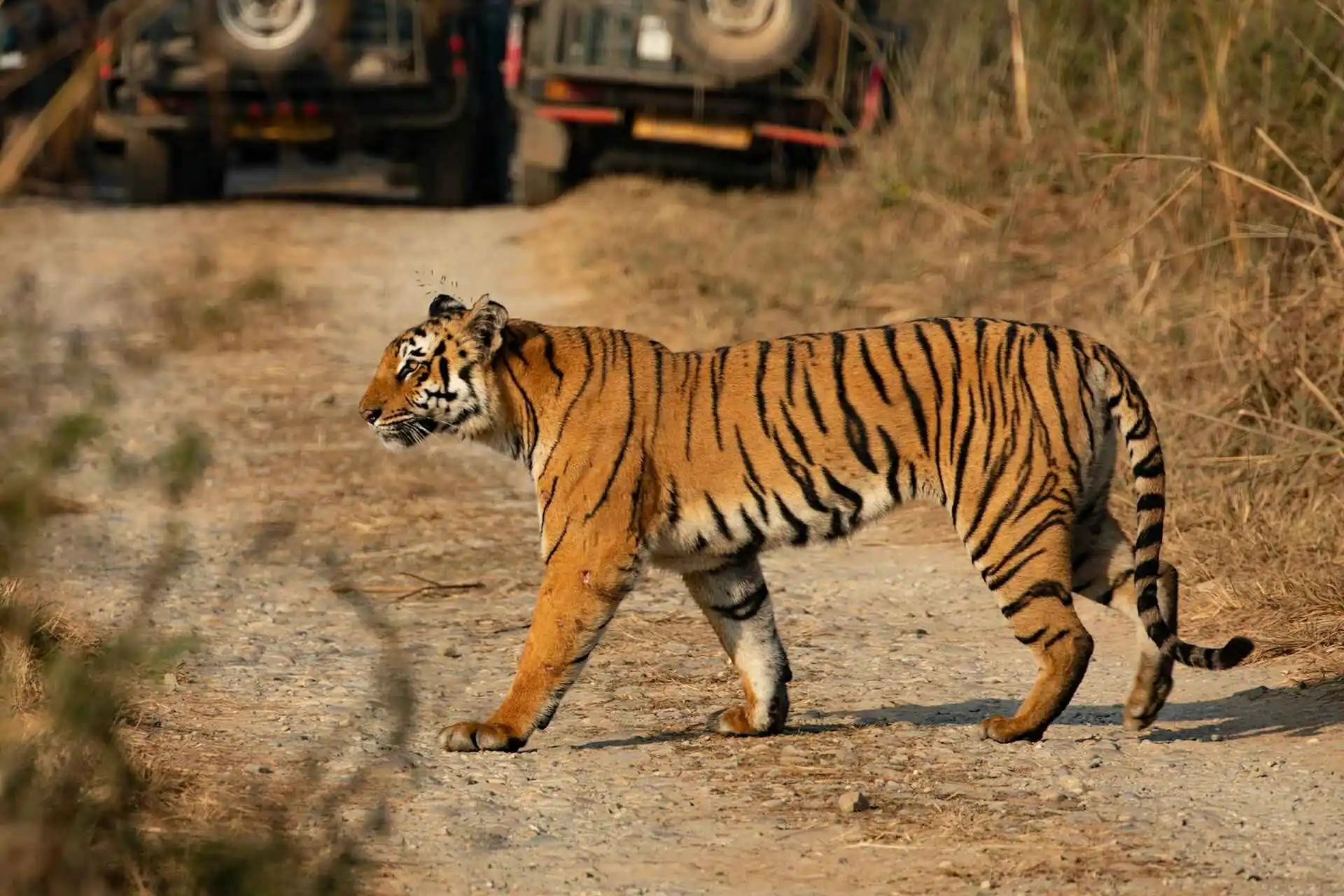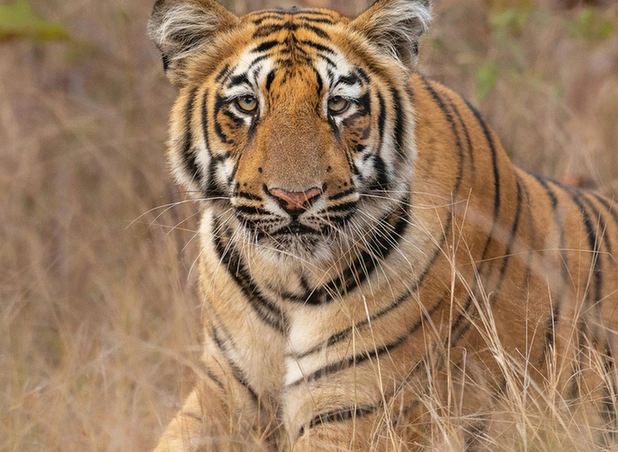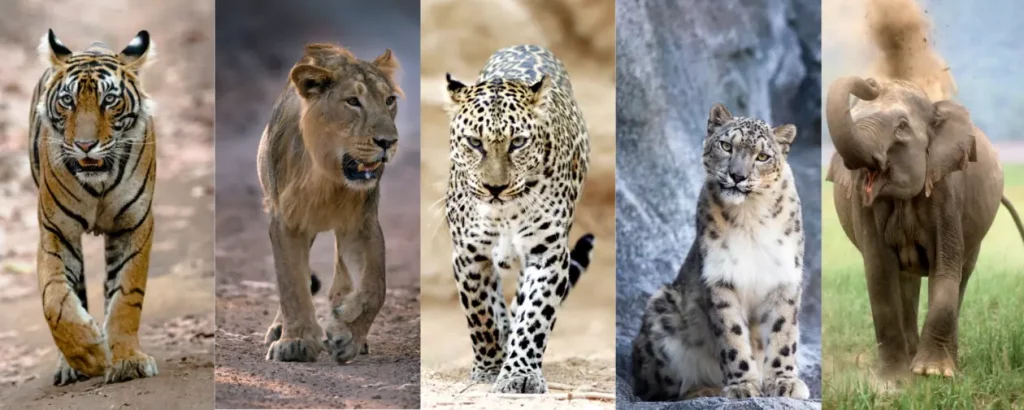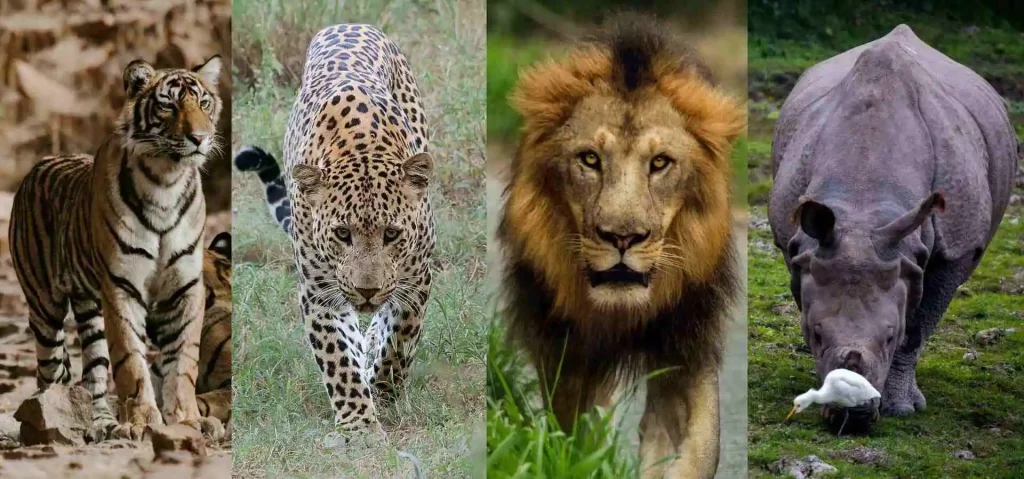India’s Avian Treasures
India’s diverse landscapes host over 1300 bird species, making it a paradise for birdwatchers. From the snow-capped Himalayas to coastal wetlands, the country offers incredible avian diversity. Among these feathered residents, some stand out for their striking appearance, rarity, or cultural significance. Here’s a look at six of India’s most remarkable birds that draw wildlife enthusiasts from across the globe.
Most Popular and Admired Birds of India
Himalayan Monal
Scientific name: Lophophorus impejanus
The male Himalayan Monal looks like it’s dressed for a royal ceremony. This pheasant sports a dazzling rainbow of metallic colors – iridescent blues, greens, and purples – complemented by a distinctive crest and a rusty-red tail. Females are more subdued with brown plumage for camouflage. These birds use their strong beaks to dig through soil for roots, tubers, and insects in the high-altitude forests.
Conservation status: Least Concern, but populations are declining due to habitat loss and hunting for their stunning feathers.
National parks/places to see:
- Great Himalayan National Park (Himachal Pradesh)
- Kedarnath Wildlife Sanctuary (Uttarakhand)
- Khangchendzonga National Park (Sikkim)
- Higher reaches of Neora Valley National Park (West Bengal).
Best time to see: April to May during their breeding season when males display to attract females, and October to November before heavy snowfall drives them to lower elevations.
Bengal Florican
Scientific name: Houbaropsis bengalensis
One of the rarest bustards in the world, the Bengal Florican is a grassland specialist with striking black and white plumage in males and cryptic brown coloration in females. During courtship, males perform spectacular jumping displays, leaping vertically into the air several times a minute. These ground-dwelling birds prefer undisturbed grasslands and avoid human presence.
Conservation status: Critically Endangered with fewer than 1000 birds remaining due to massive grassland habitat conversion to agriculture.
National parks/places to see:
- Manas National Park and Kaziranga National Park (Assam)
- Dudhwa National Park (Uttar Pradesh)
- Koshi Tappu Wildlife Reserve (Nepal border region).
Best time to see: February to April when males perform their breeding displays in the early morning and late afternoon.
Great Indian Bustard
Scientific name: Ardeotis nigriceps
Once a contender for India’s national bird, the Great Indian Bustard is a magnificent yet tragically endangered species. Standing around 1 meter tall with a wingspan of over 2 meters, these birds have a distinctive black crown contrasting with their pale neck and underparts. They walk with a proud, upright stance across their arid grassland habitats.
Conservation status: Critically Endangered with fewer than 150 birds remaining in the wild, threatened by habitat loss, power lines, and hunting.
National parks/places to see:
- Desert National Park (Rajasthan),
- Kutch Bustard Sanctuary (Gujarat)
- limited populations in Rollapadu Wildlife Sanctuary (Andhra Pradesh).
Best time to see: October to March when temperatures are milder in their desert habitats, with breeding displays occurring during the monsoon period.
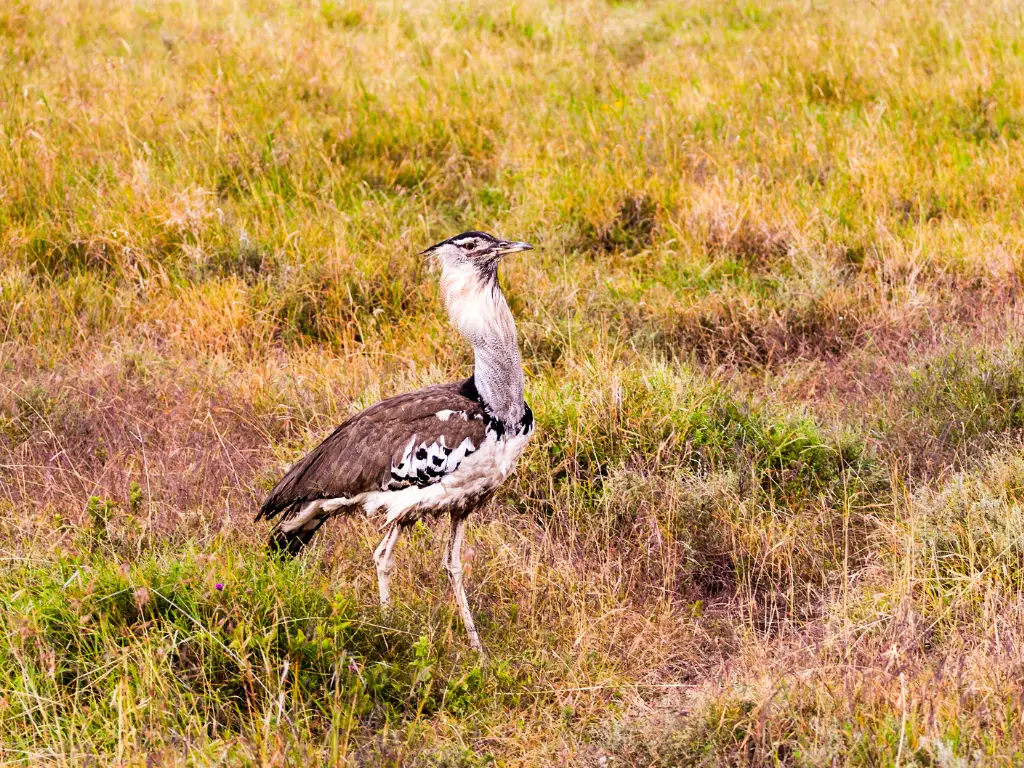
Indian Paradise Flycatcher
Scientific name: Terpsiphone paradisi
One of India’s most enchanting birds, the male Indian Paradise Flycatcher sports streamers – elongated central tail feathers that can reach 30 cm in length. Adult males have a striking black head with chestnut upperparts and white underparts, though some morphs are entirely white. These birds flit gracefully through the forest, catching insects on the wing.
Conservation status: Least Concern, though local populations face pressure from habitat fragmentation.
National parks/places to see:
- Widely distributed across India in Kanha National Park (Madhya Pradesh)
- Bandhavgarh National Park (Madhya Pradesh)
- Thattekad Bird Sanctuary (Kerala)
- Chinnar Wildlife Sanctuary (Kerala).
Best time to see: March to July during their breeding season when males display their spectacular tails and engage in aerial displays.
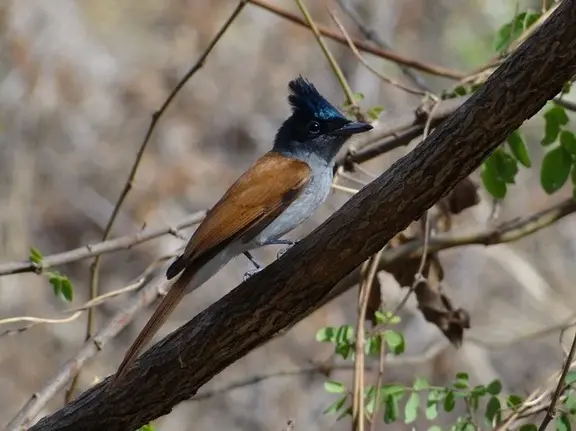
Oriental Dwarf Kingfisher
Scientific name: Ceyx erithaca
Often called the “Jewel of the Forest,” this tiny kingfisher (just 13 cm long) sports a dazzling combination of orange, purple, and electric blue plumage. Despite its name, it often hunts far from water, catching insects, small lizards, and frogs in dense forests. Its brilliant colors make it appear almost unreal when spotted in the undergrowth.
Conservation status: Least Concern globally, but local populations are declining due to habitat loss.
National parks/places to see:
- Western Ghats, particularly in Thattekad Bird Sanctuary (Kerala)
- Agumbe Rainforest (Karnataka)
- Silent Valley National Park (Kerala)
- Bhagwan Mahavir Wildlife Sanctuary (Goa).
Best time to see: June to September during monsoon season when they breed in the Western Ghats.
Know More About Oriental Dwraf Kingfisher
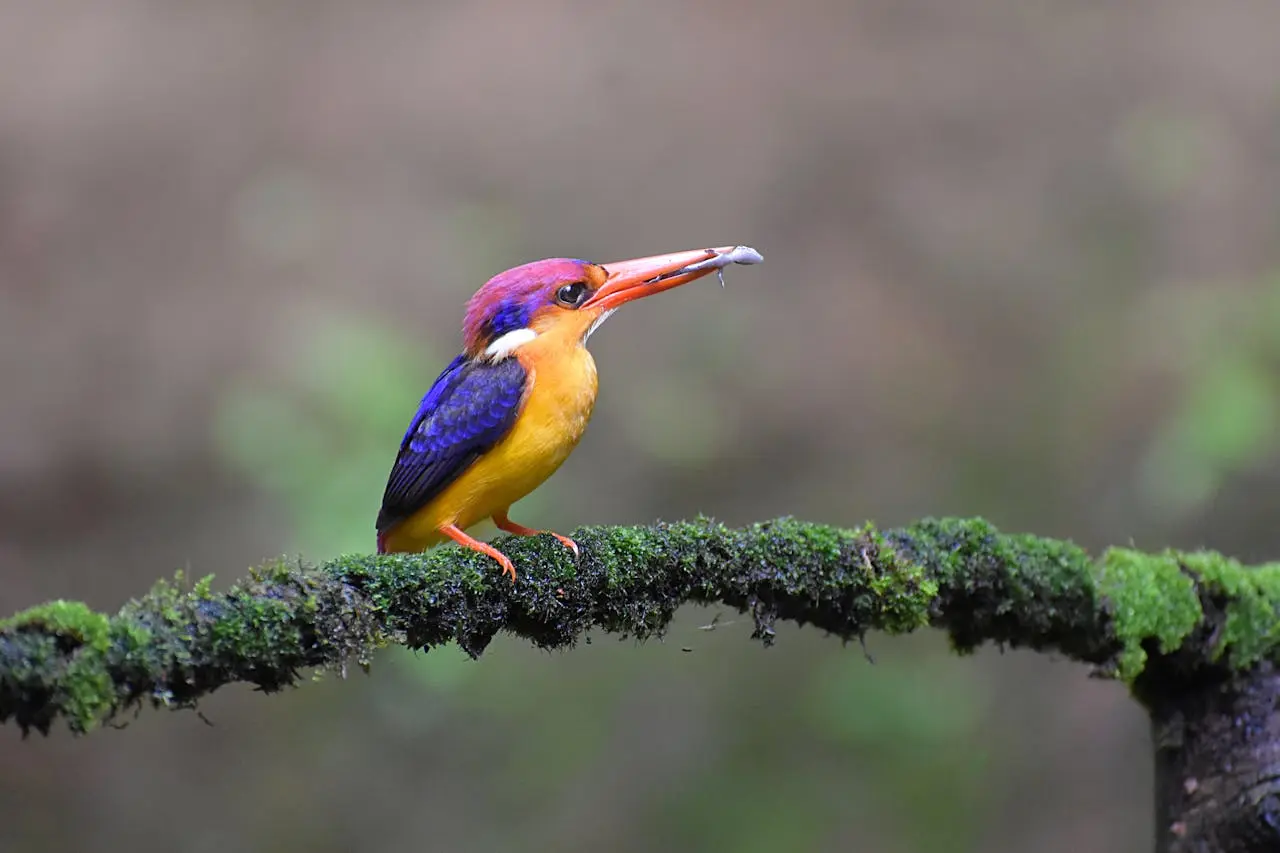
Great Indian Hornbill
Scientific name: Buceros bicornis
The Great Indian Hornbill is a spectacular large bird with a massive yellow and black casque (horn) on its bill. With striking black and white plumage and a wingspan reaching 150 cm, these birds are impossible to miss. Their loud calls and wing beats echo through the forest. Their unique nesting behavior involves sealing the female inside a tree cavity with only a small slit remaining.
Conservation status: Vulnerable due to habitat loss and hunting for their casques and feathers.
National parks/places to see:
- Namdapha National Park (Arunachal Pradesh)
- Eaglenest Wildlife Sanctuary (Arunachal Pradesh)
- Kaziranga National Park (Assam)
- Periyar Tiger Reserve (Kerala)
- Great Himalayan National Park (Himachal Pradesh).
Best time to see: December to March during their breeding season when pairs are most active around nesting sites.
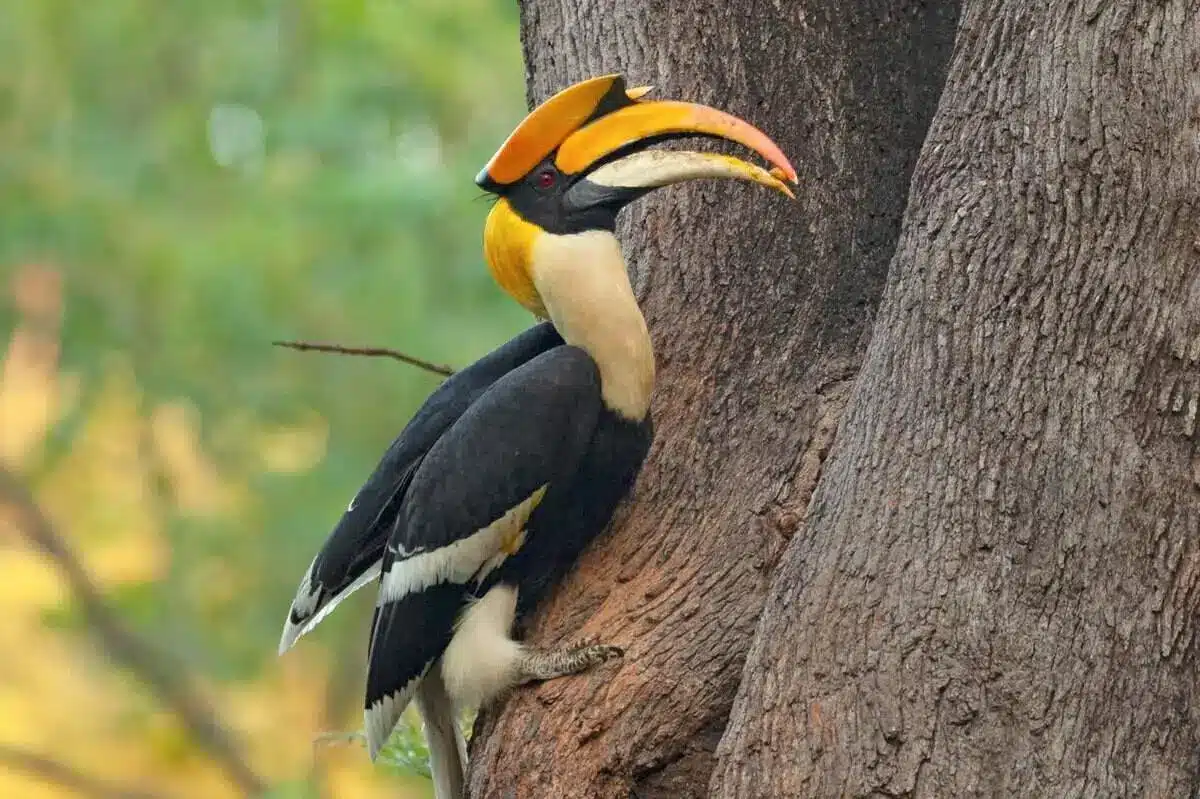
Birdwatching Tips
Finding these remarkable birds requires patience, good equipment, and proper timing. For the best experience:
- Invest in quality binoculars (8×42 or 10×42) – essential for spotting shy species
- Wear earth-toned clothing that blends with natural surroundings
- Visit during early mornings (5:30-9:00 AM) when birds are most active
- Move slowly and minimize noise to avoid startling birds
- Hire local guides who know exactly where to find specific species
- Carry a field guide or use bird identification apps
- Pack appropriate gear for the terrain – waterproof boots for marshlands, warm layers for mountains
- Respect habitats by staying on designated trails and never disturbing nests
With a little patience and the right approach, every birdwatching trip can turn into an unforgettable adventure.
Conservation Challenges
Many of India’s most spectacular birds face serious threats. Agricultural expansion has devastated grassland habitats critical for bustards and floricans. Deforestation impacts forest specialists like hornbills and kingfishers. Power lines cause fatal collisions, particularly for large birds. Hunting continues despite legal protection.
Conservation efforts include habitat protection, captive breeding programs, and initiatives to address specific threats. The Great Indian Bustard conservation program has established protected breeding sites and works to modify power lines. Hornbill Nest Adoption Programs in northeast India engage local communities in protection efforts.
By supporting these conservation initiatives and practicing responsible birdwatching, visitors can help ensure these magnificent birds continue to grace India’s skies for generations to come.

